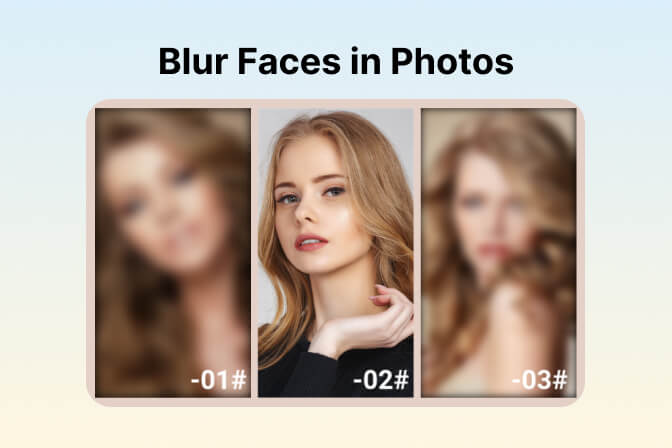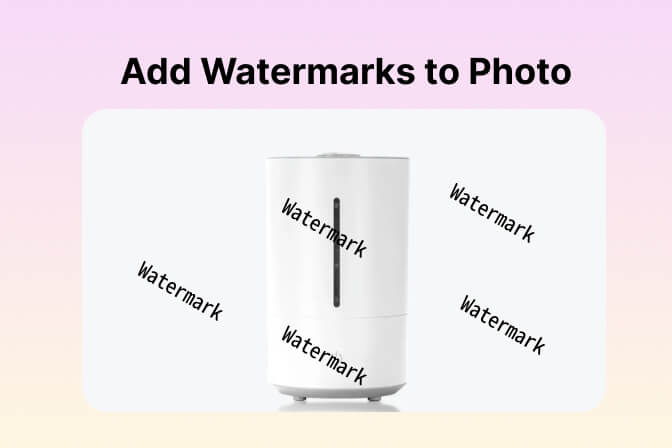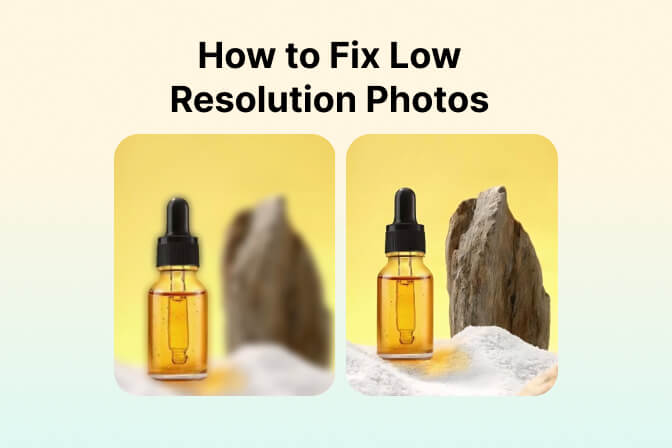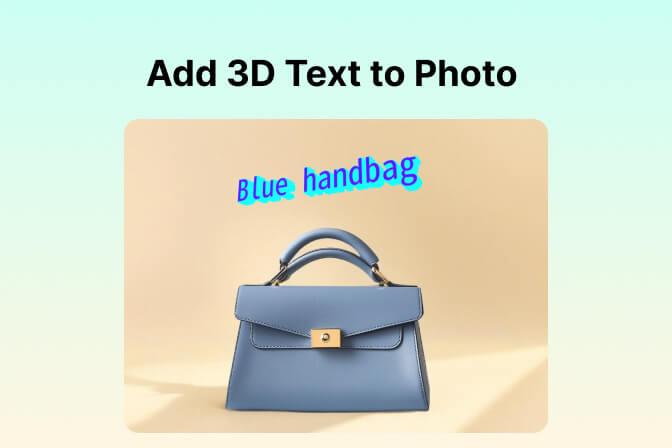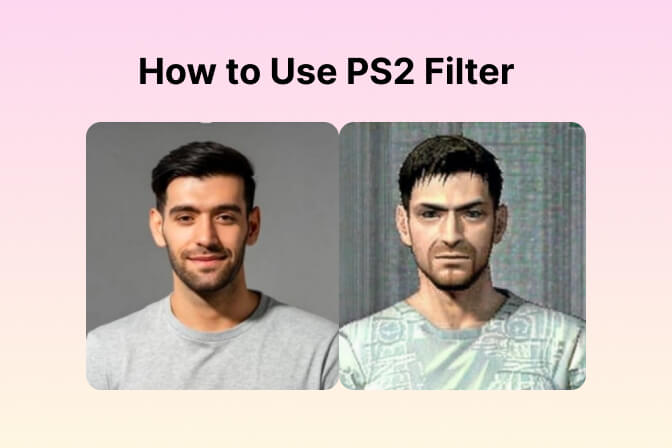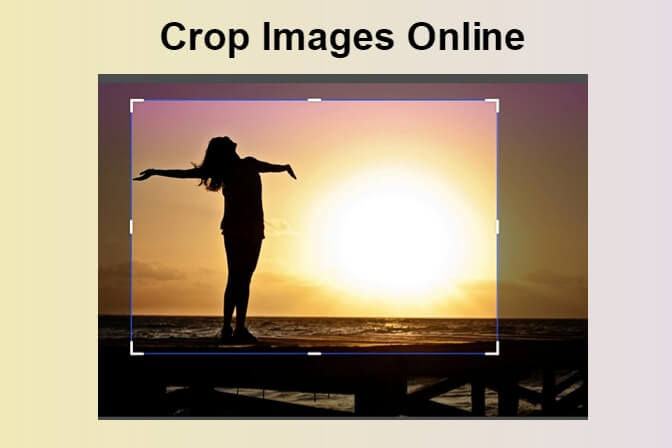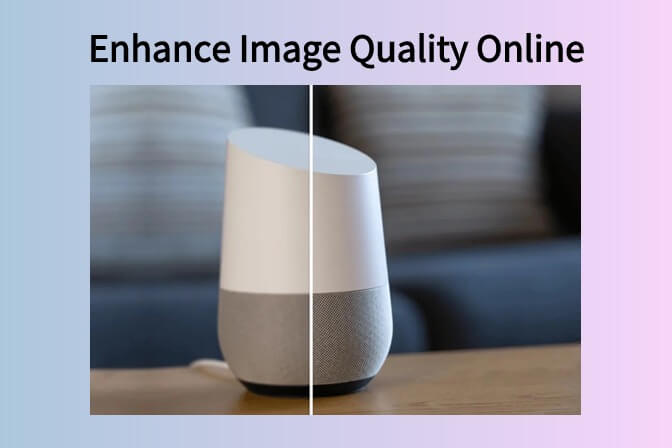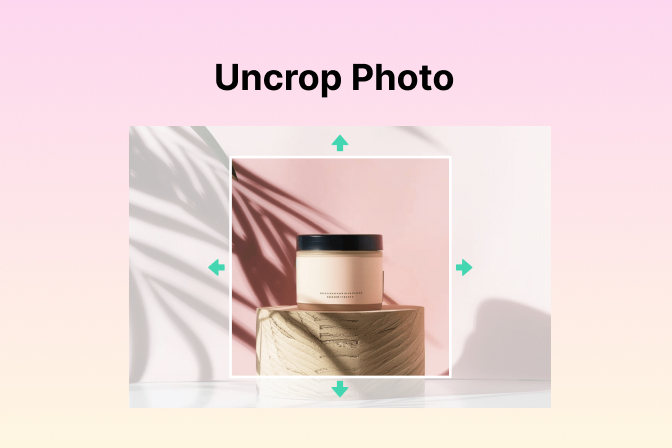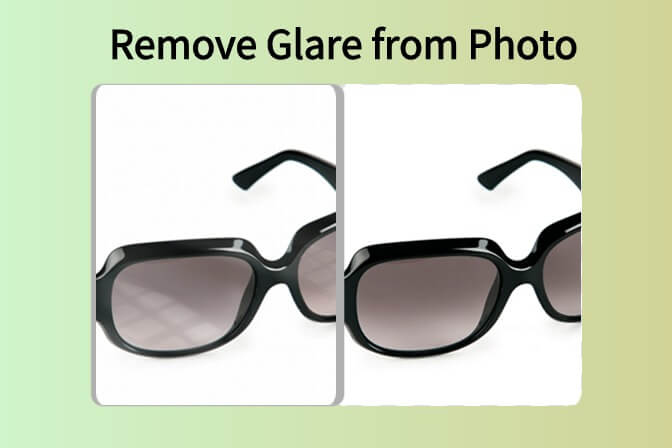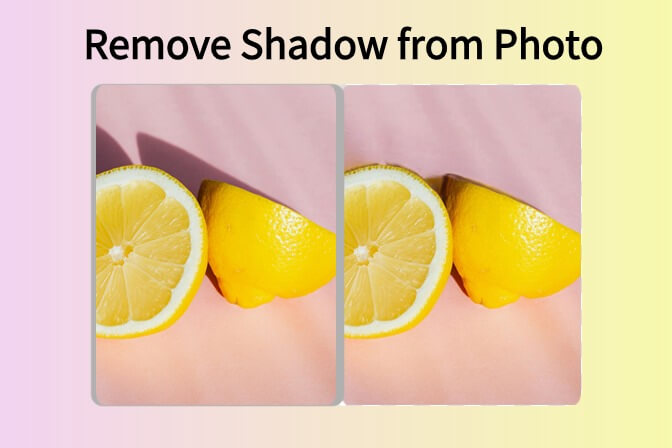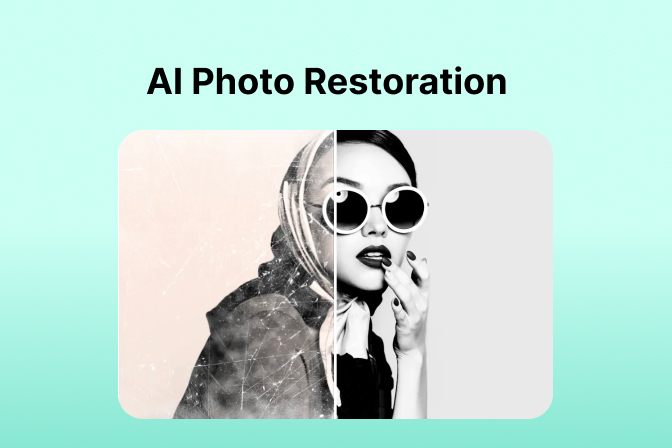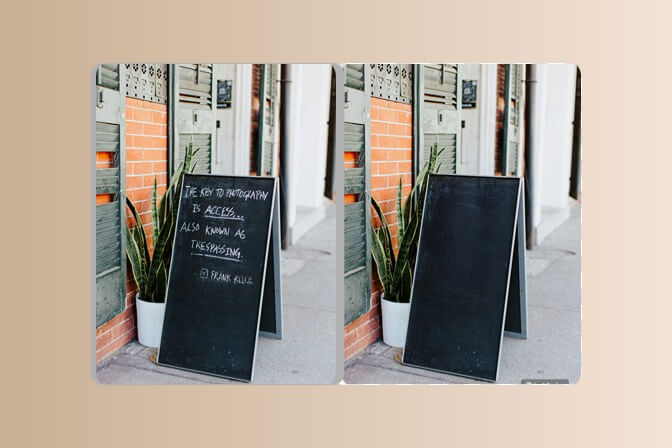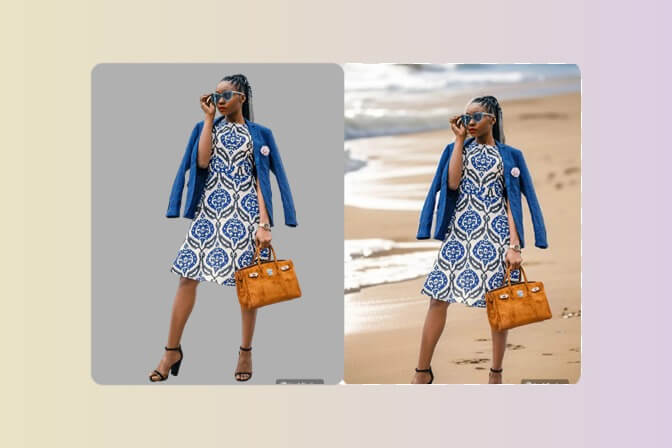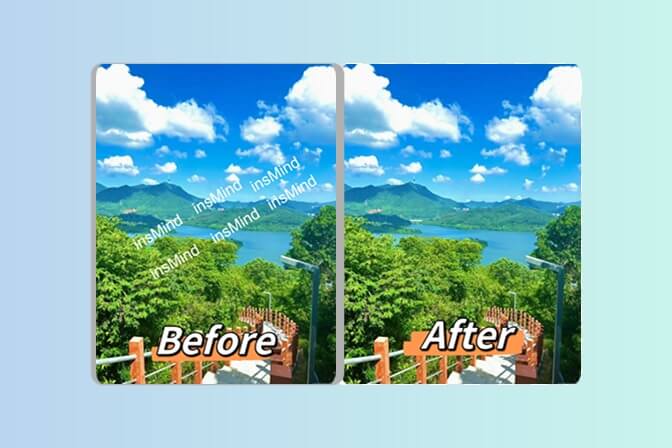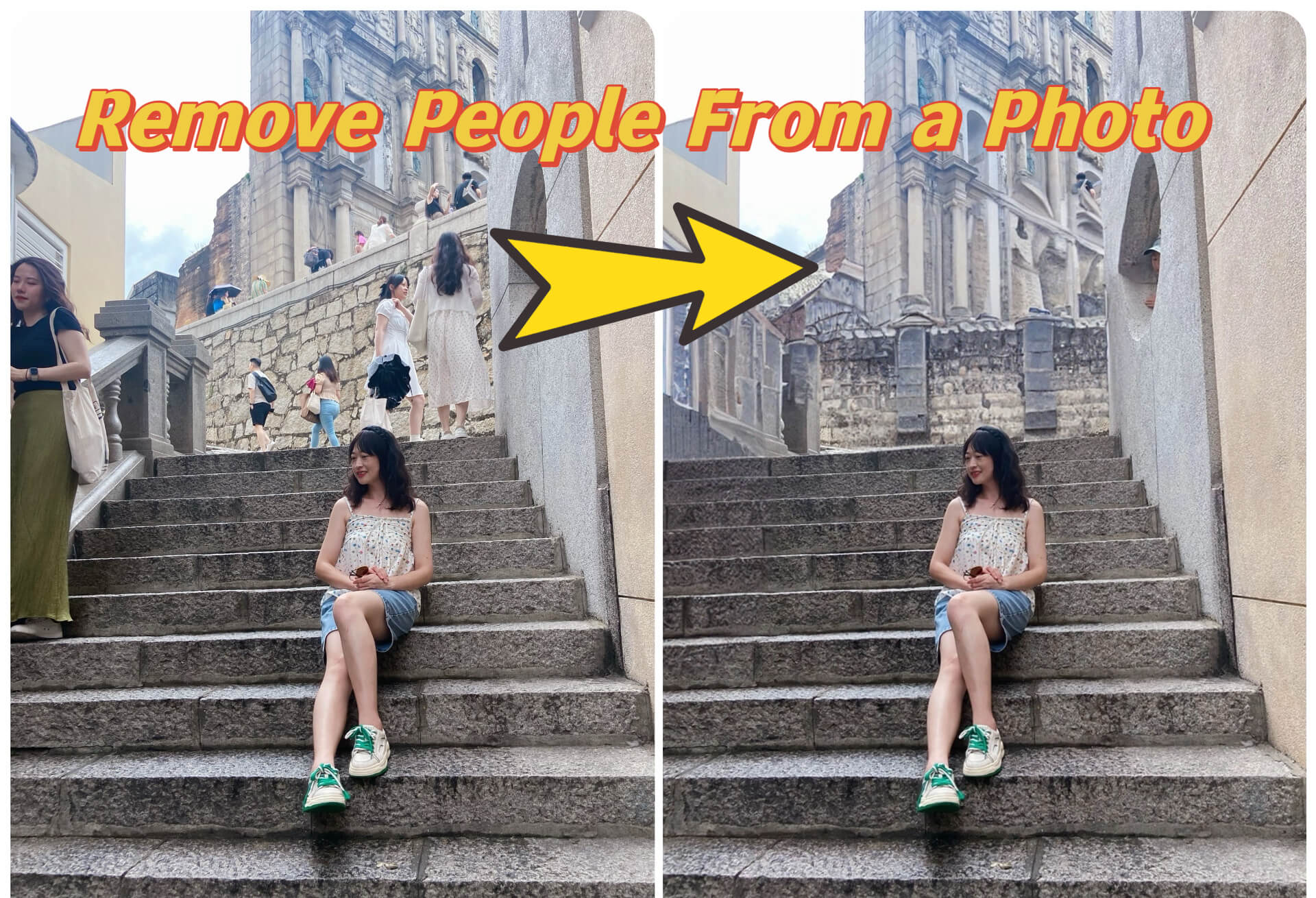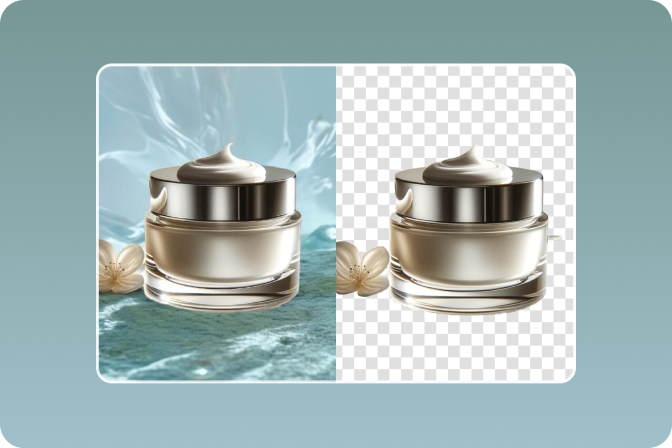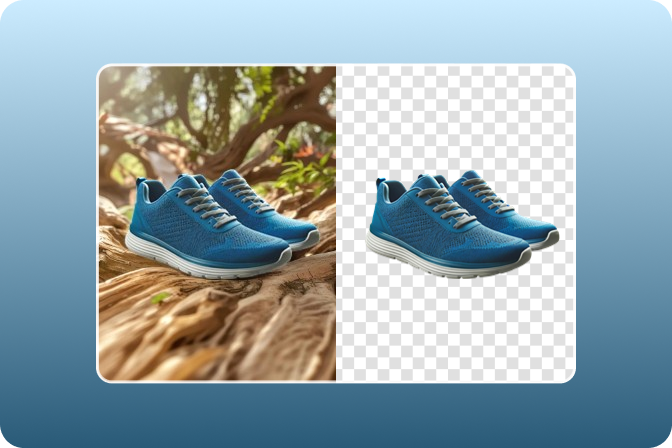Transform Your Photos into Stunning Pixel Art: A Complete Guide
Pixel art owes its roots to retro gaming and it has transformed from its roots into a unique art form. That's why turning a photo into pixel art allows you to capture the charm, but hold on to the memory of your favorite photo.
It is possible to pixelate photos whether for personal projects or for designs you would like to charge for. In this guide, we walk through what pixel art is, how to make it, and the tools and advice you need to get started with pixel art, whether you're a new or experienced artist.
Table of Contents
Part 1: What Is Pixel Art?
Pixel art is digital art that focuses on creating images pixel by pixel, just like the earliest computer graphics and video games. This art form began in the 1970s and 1980s when computing power was limited and was stuck to low screen resolutions and limited color palettes.
Pixel art has been showcased in early video games such as Pac-Man and Super Mario Bros; growing the importance of what pixel art is and what it is capable of. Pixel art became something that grew out of technical limitations, but a beloved aesthetic. Its visuals are intentionally simple so variations in its details are apparent (which require precision and creativity).
In the present day, pixel art has endured the course to make a triumphant comeback in the realm of gaming, digital outline, and fun individual projects with retro allure and modern love.
Pixel Art Key characteristics
Pixel art is defined by its distinct features:
· The basic unit is composed of pixels that make the artwork: they are found on a grid.
· Pixel art is a little different from high-definition visuals; it embraces the idea of low resolutions, usually favoring stylized details over realism.
· Every pixel is important, artists have to choose wisely which details to include, as the look of their painting depends largely on each pixel.
· Marking their return to away sockets, pixel art reduces the number of colors used thus creating a cohesive and retro look while providing a means of artistic experimentation.
Why is pixel art popular today?
Pixel art remains popular for several reasons:
· It is reminiscent of earlier video games; and nostalgic to audiences that watched the gaming industry as it grew in popularity.
· Even painting pixel art does not necessitate immense skill or knowledge in the use of some specific tools such as the insMind Photo to Pixel Art converter.
· Pixel art can fit into any genre: it can be used in-game sprites and other elements, in design projects, and as an art form in its own right.
· Its basic design guarantees that it does not get lost in the app crowd and it does not follow trends in digital art.
Part 2: Preparing for Your Pixel Art Creation
If you are preparing to create your pixel art, there are a few preparation steps that you need to take including:
Choosing the Right Photo
· The first critical step is to choose the right photo because it will predict if the final pixelated picture will be great or not.
· Optimize your images for the sharpness where the object is visible and easily distinguishable.
· Pixel art works perfectly with images that do not have many elements or closely knitted patterns and shapes that make up an object.
· Better pixelation of the subject can be received because of appropriate lighting, as it focuses on the primary details.
Advice for Choosing Picture for Pixel Art
· If ‘faces’ are required in higher detail, it is better to choose portraits with clear outlines.
· For creative landscapes or still-life, pixel art prefers objects or scenery with high contrast of colors and minimal complexity of shapes.
· To achieve sharper transformations, make sure the subject and background must contrast with each other.
Essential Tools for Beginners
Optimization of pixel art is possible to develop with the help of both, the traditional methods and the methods with the help of artificial intelligence. Here's an overview:
Traditional Methods
· While methods such as Aseprite and Piskel enable users to draw. Pixel art by hand, offers full control Of the creative process.
· Some GDSs such as Adobe Photoshop have options like pixelation but they are somewhat complicated.
AI-Powered Tools
Such AI applications as insMind Photo to Pixel Art converter predigest this, as, using artificial intelligence, it turns your photos into pixel art. The tools can also save the time of manually readjusting the enhancement and give excellent, constant outcomes; thus, they are ideal for each newbie and experienced specialist.
Why Pixel Art Should Be Created with AI Tools
This means that any person who wants to perform a task or complete an edit in the shortest time possible and with minimal hassle is the ideal candidate for using AI tools. They are fast, accurate, and flexible; you can still set characteristics such as pixel dimensions or color space according to your computer artwork preferences.
Part3: How to Create Pixel Art: A Step-by-Step Guide
To create pixel art from a photo, the insMind Photo to Pixel Art tool is incredibly simple to work with. Here’s how:
Step 1: Visit the Image to Pixel Tool on insMind

Open your browser and go to insMind’s Photo to Pixel Art tool.
Step 2: Upload Your Photo

Press the 'upload' button on the far left and choose the look you wish to change from the image that appears. Make sure that your photo is captured and arranged in the manner discussed earlier under the tips.
Step 3: Apply Pixel Art Filter

After uploading a photo, one is able to change the pixelation filter. In the Cartoon section select Pixel filter and click Generate to create your Pixel art image.
Step 4: Download Your Pixel Art

Once you are satisfied with the results, download your pixel art in the format of your choice. It should be utilized during personal projects, such as digital designs, or even as a gift.
Part 4: Creative Uses for Pixel Art
When you create pixel art, you can use it in multiple creative and professional use cases as discussed below:
Digital Projects
Pixel art is a cornerstone of digital creativity, especially in the following areas:
· Pixel art is as synonymous with indie game development as closely related genres are with social justice. From character sprites to backgrounds and whole game environments, pixel art brings to the table the aesthetics that make for better storytelling and gameplay. Pixel art is demonstrated perfectly when creating Stardew Valley Celeste and many other games.
· Pixel art has been adopted on different social media applications such as Instagram and Pinterest to make posts visible. It has a very vintage look coupled with extremely vibrant designs, it is perfect for branding, advertisement, and anything that requires attention.
· Pixel art contains the elements formed by tesserae as building blocks and as such are well suited to create simple but effective animations and illustrations. Some of these can be utilized in explainer videos, websites, and even other things.
Personal Projects
Pixel art is perfect for personal use:
· Turn a photo into pixel art which will create a unique online identity for you to post on social media accounts or gaming profiles.
· Pixel art portraits are perfect to gift. With tools like insMind — it’s easy to create these thoughtful keepsakes for any occasion.
· Create stylish modern home decor by printing your favorite images pixelated.
Educational and Professional Applications.
Pixel art’s adaptability makes it useful in educational and professional contexts:
· Tell students about the concepts such as digital art and design. Simplicity also makes pixel art a great way to learn the building blocks of digital illustration, while helping to inspire some creativity.
· Pixel art elements can enhance professional materials from an engaging point of view. For instance, if the icons or illustrations you’re using were created in pixel art, that should be sufficient clarity while providing you with a bit of playfulness.
· Pixel art is often used by companies in their advertisements or promotional content to make an eye-catching fun and approachable image for large crowds.
With all these applications, these retro-style and nostalgic but unique images can bring a content vibrancy to your daily-life use cases.
Part 5: Pixel Art Beginner Tips and Tricks
When you are working with pixel art, things may seem overwhelming at first. So, here we have shared some of our expert tips for beginners to have a smooth onboarding experience with this unique art form.
Start Simple
Simplicity is where beginners start. Start by focusing on making basic shapes and little details to learn the roots of pixel art. If you are confident about writing you can start with small resolutions and build towards bigger ones.
Play with Colors
Using limited palettes not only trains your color theory skills but turns you into a great classic pixel art painter. Bright colors can make a beautiful or soft colors will make a beautiful look.
Be Patient
Pixel art is very detail-oriented and very time-consuming, but the result is ultimately worth it. Refine each pixel and don’t rush to make the final image how you wanted it.
Leverage AI Tools
Use insMind to save time and discover creative possibilities with AI such as insMind. They're great tools for beginners and advanced users alike; these tools help with pixel art creation, with artistic integrity.
Conclusion
Pixel art is nostalgic, creative, versatile, and has so much more to offer on personal and professional projects. With the appropriate tools, such as the insMind Photo-to-Pixel-Art converter, and by reading what's provided in this article, you can learn to render your artistic visions.
Pixel art is a timeless, healthy, and rewarding creative outlet, whether you're making game assets, social media graphics, or cute personalized gifts for friends and family. Now take to this unique art form and pixelate your memories!
Ryan Barnett
I'm a freelance writer with a passion for editing and designing photos. Here at insMind, I strive to educate users on image creativity, photography, and enhancing product photos to help grow their businesses.




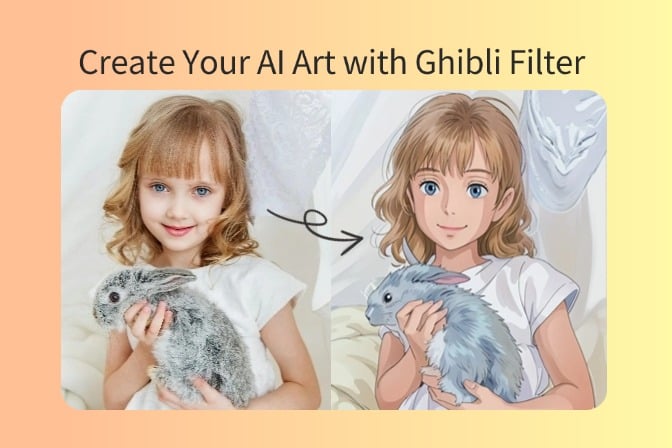
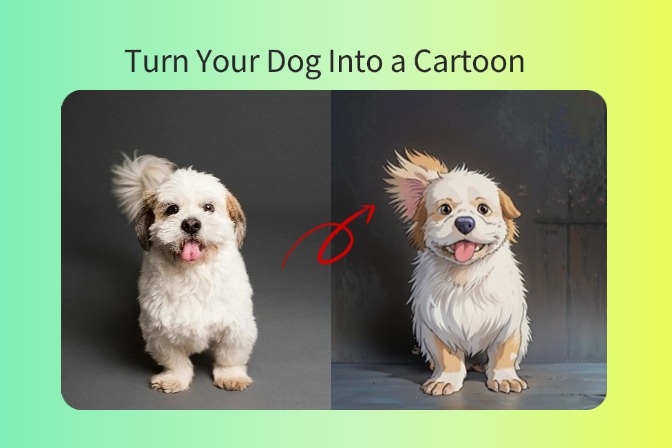
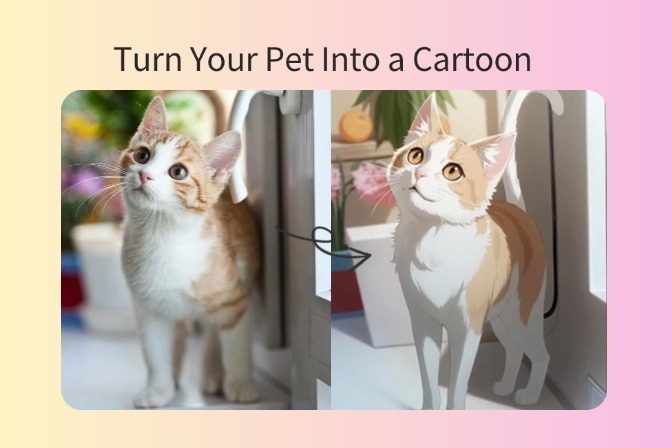
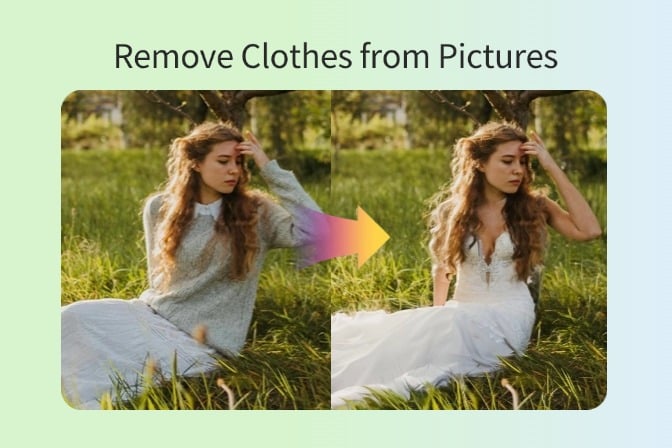
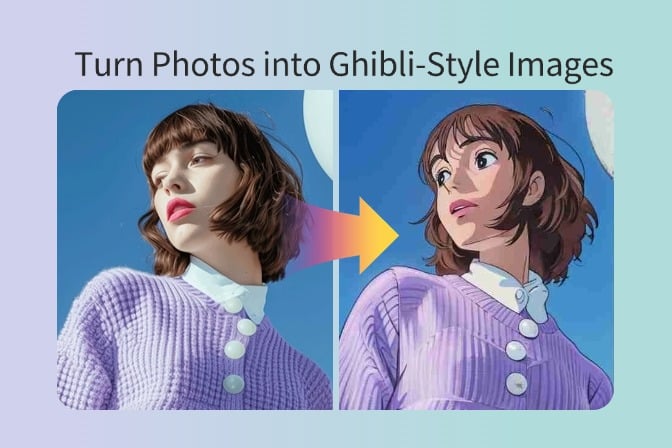

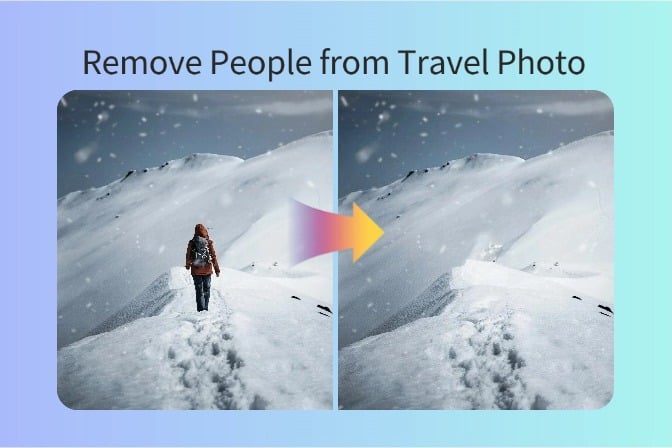
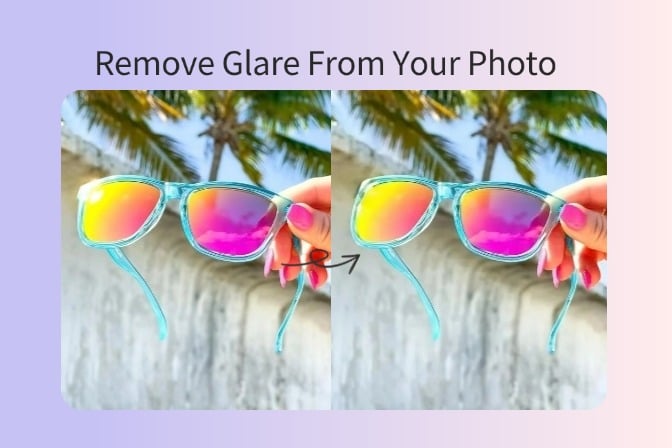
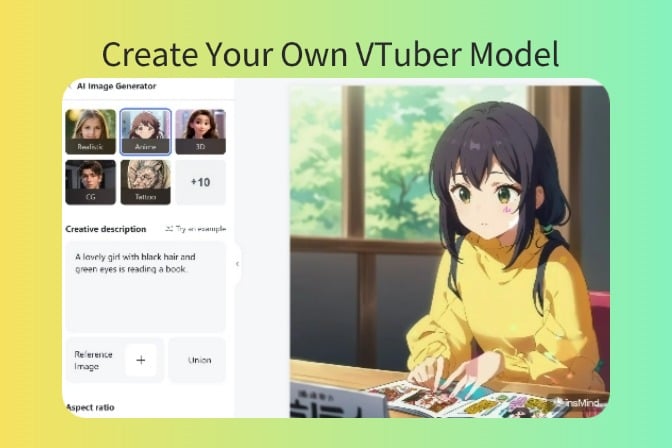
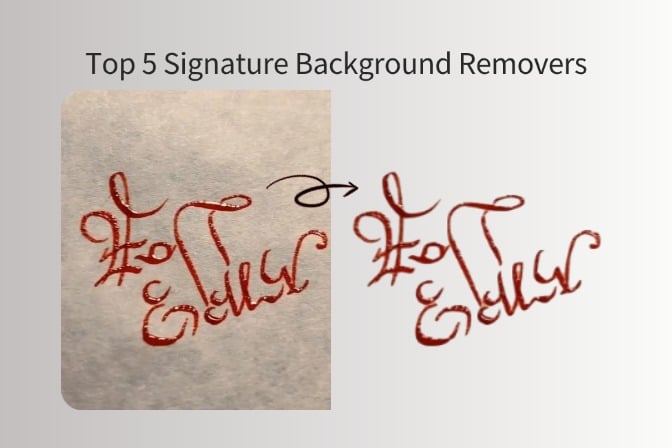

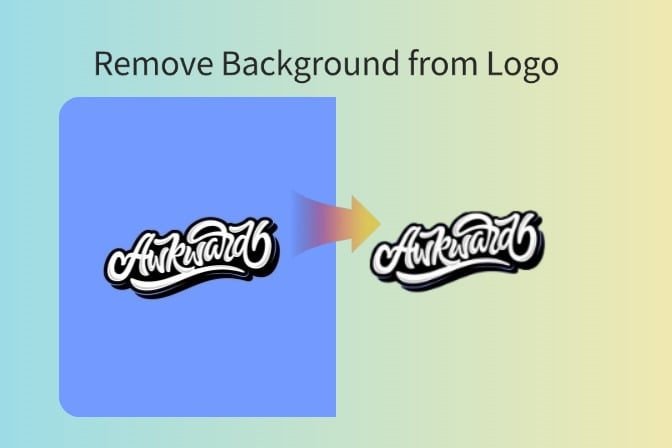
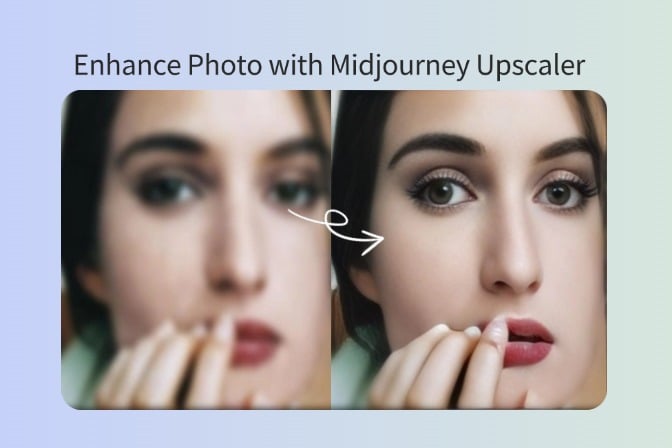
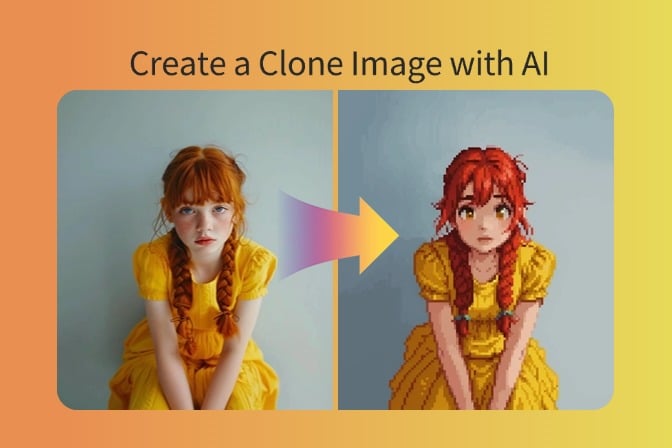
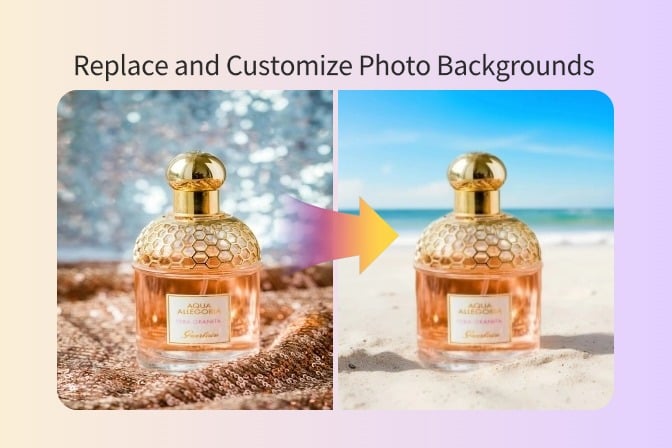
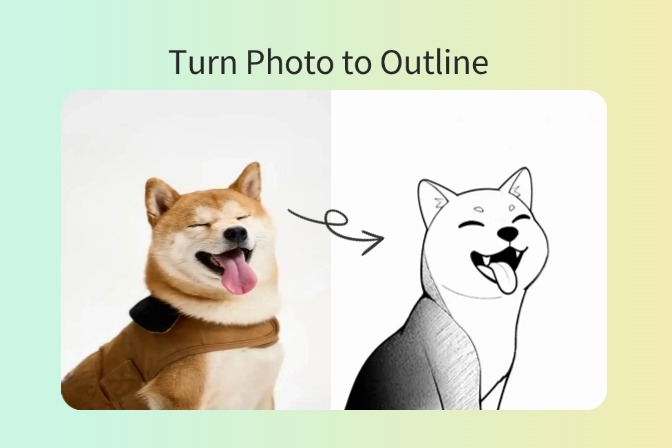
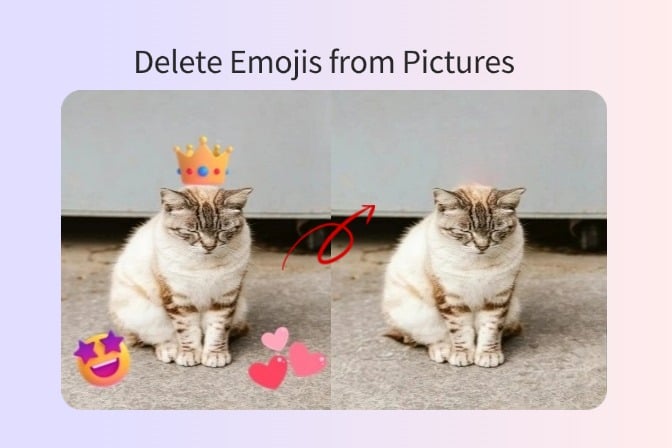
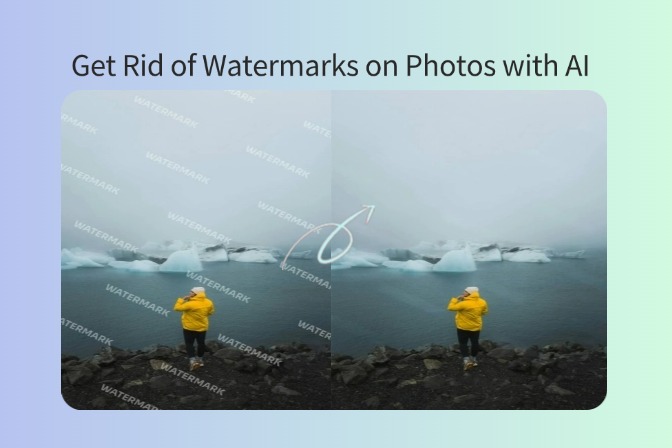
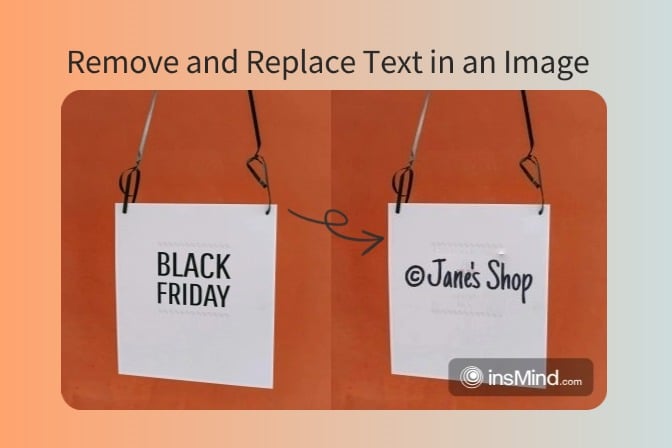

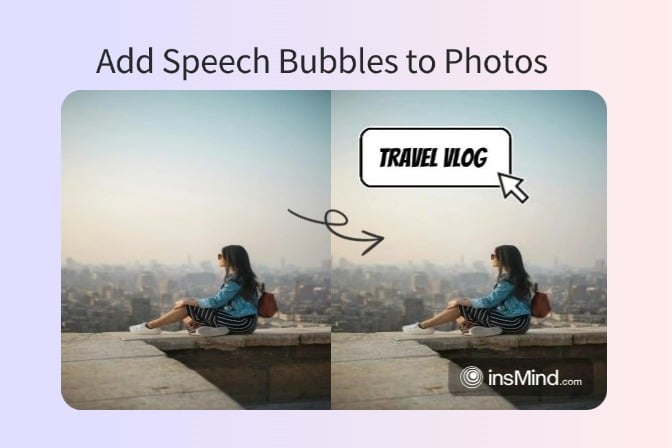
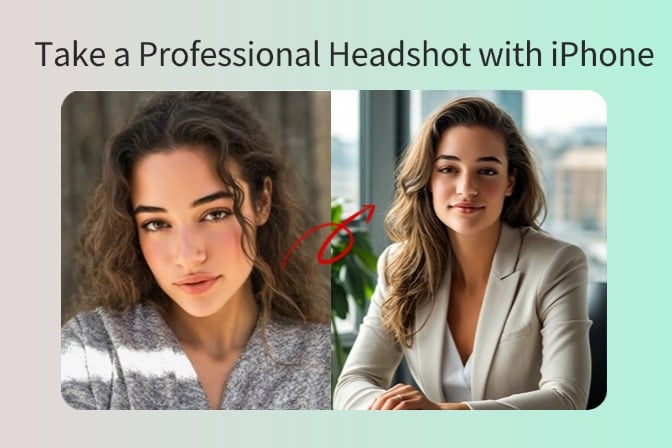
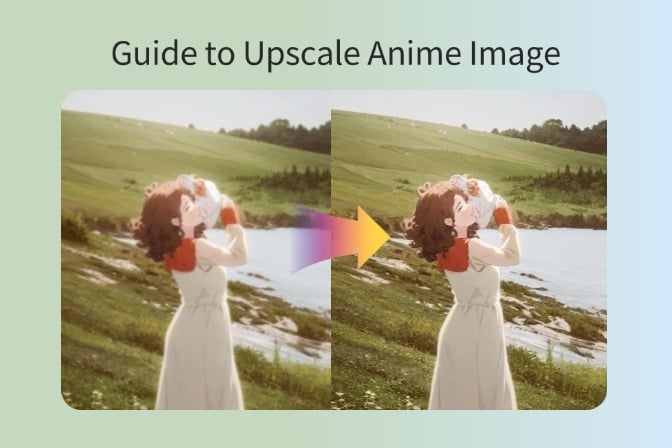
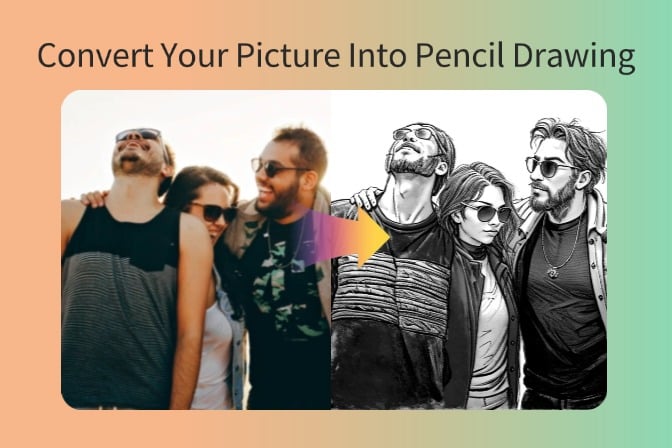
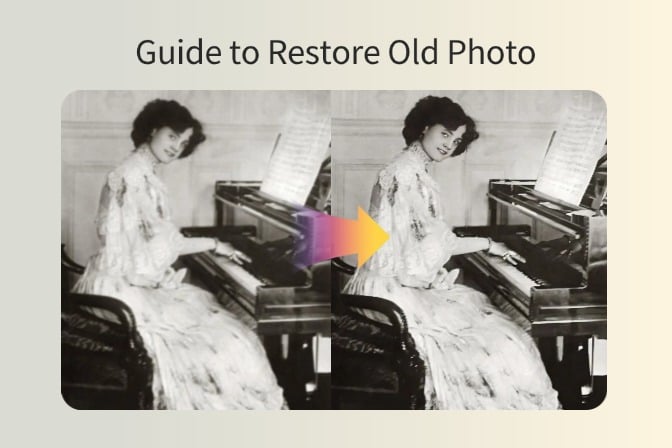
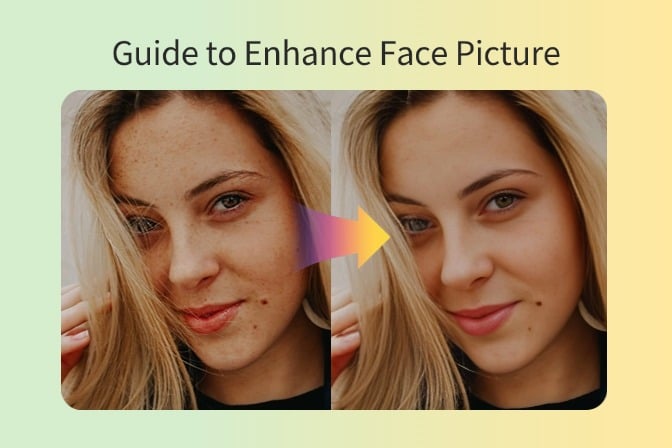
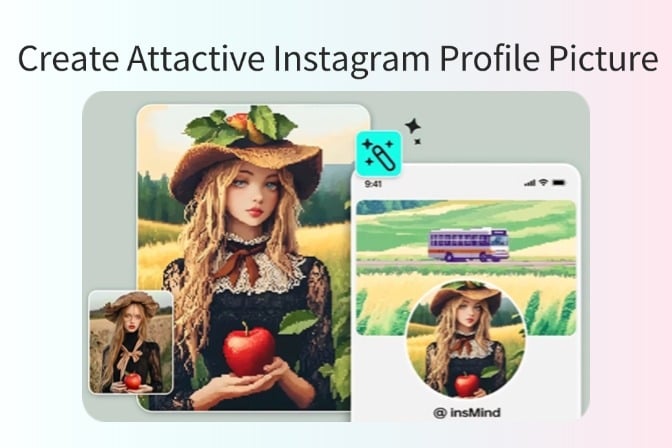
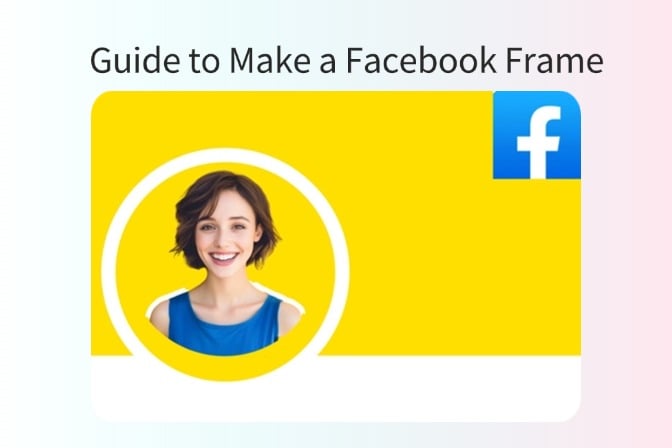
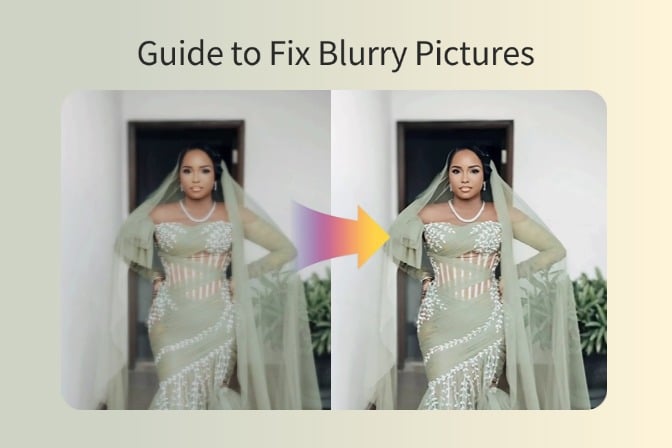
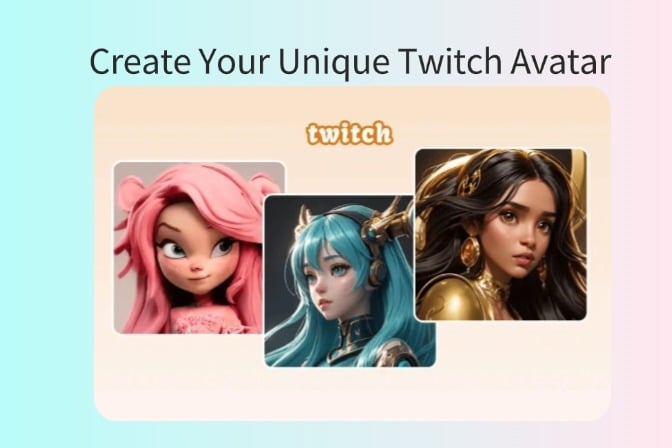
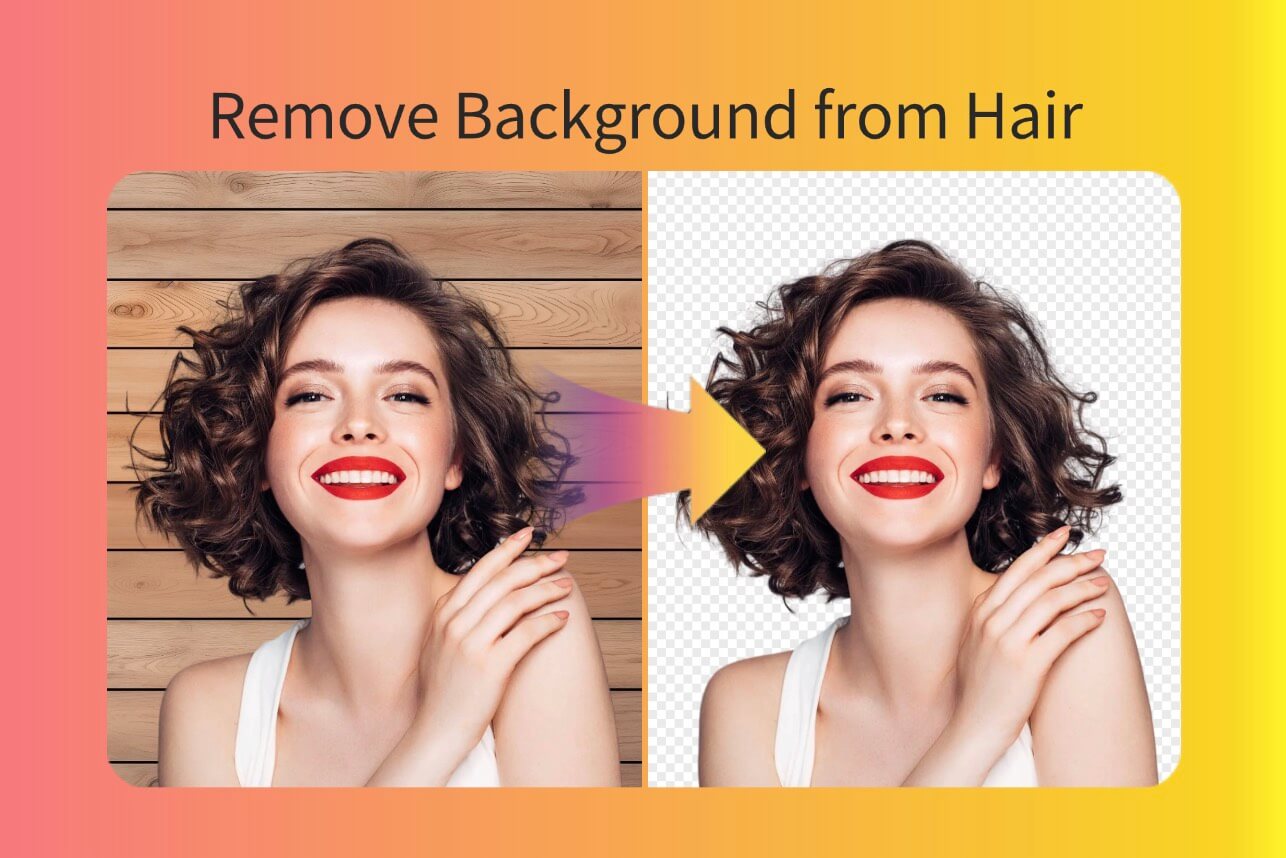
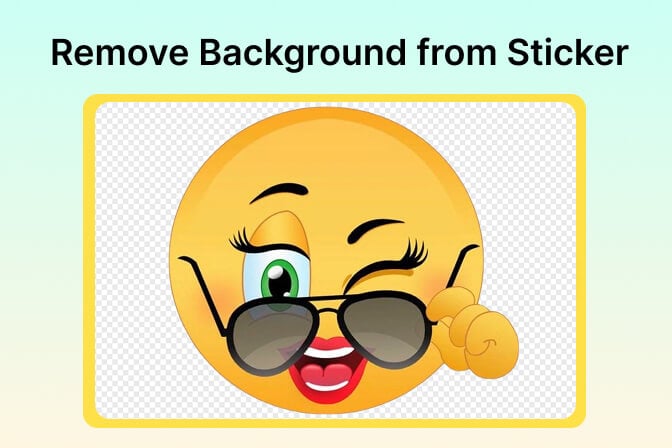
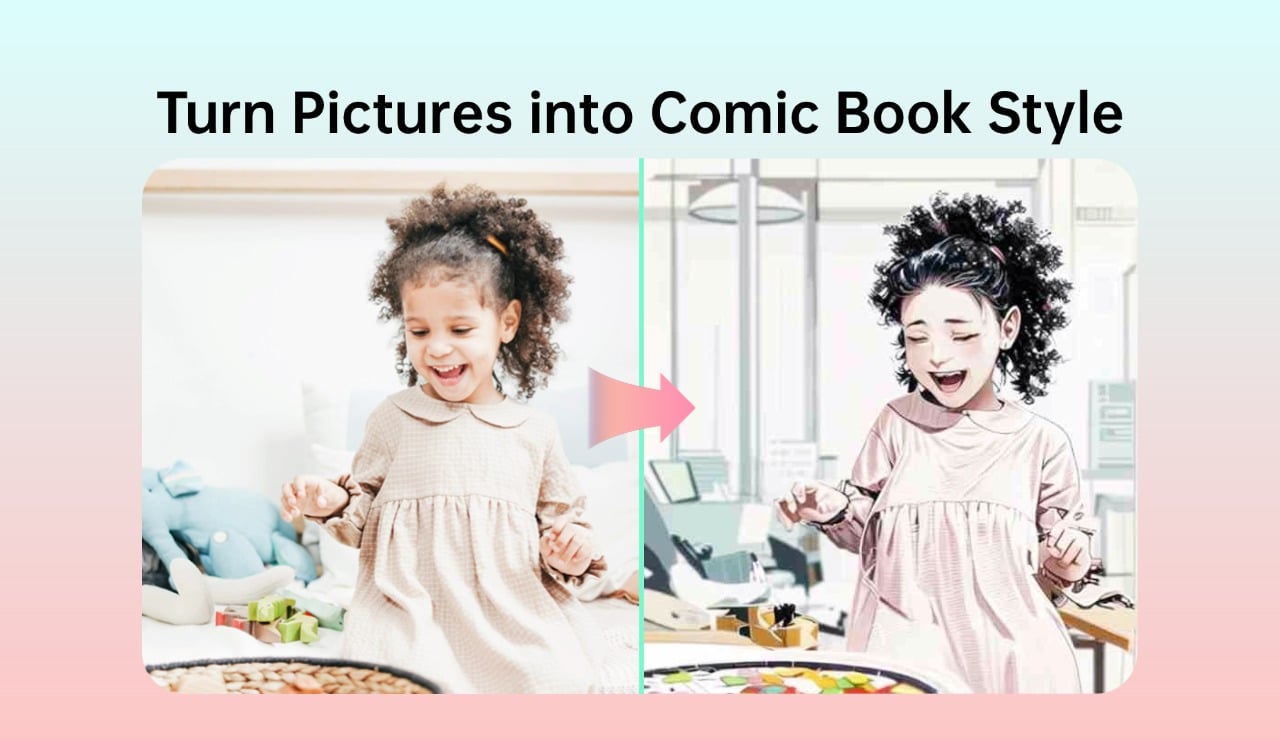
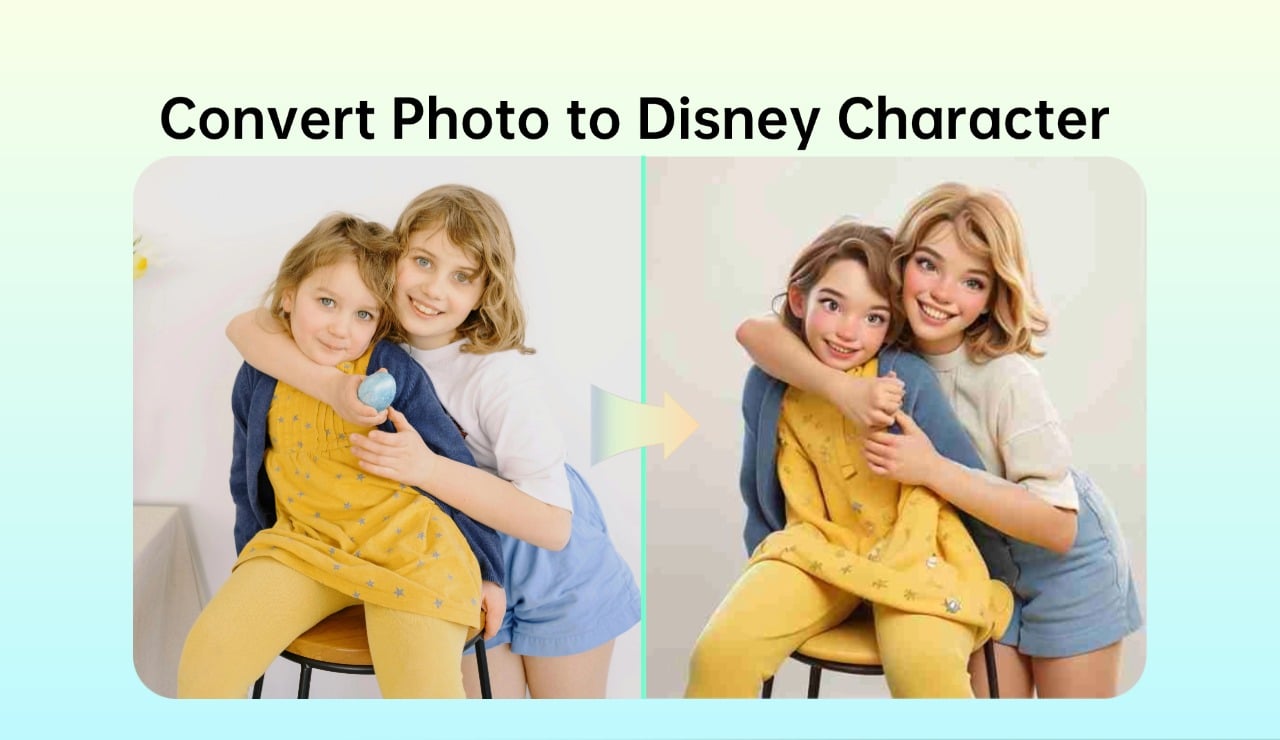
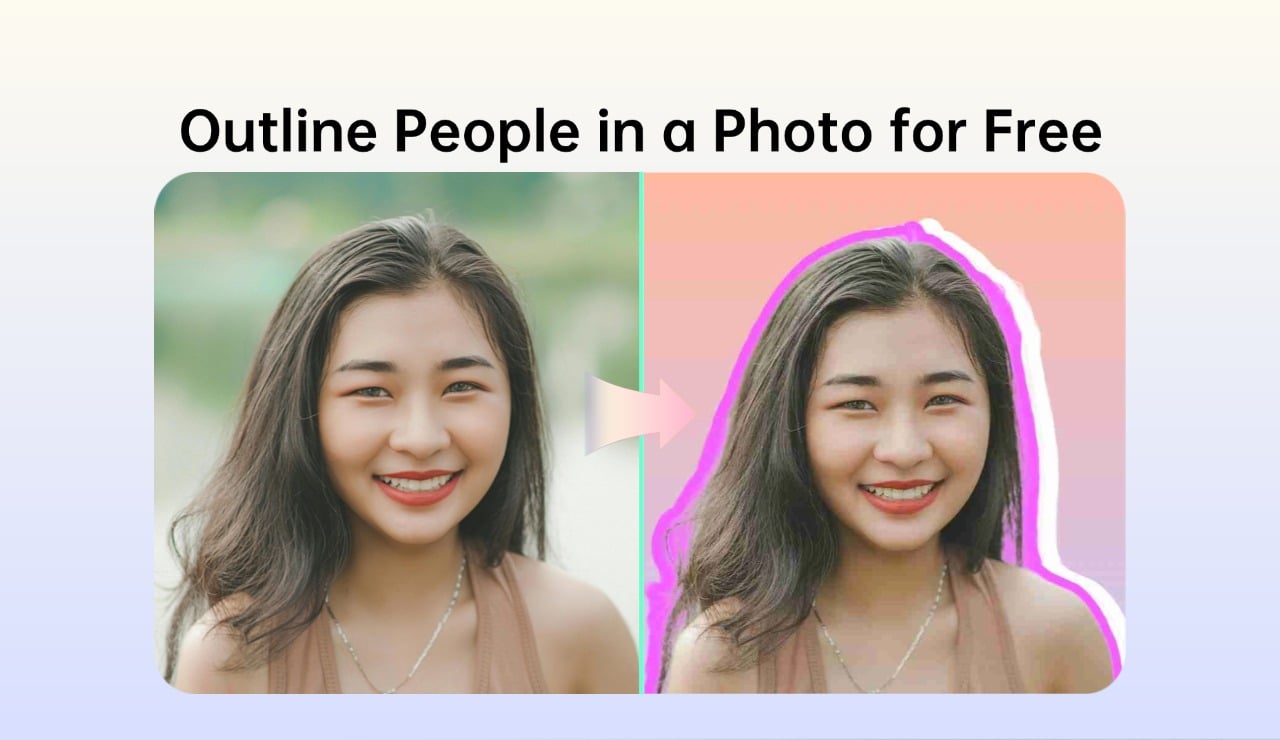
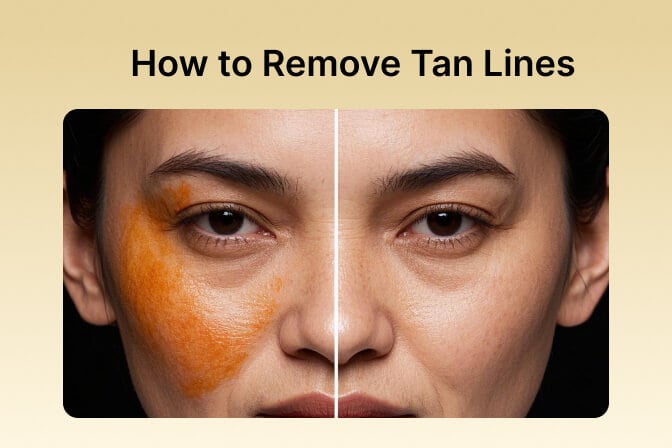
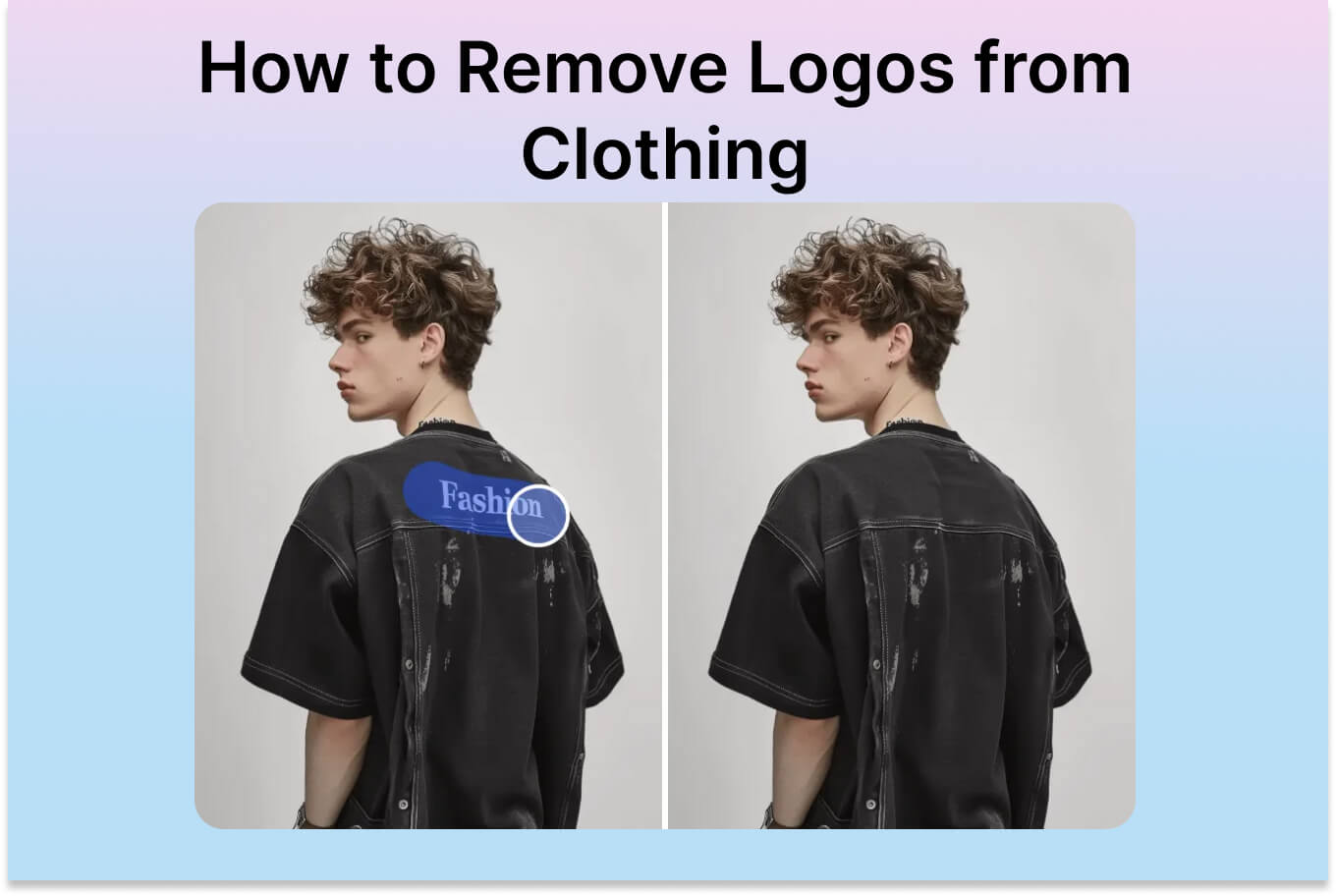
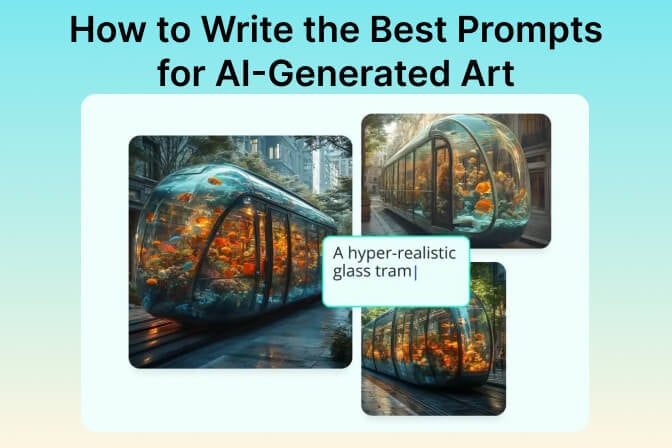
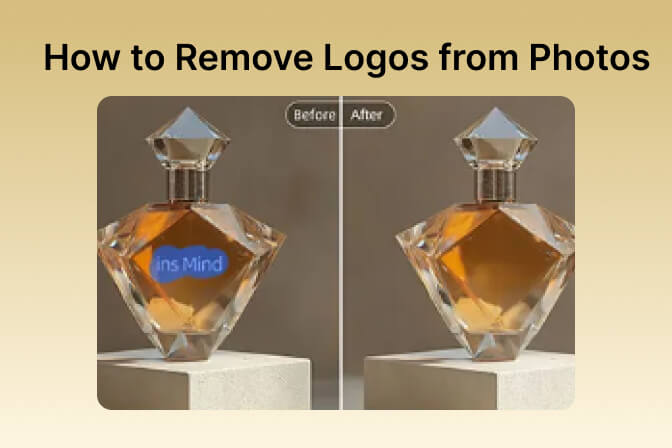

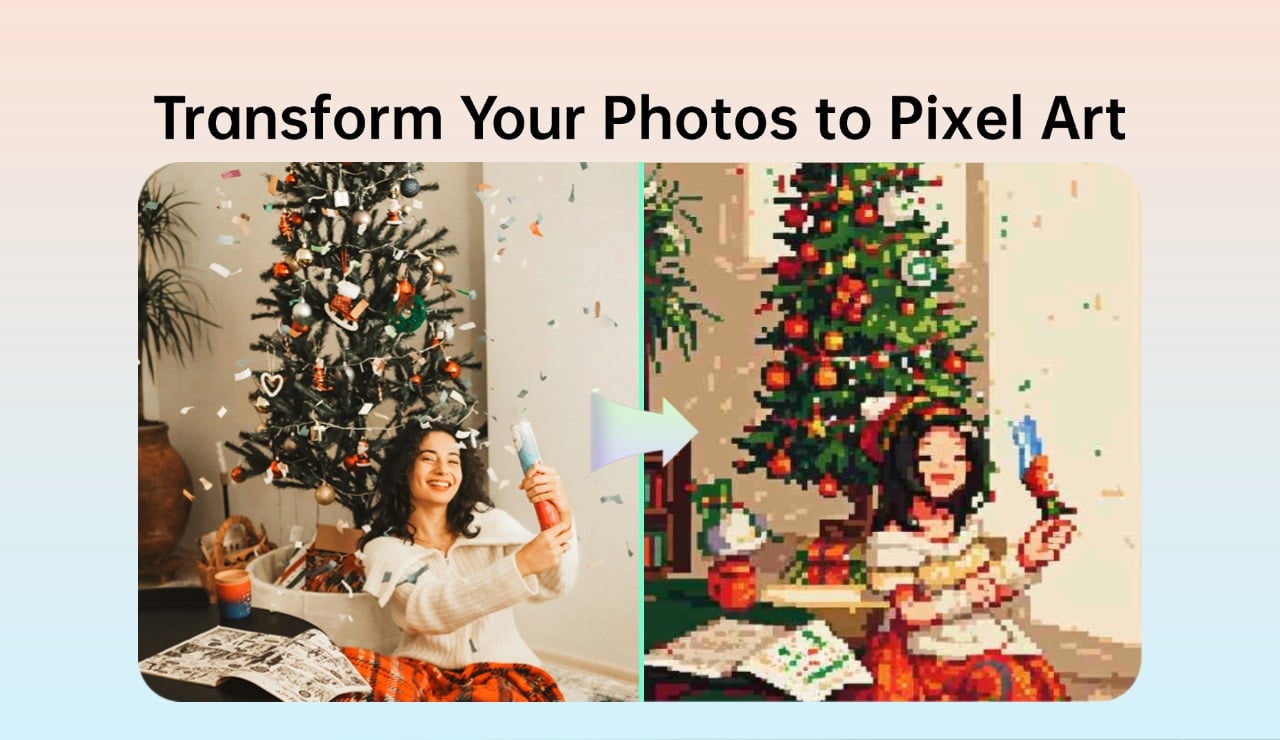
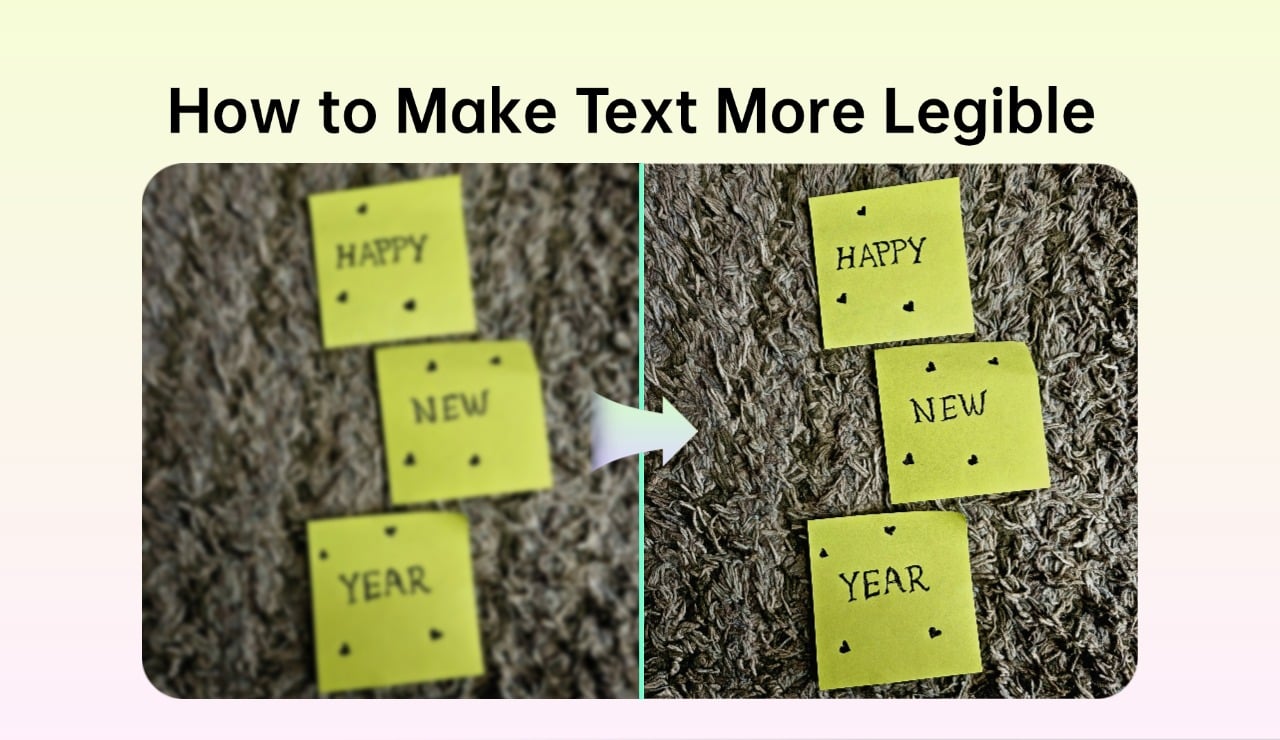
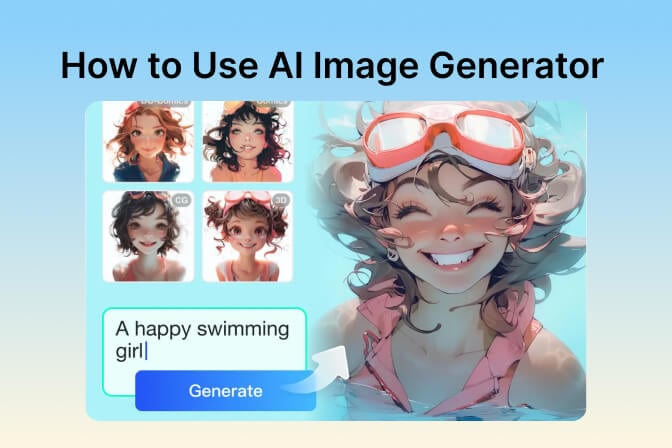
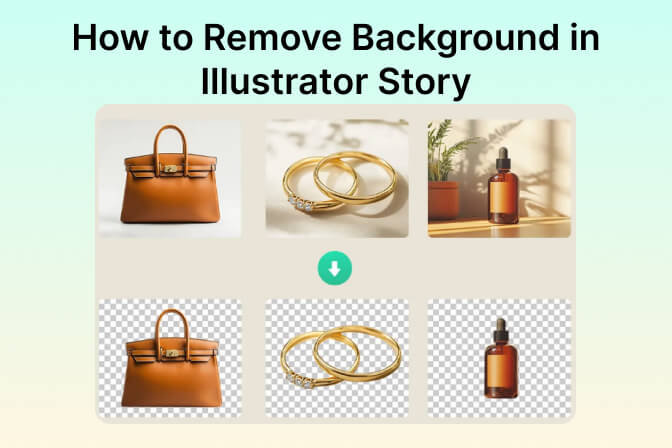


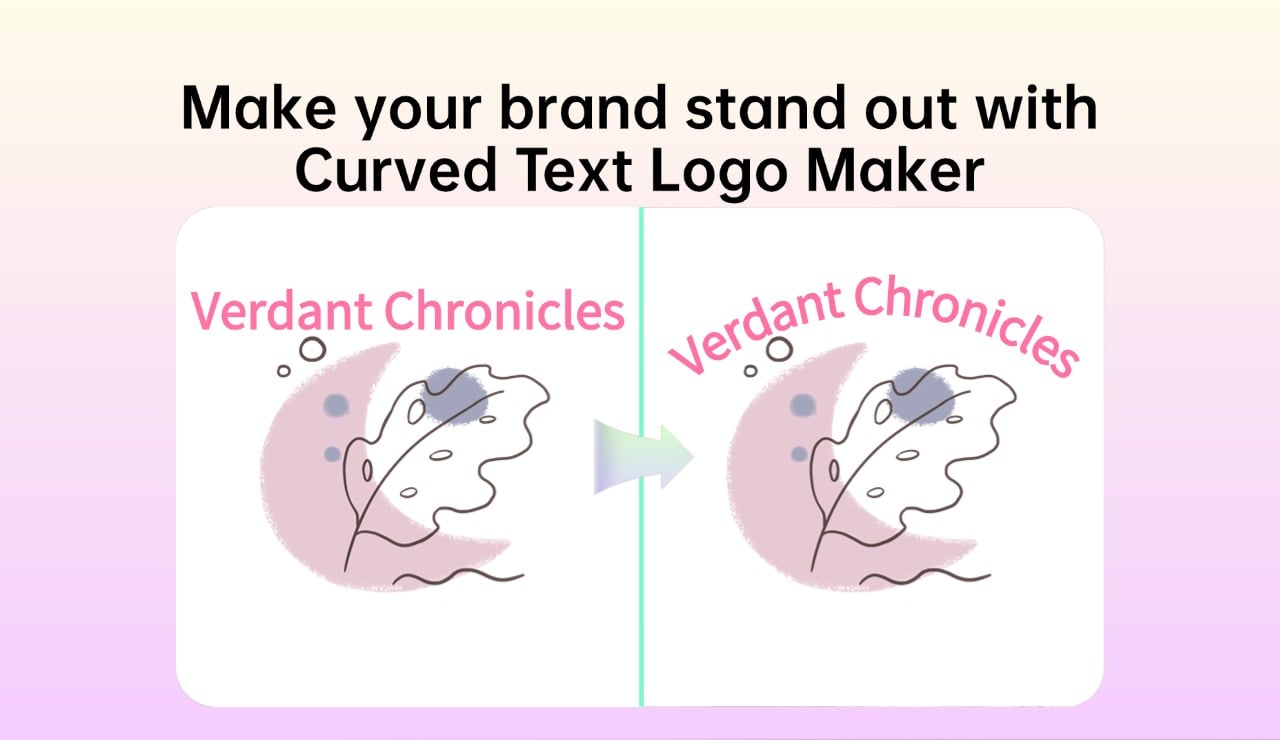

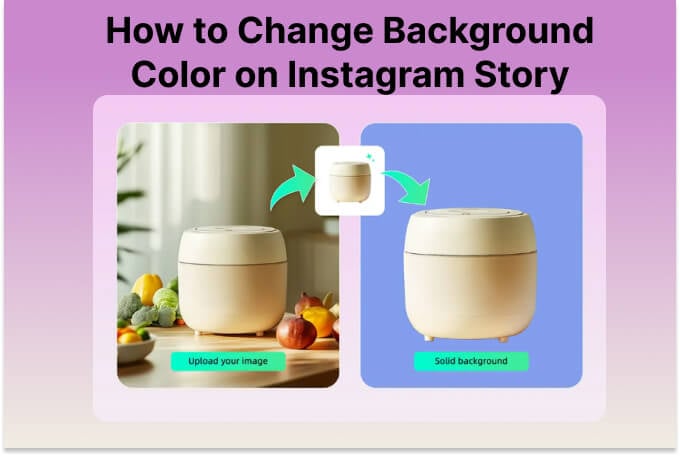
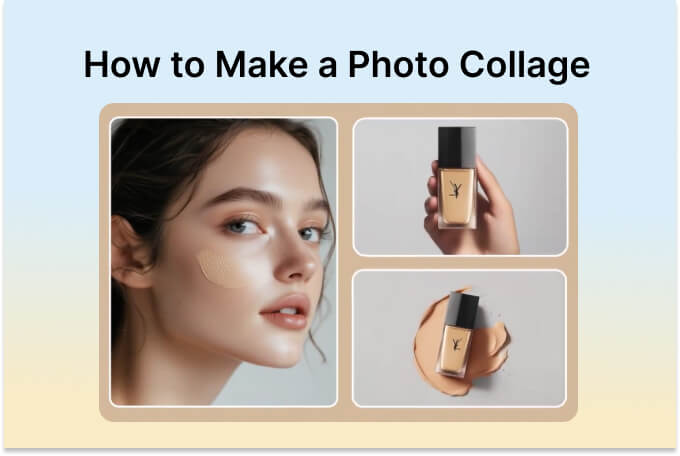
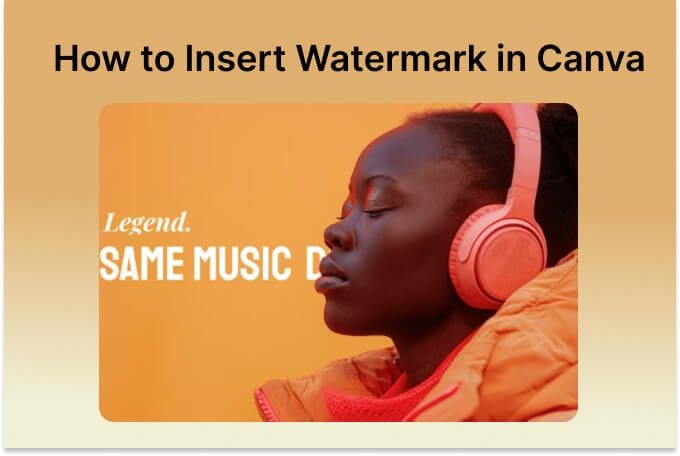
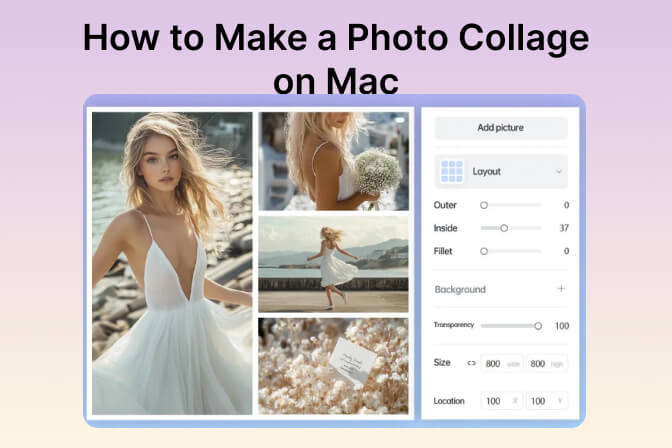

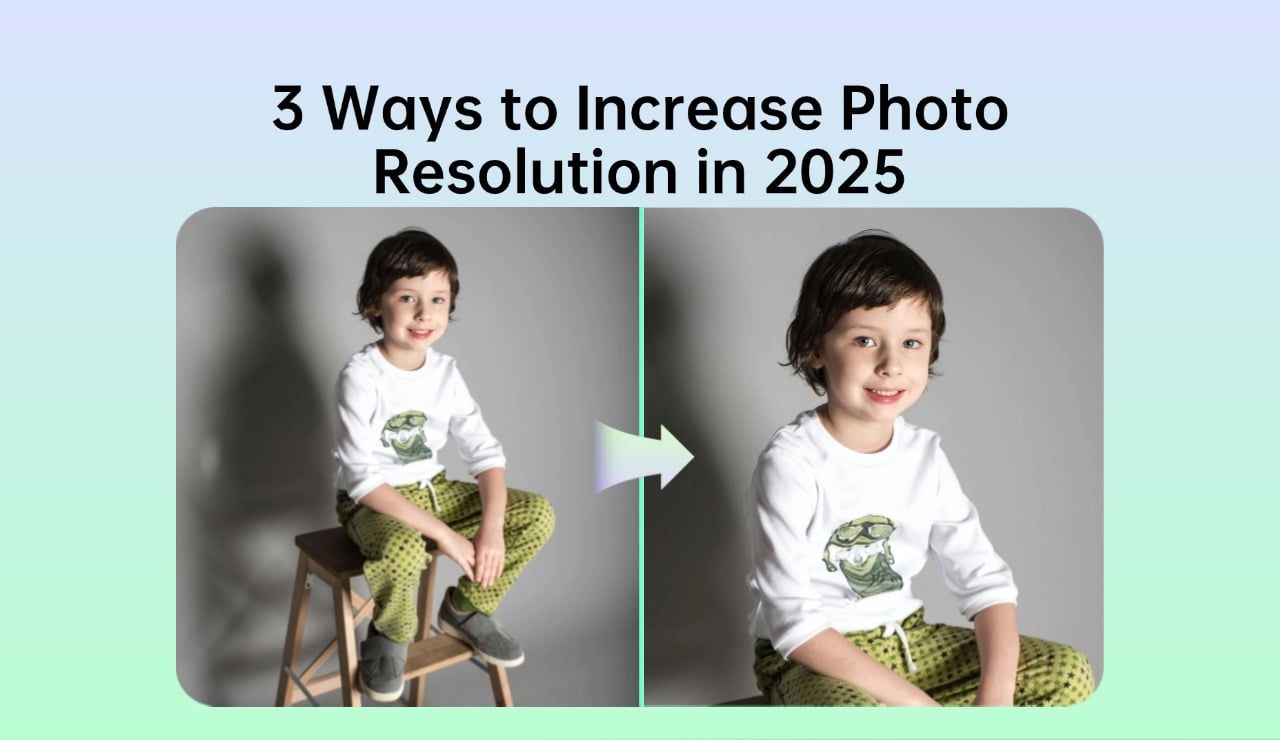
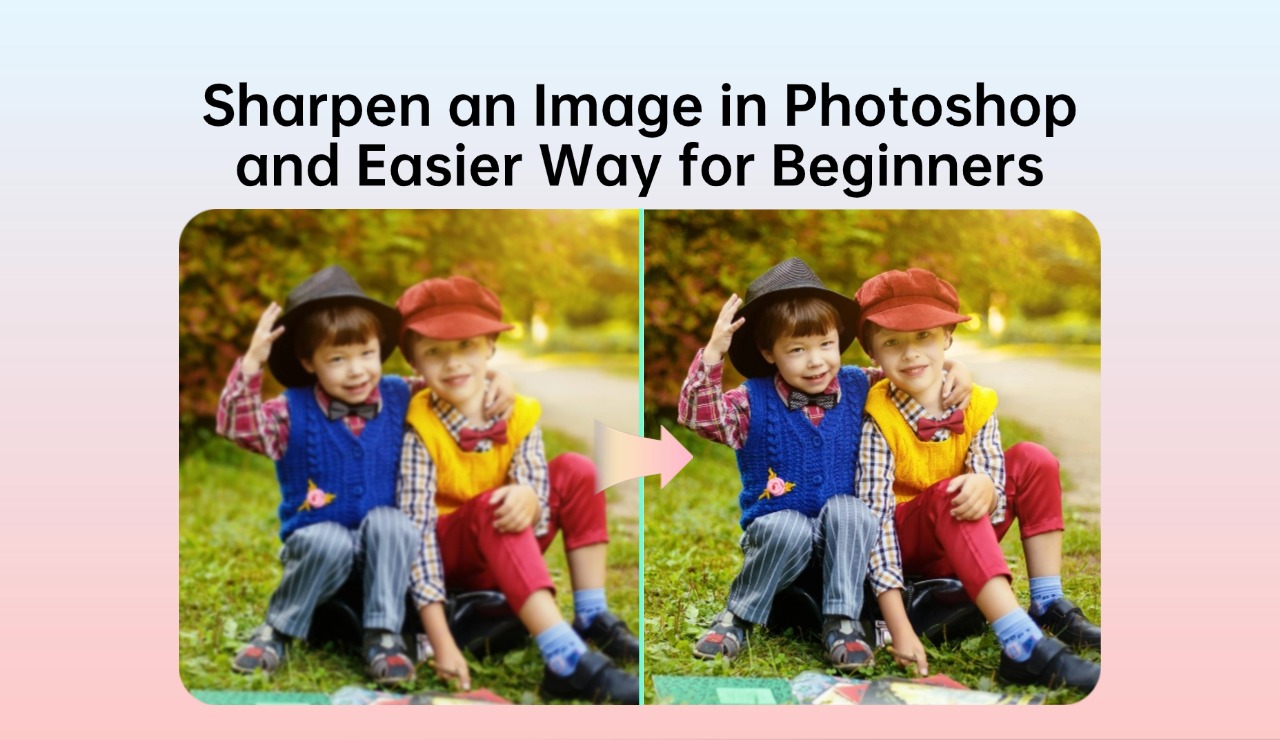
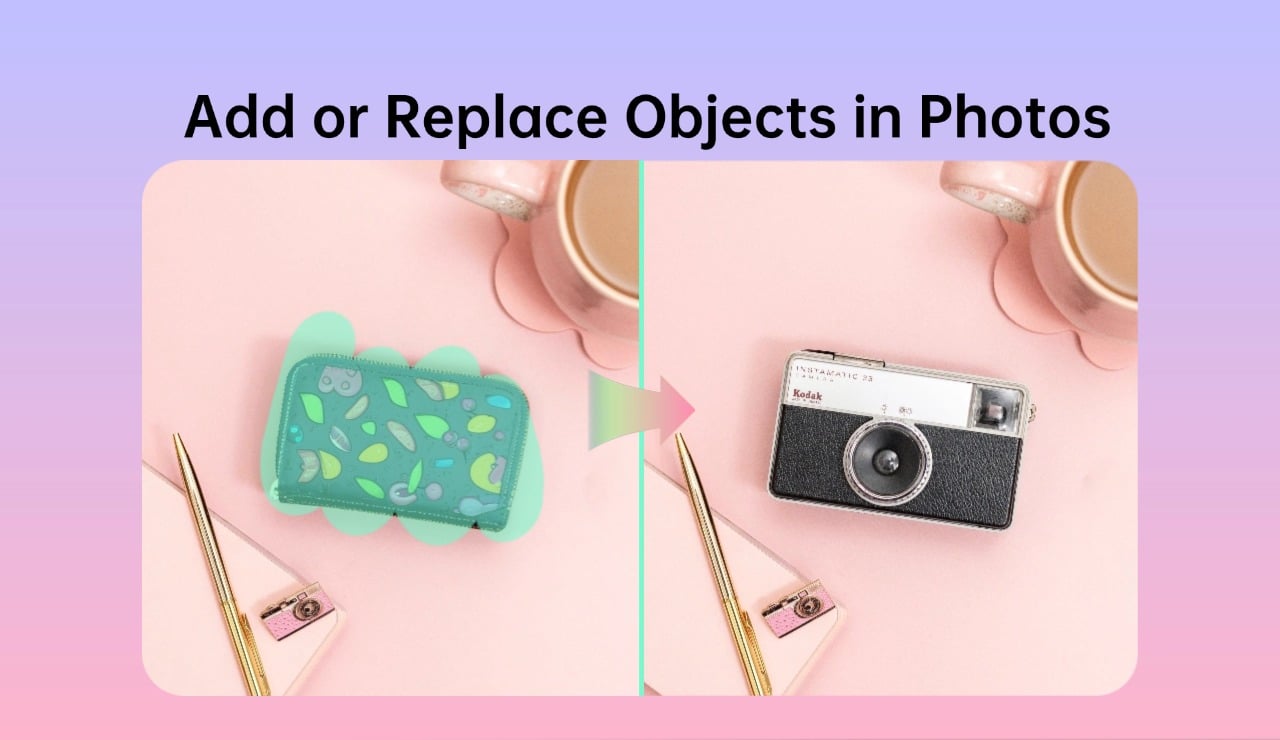

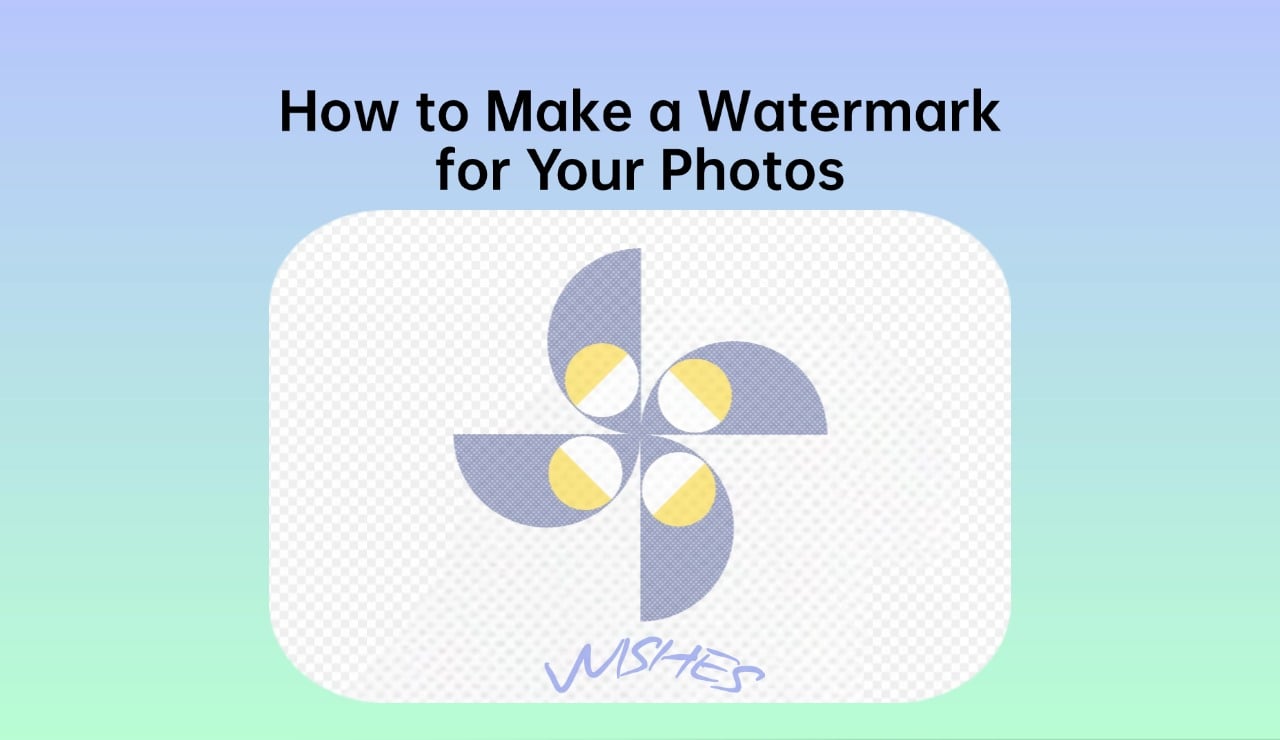


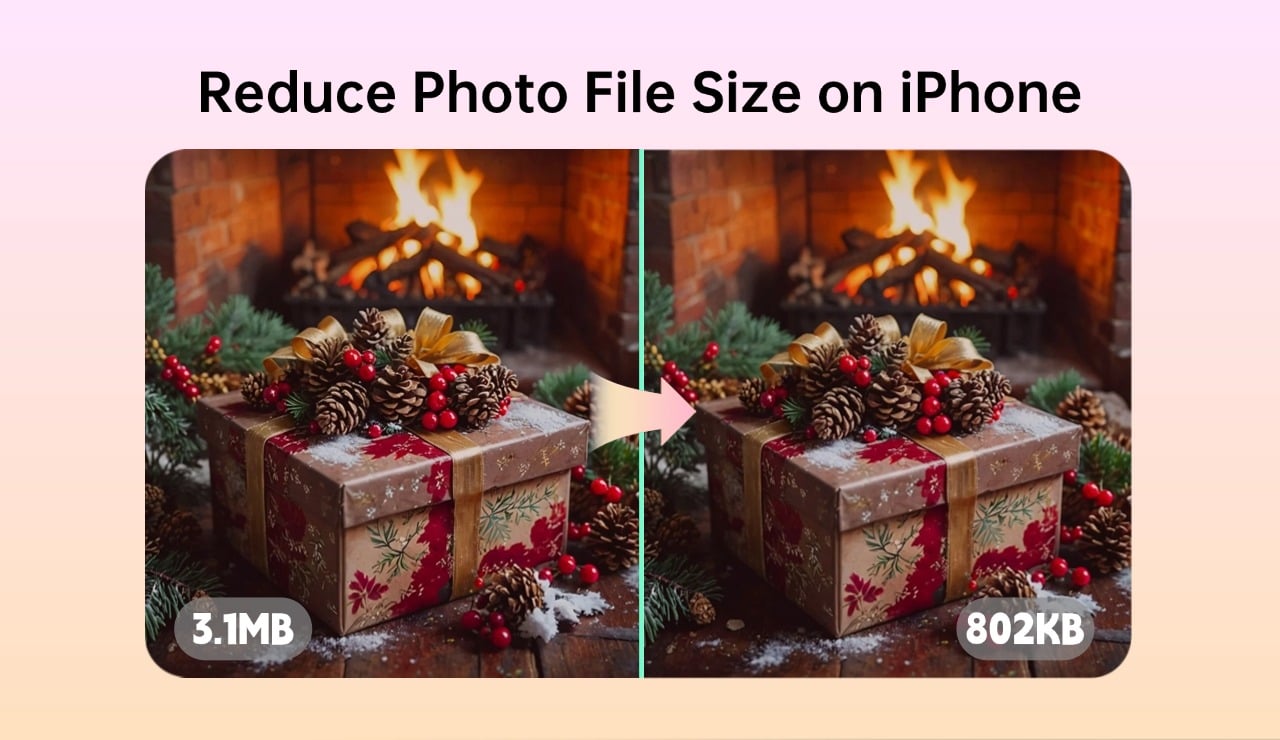
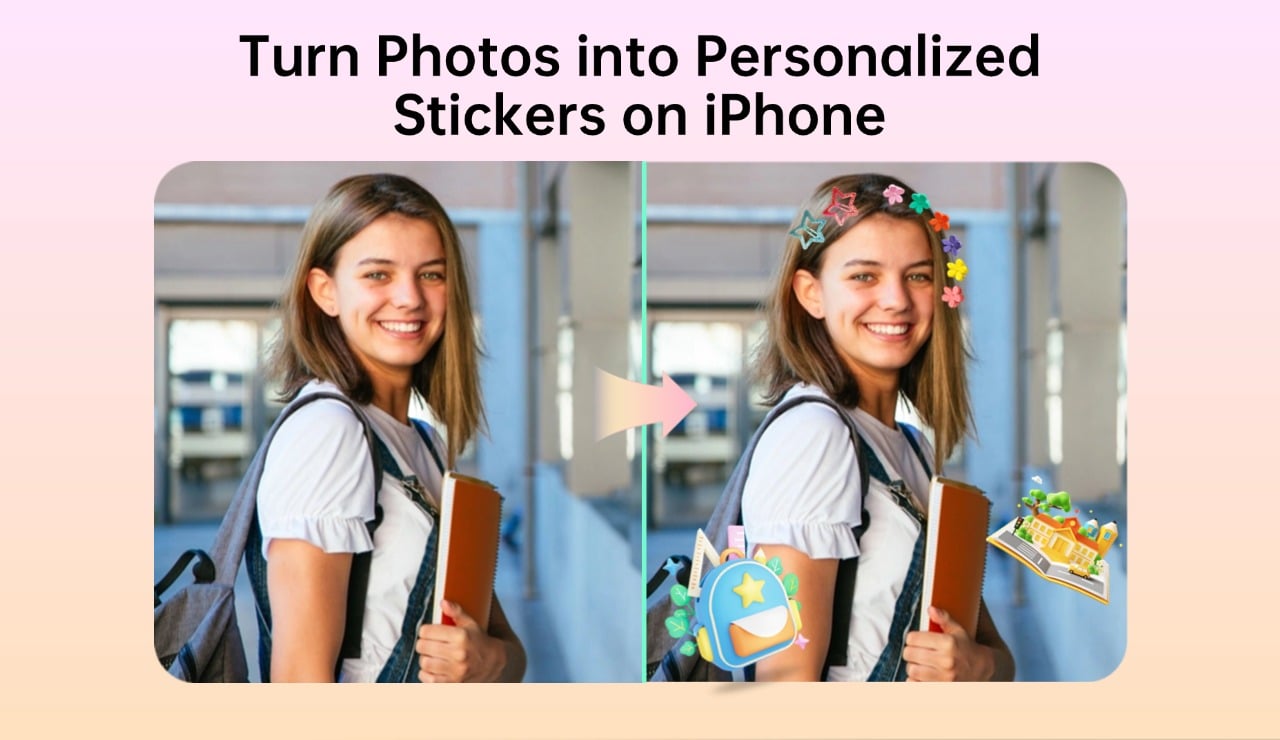

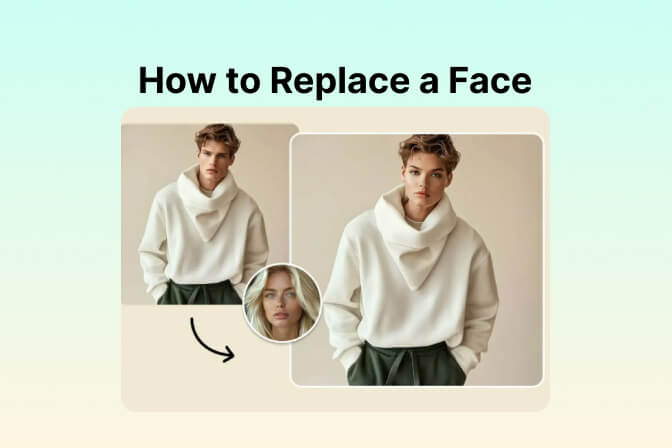
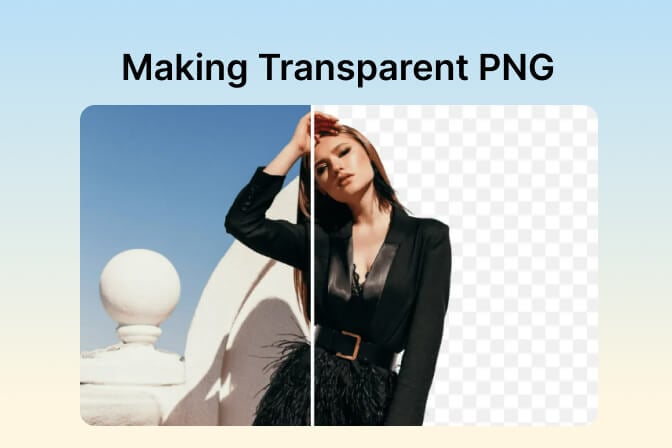
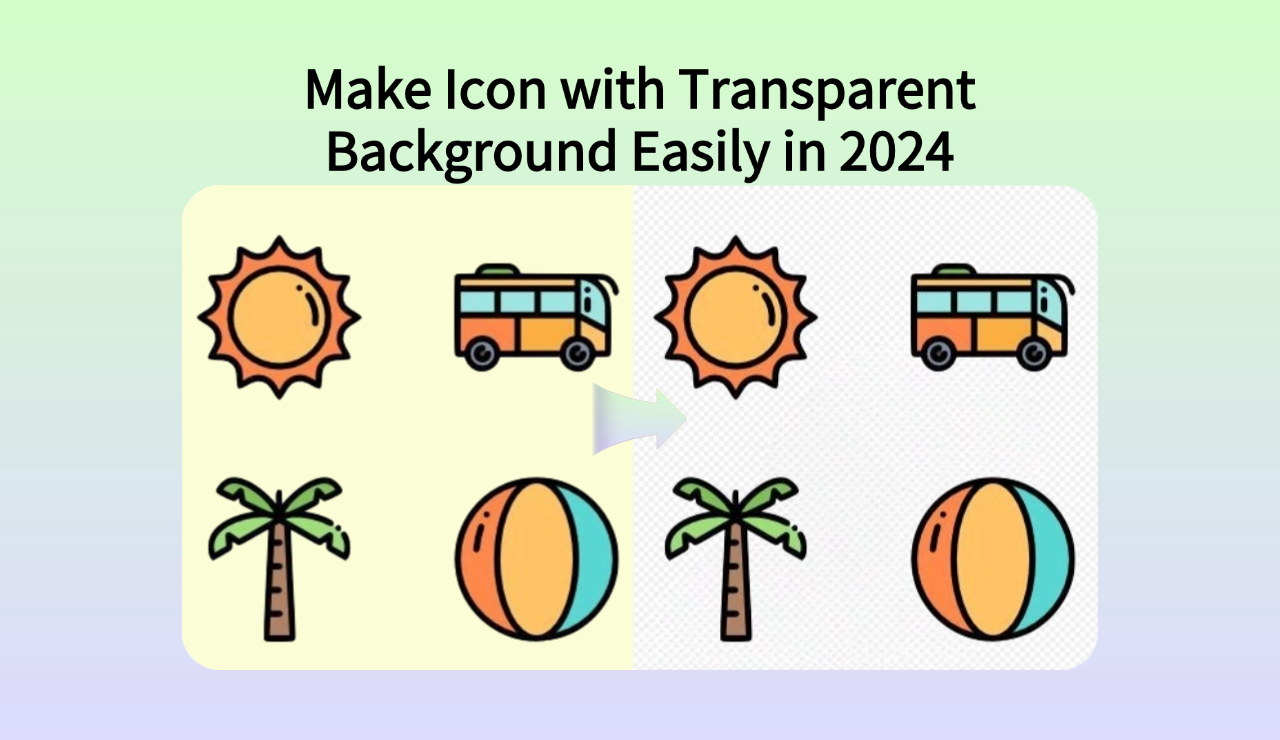
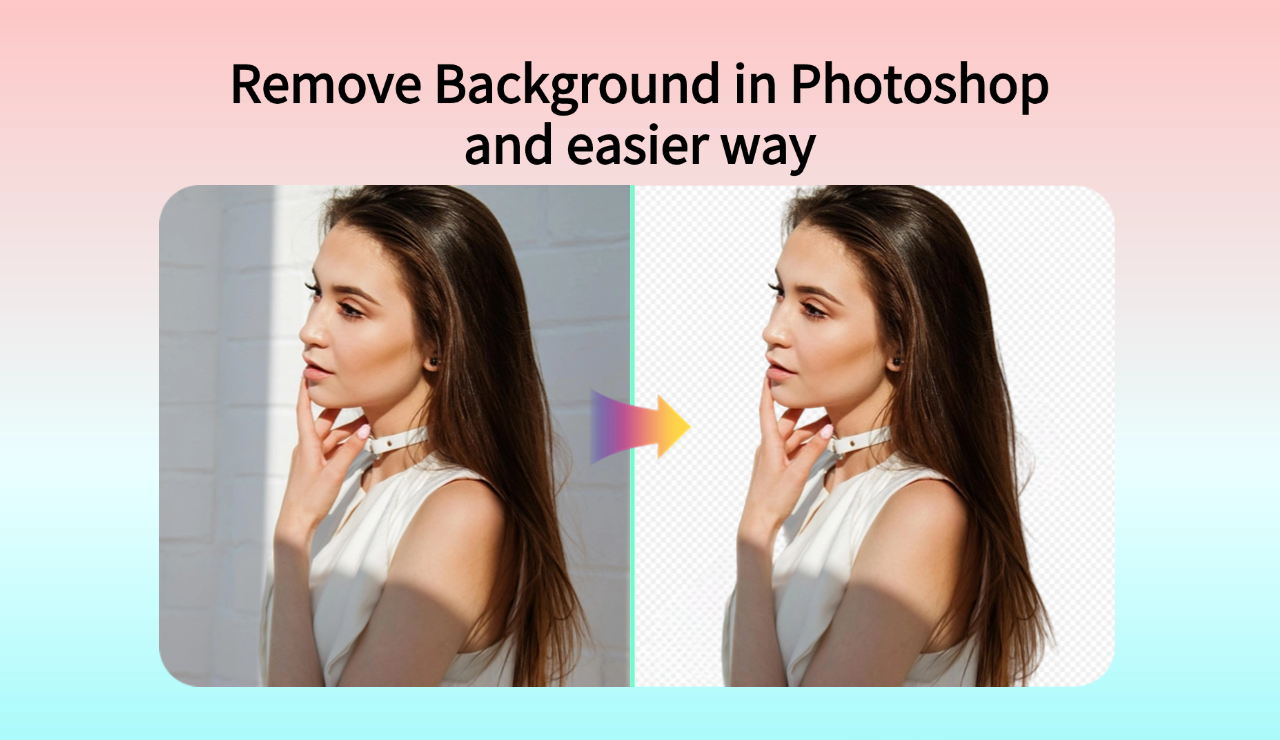
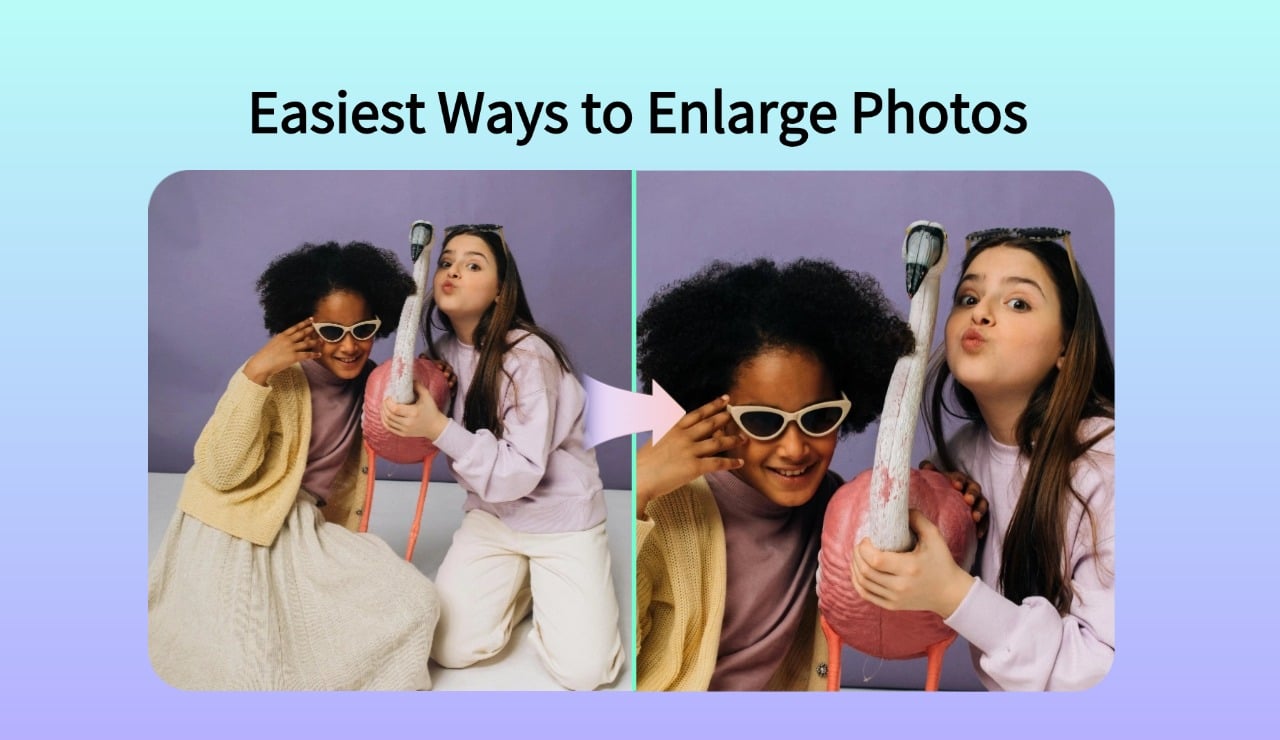
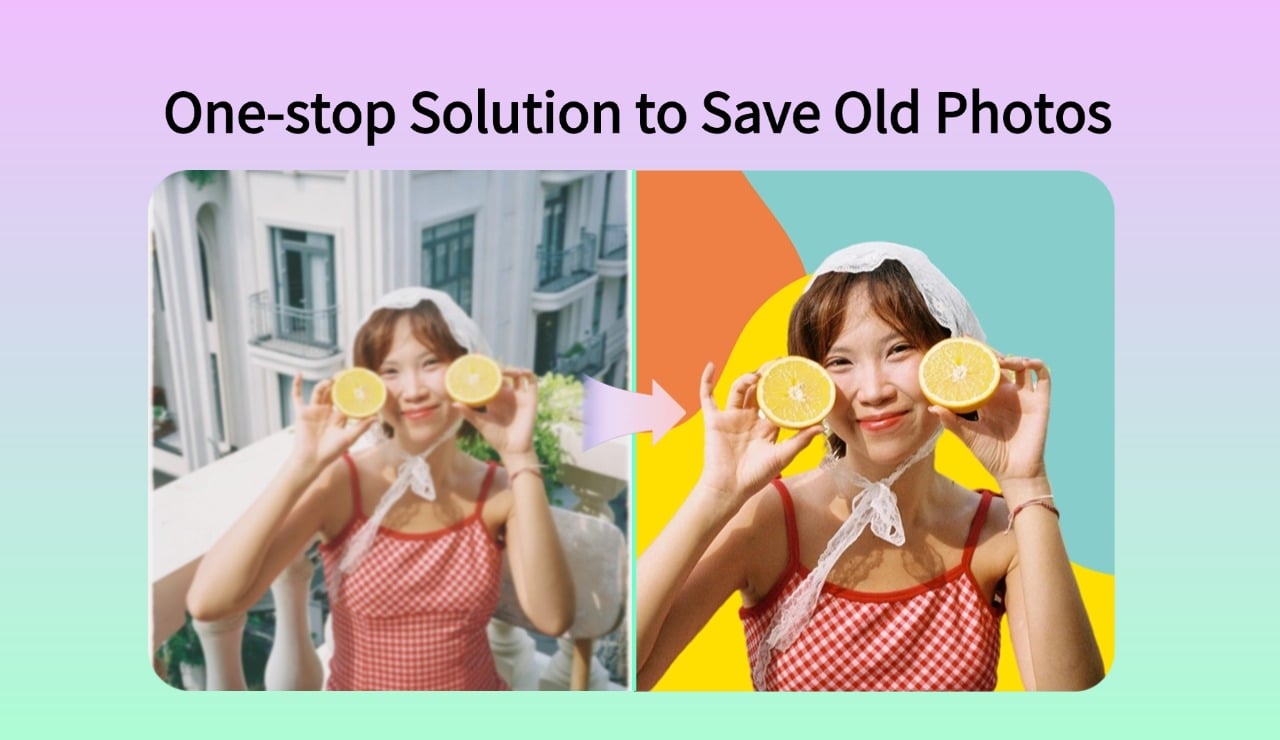
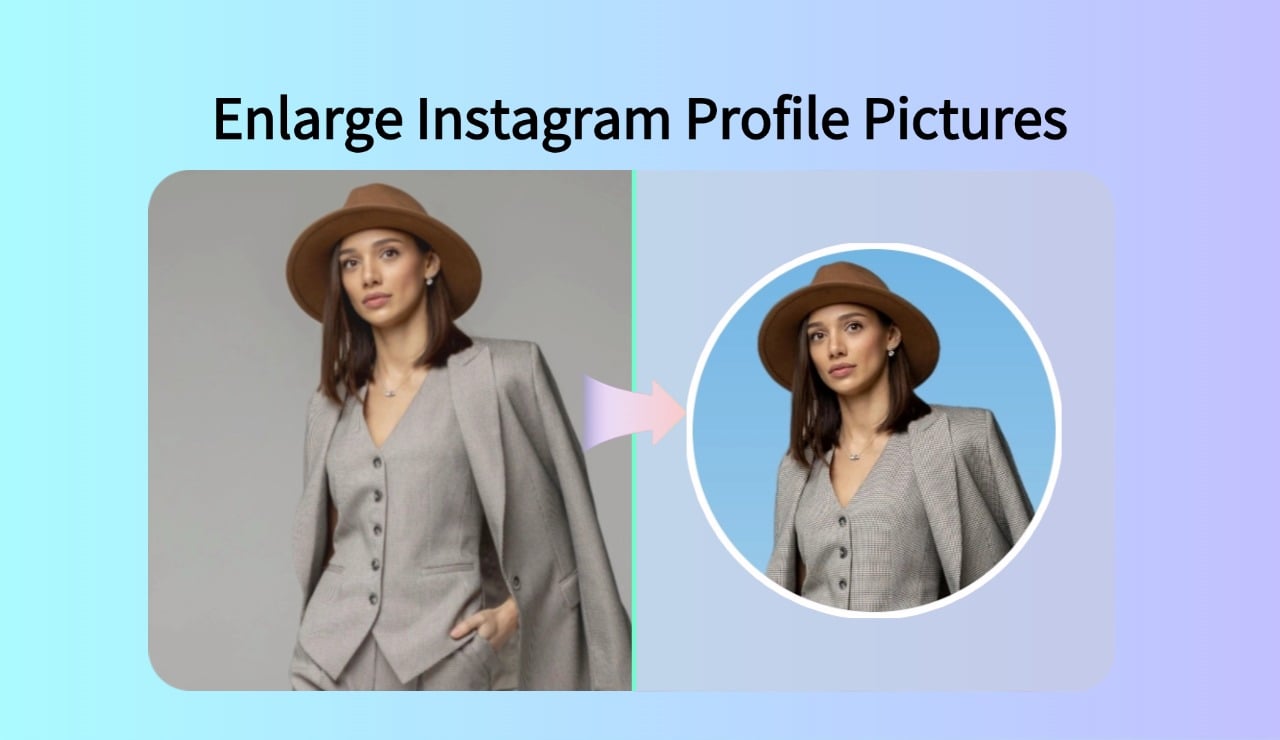
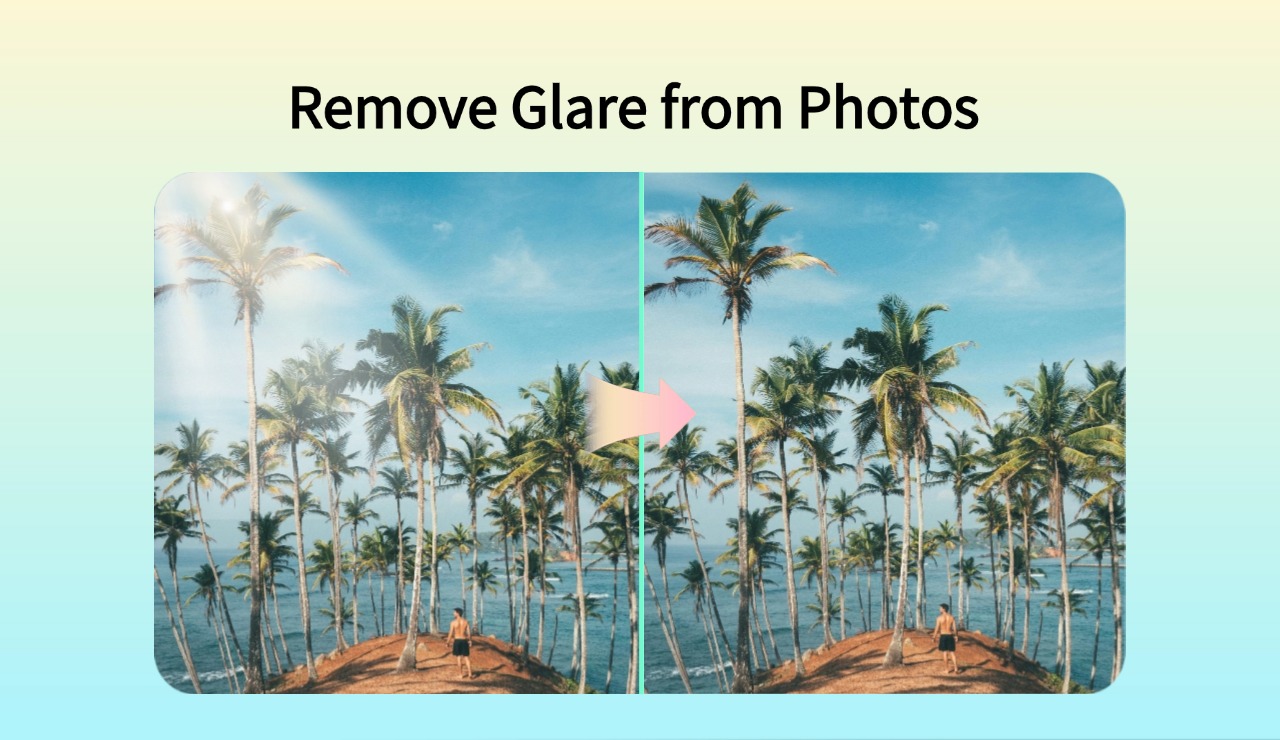
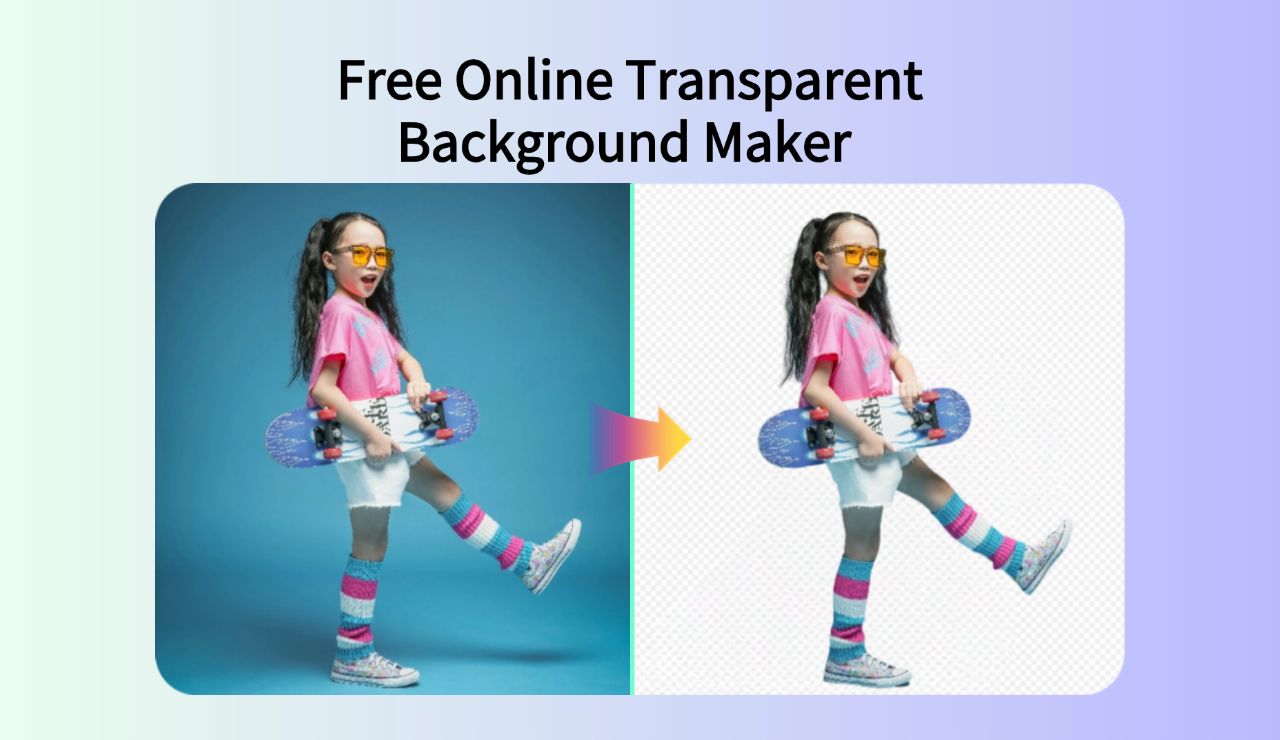
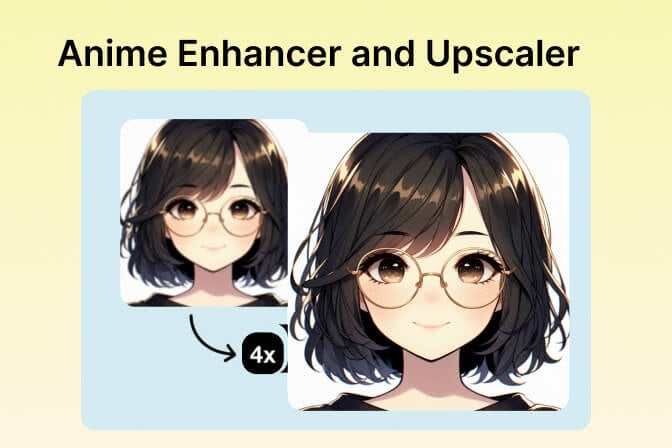

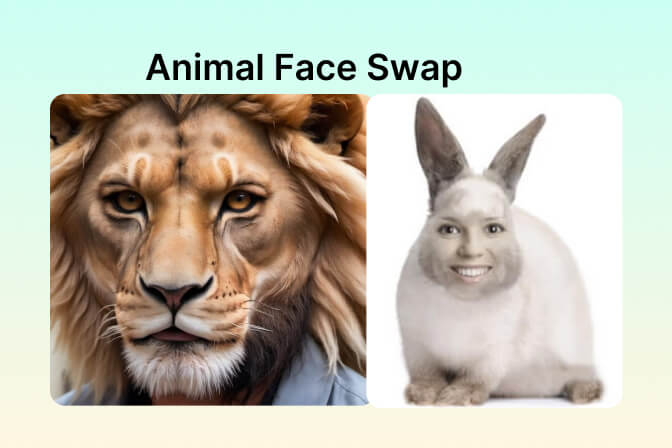
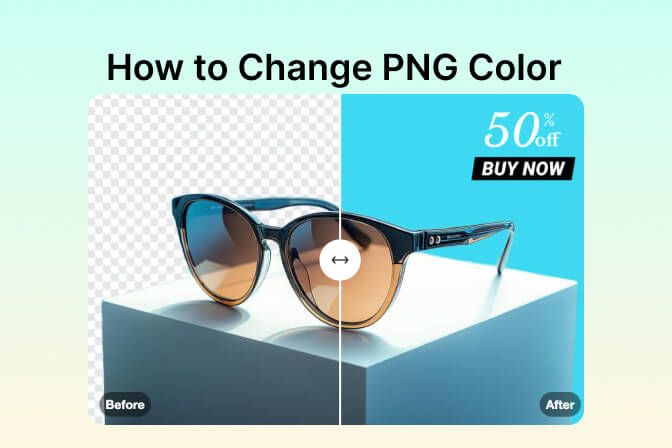

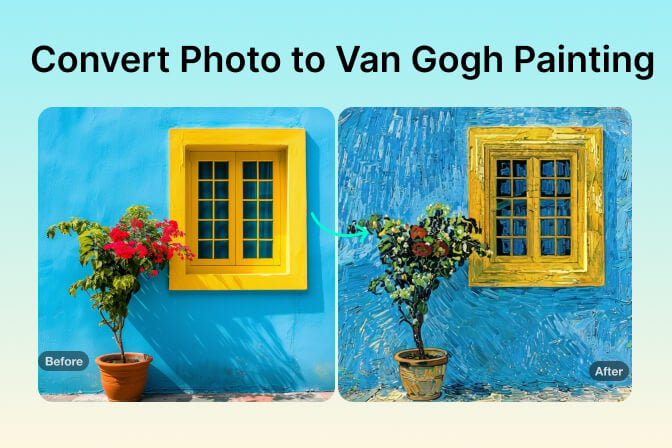
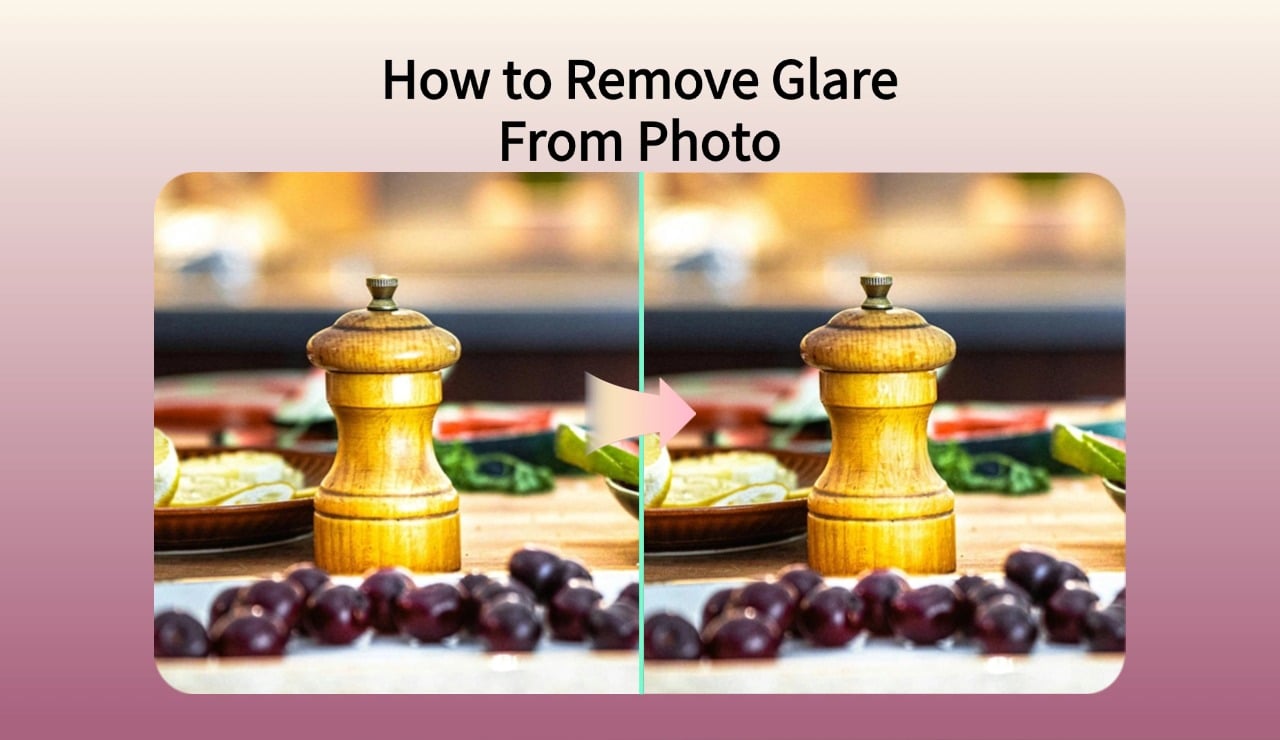
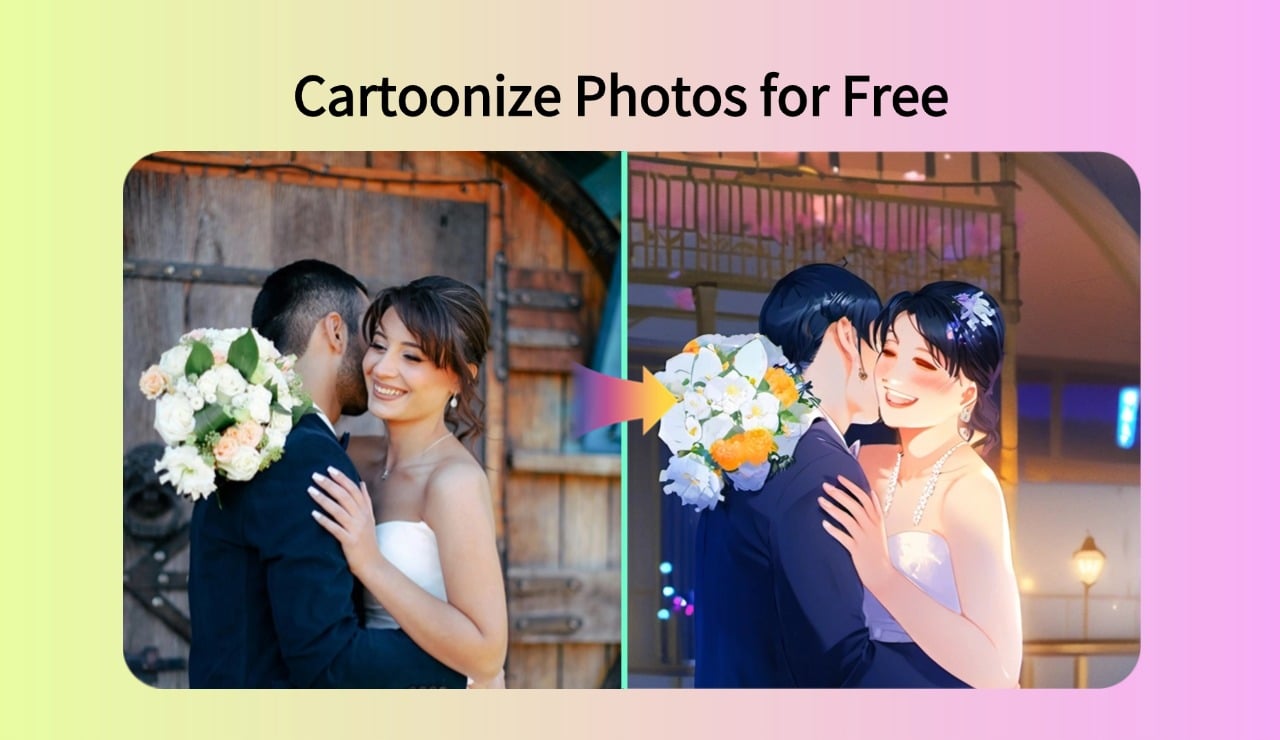

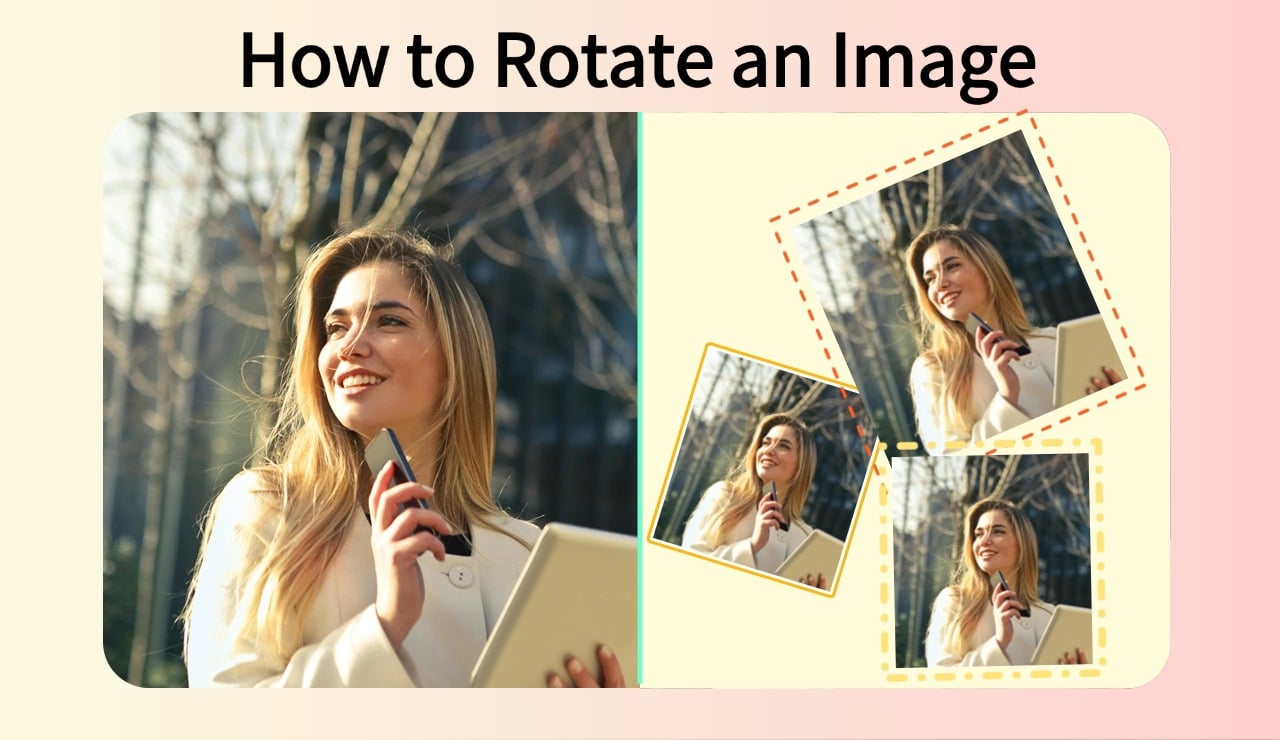
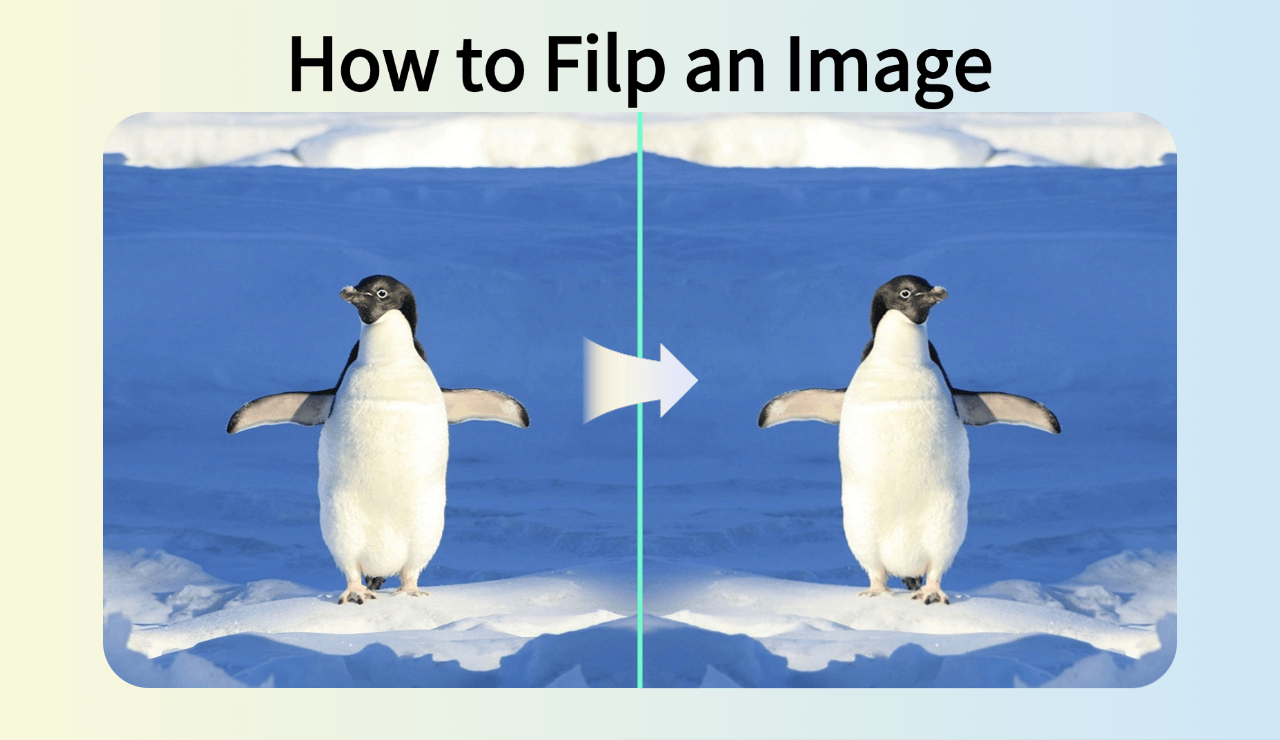
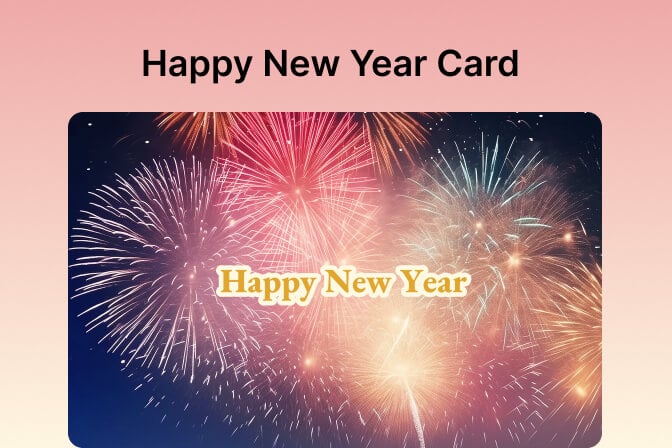
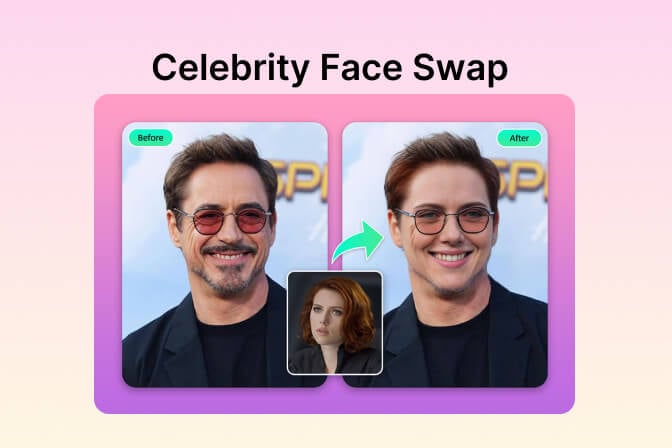
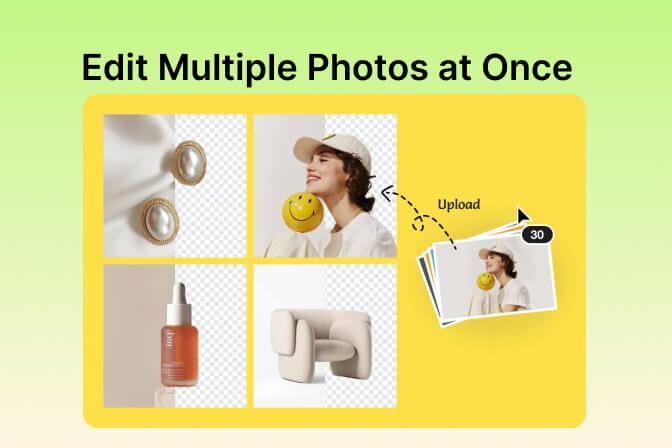
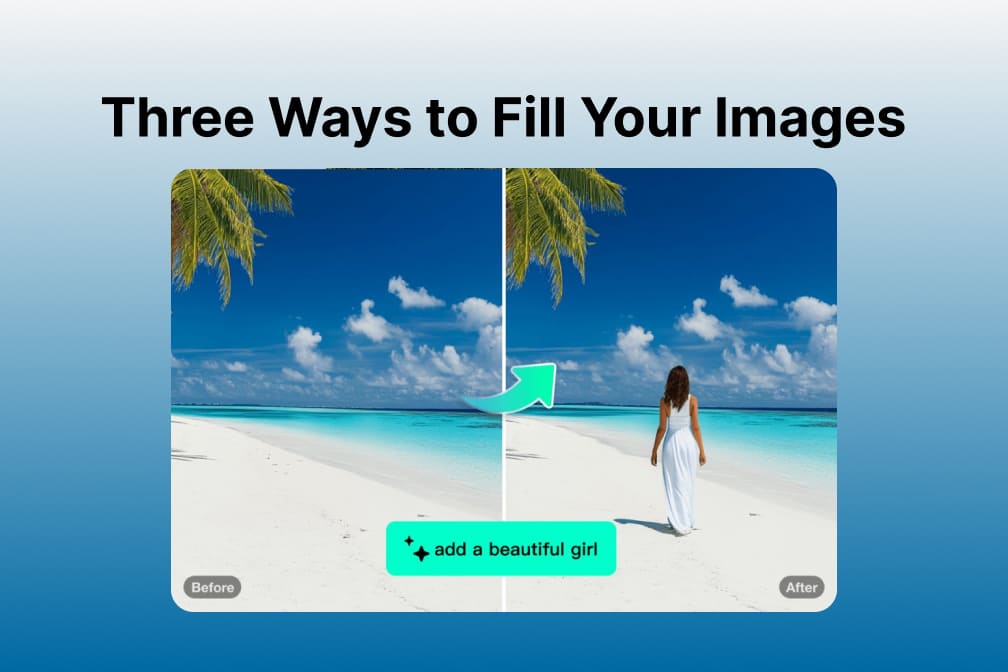
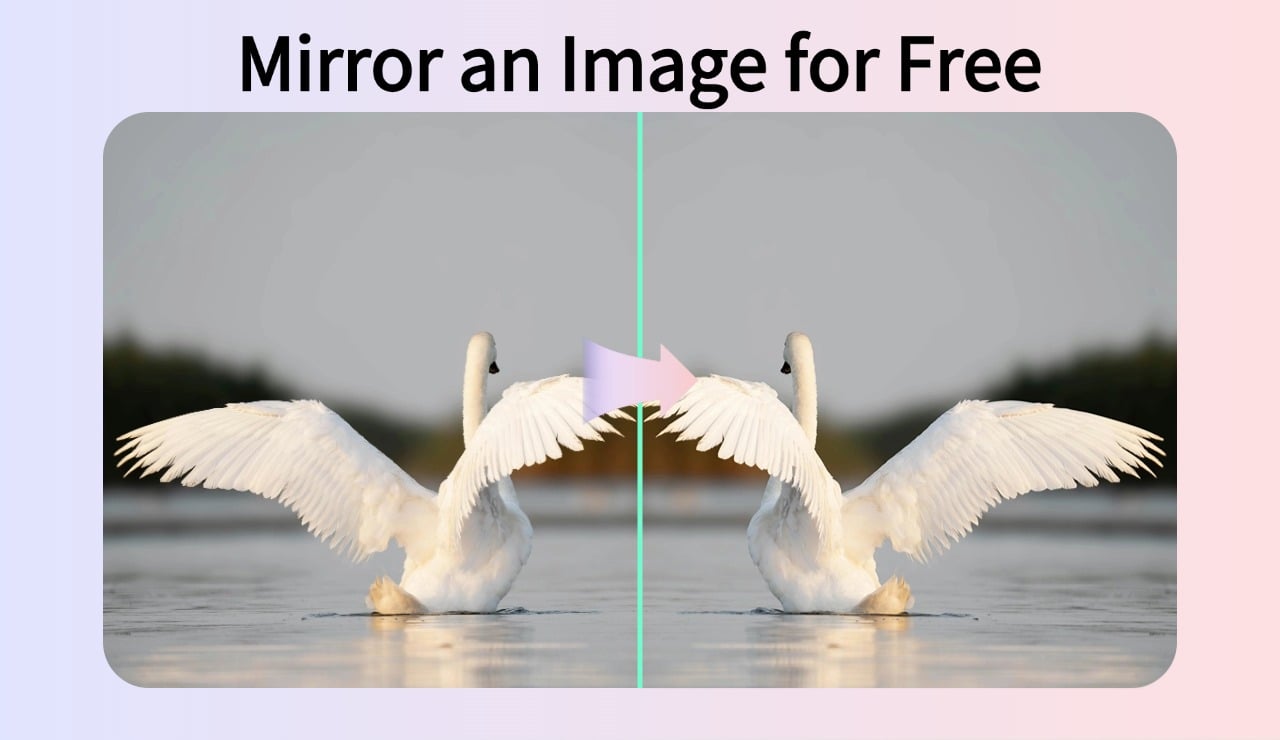
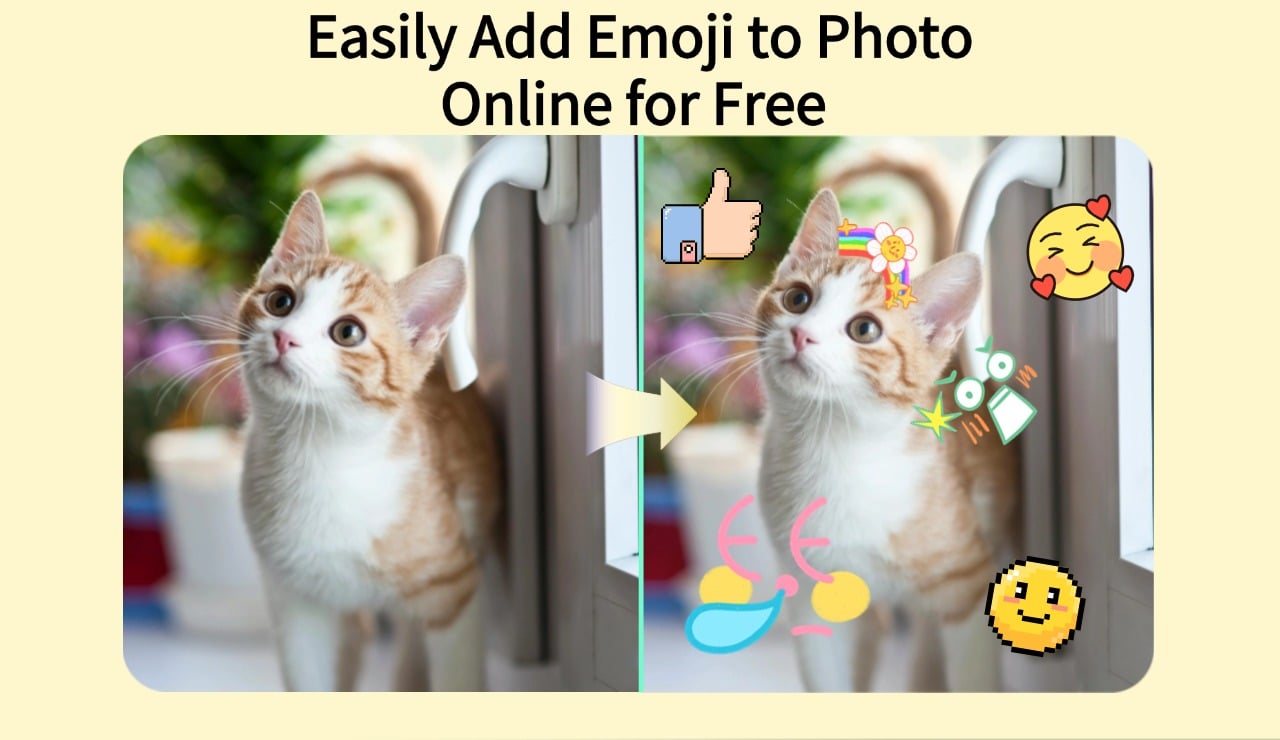
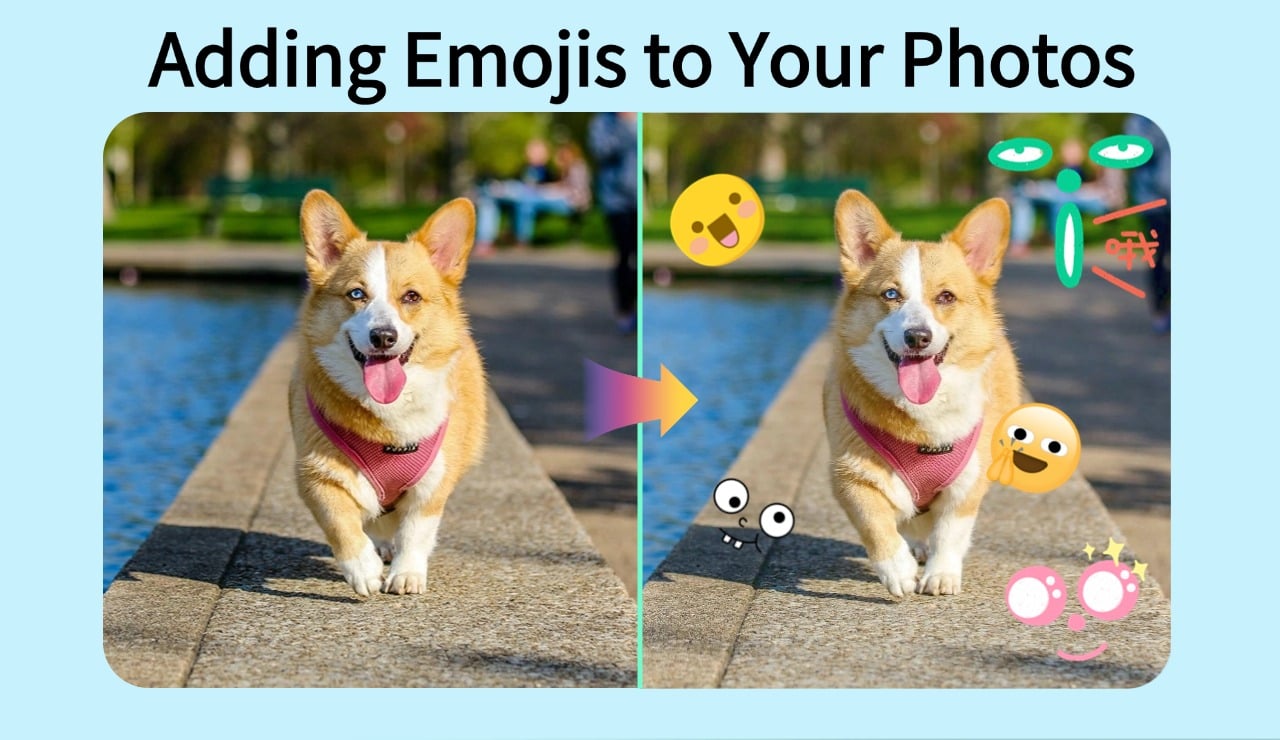
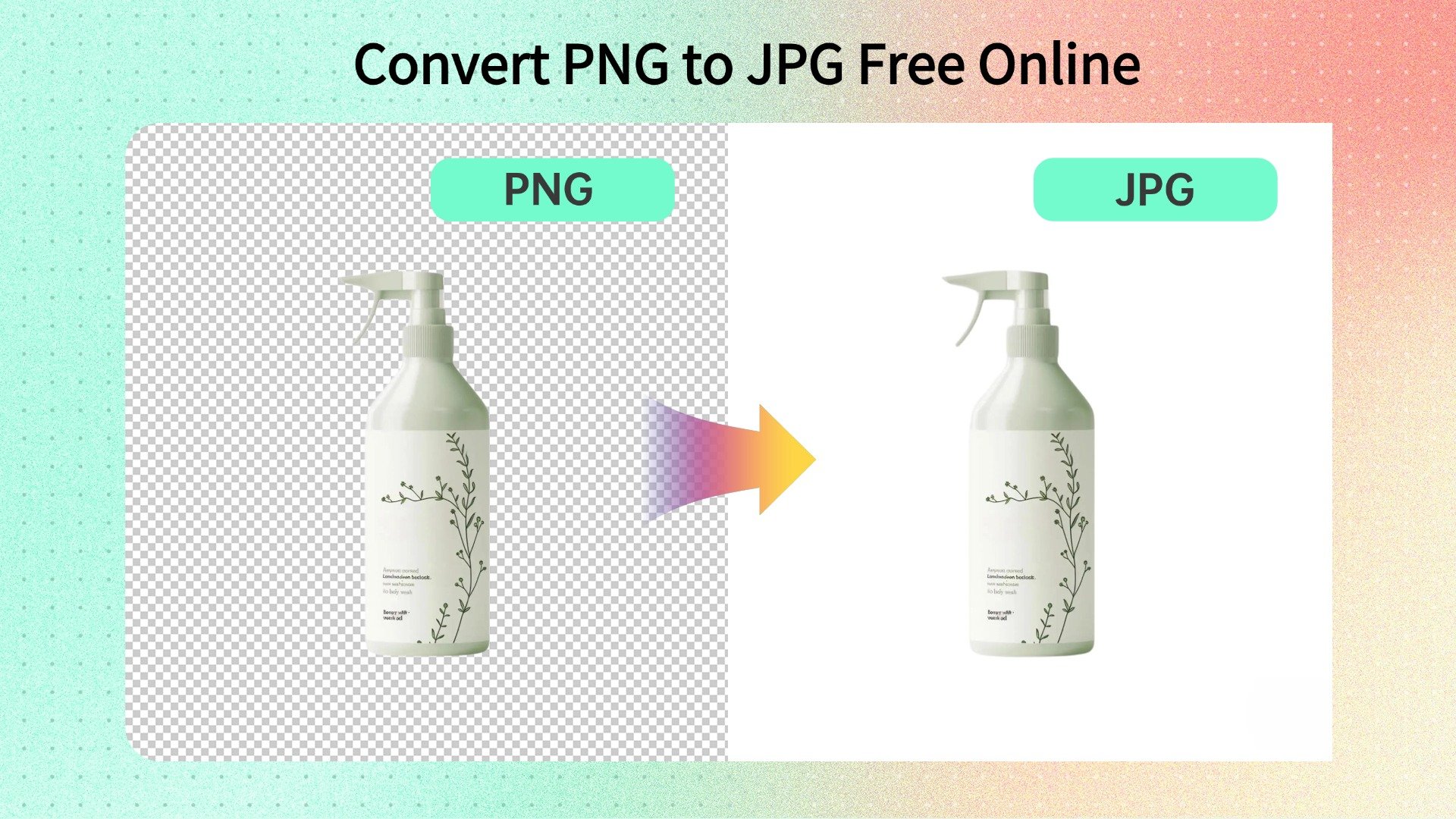
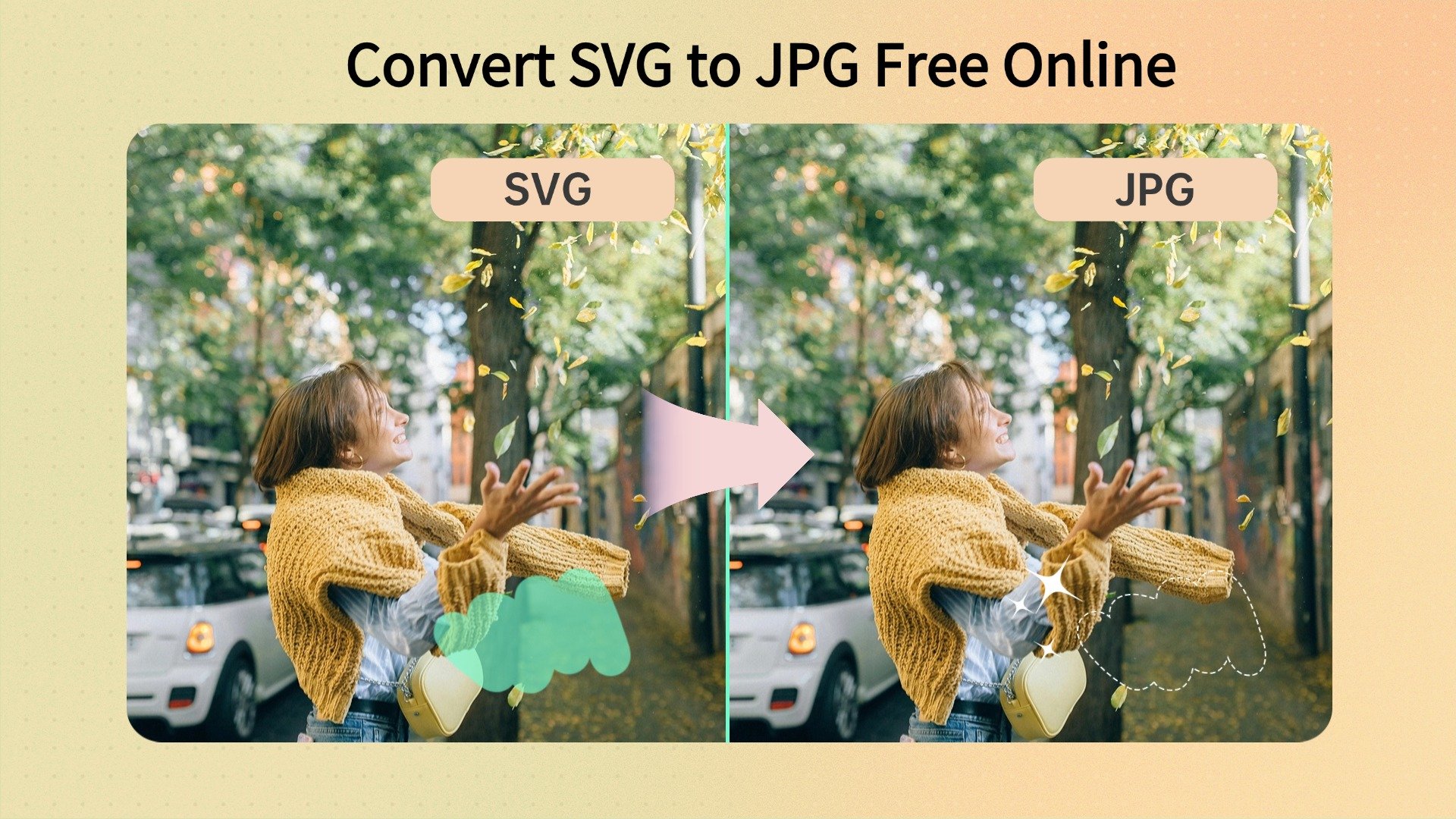
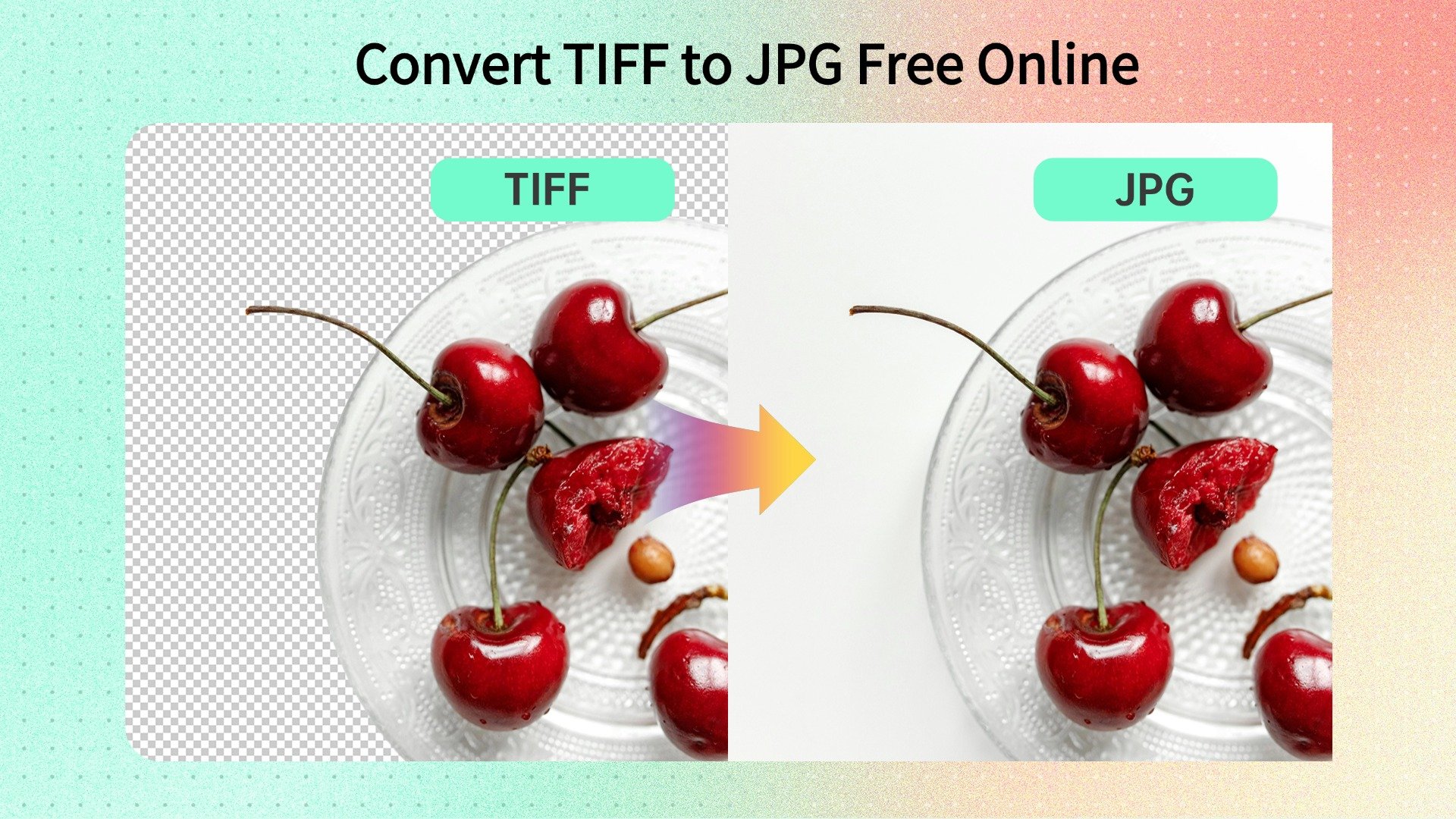
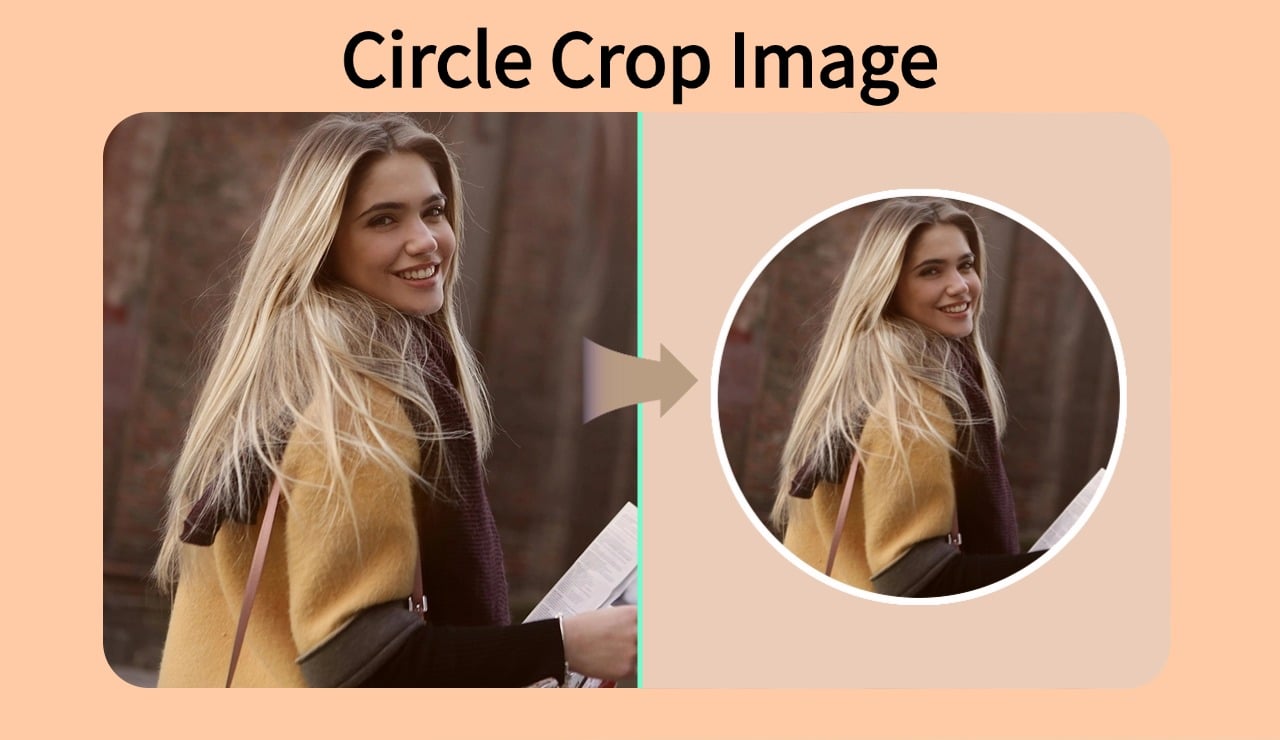
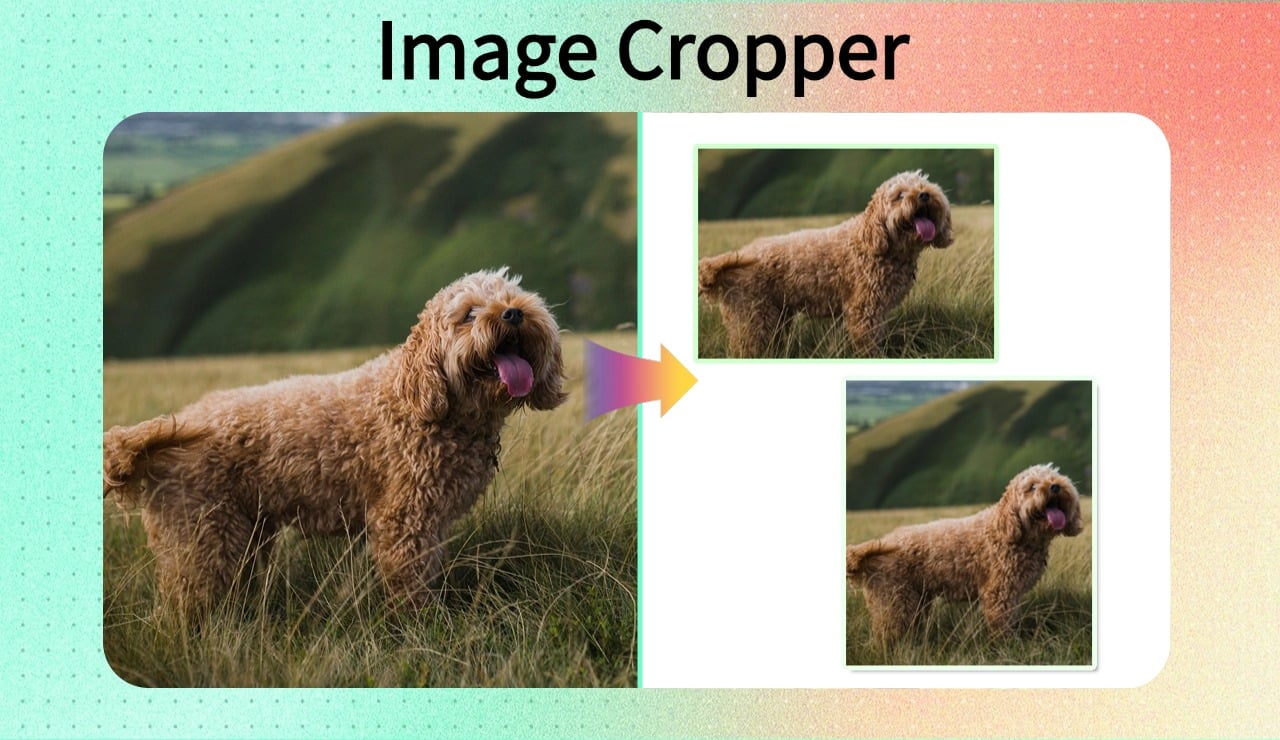
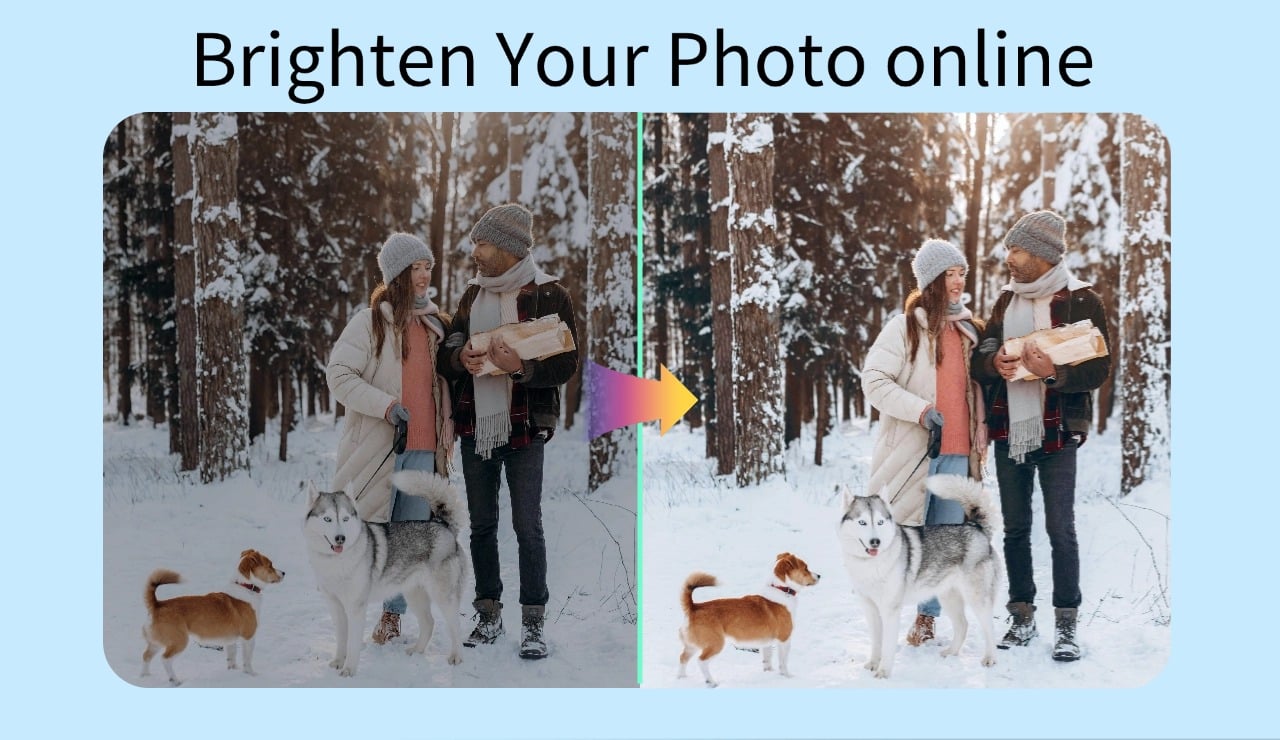

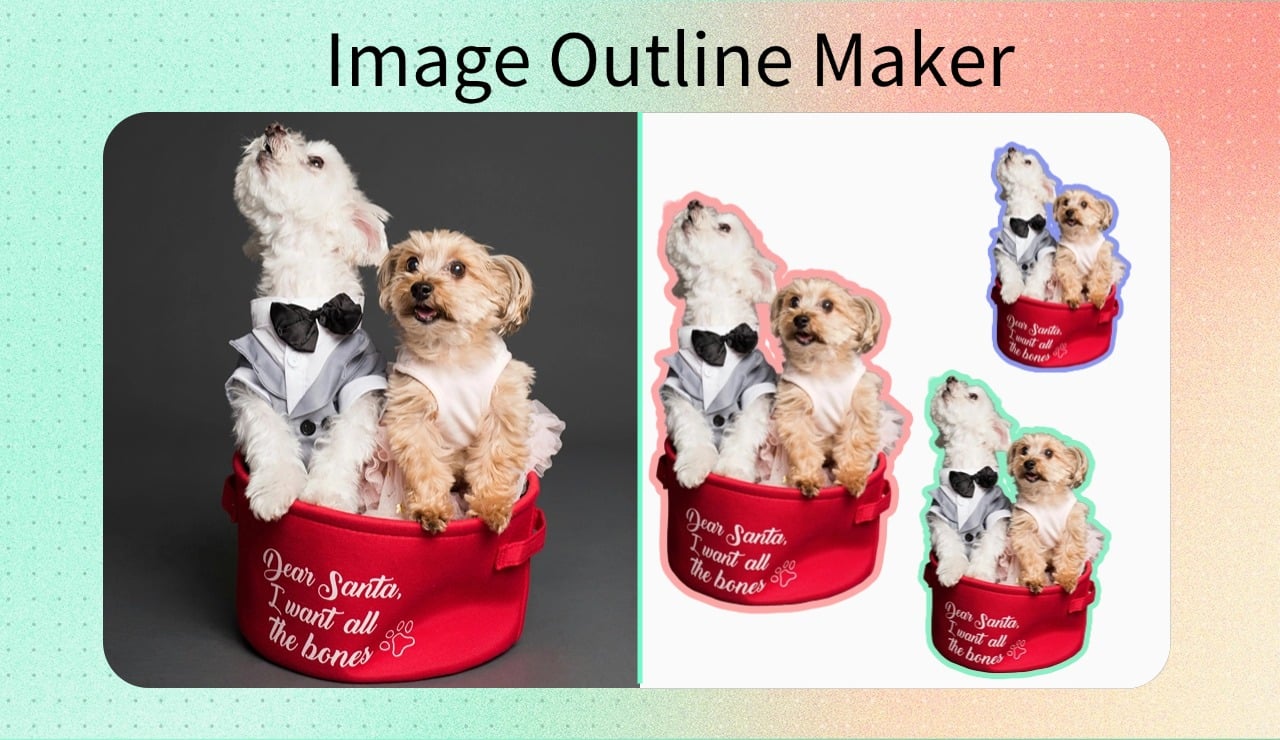
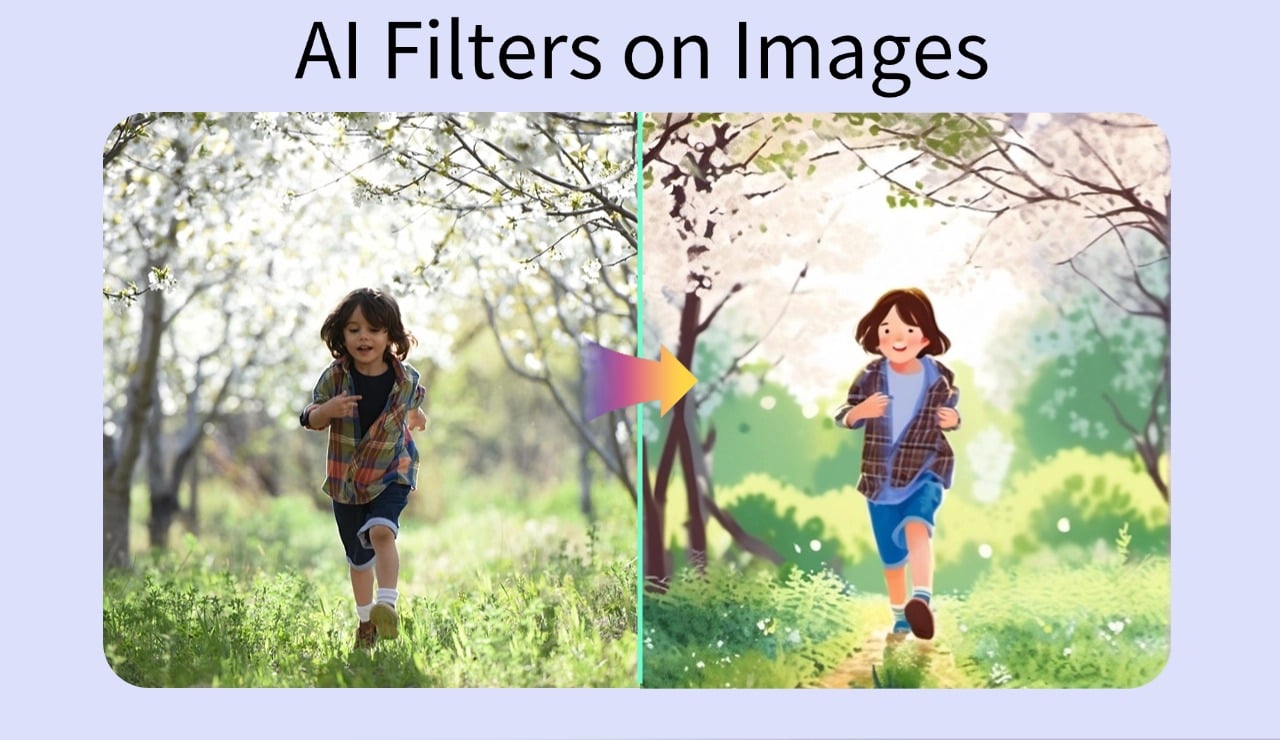


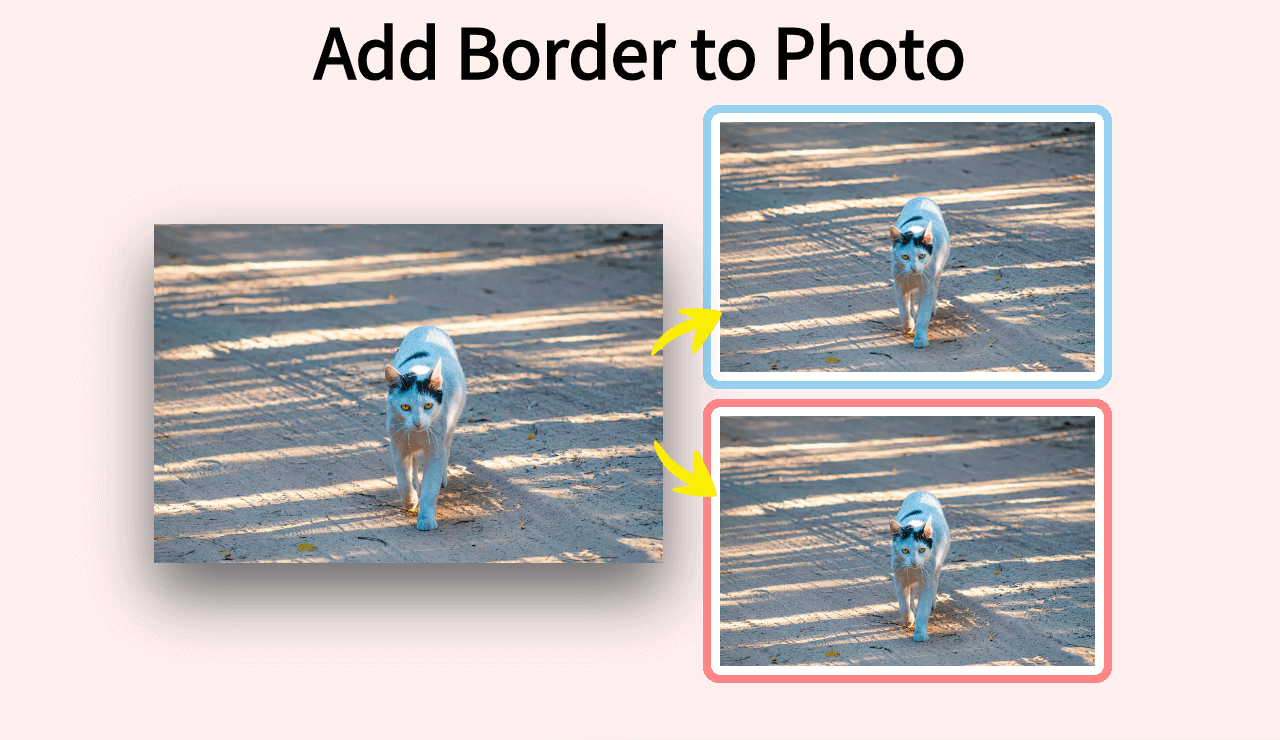
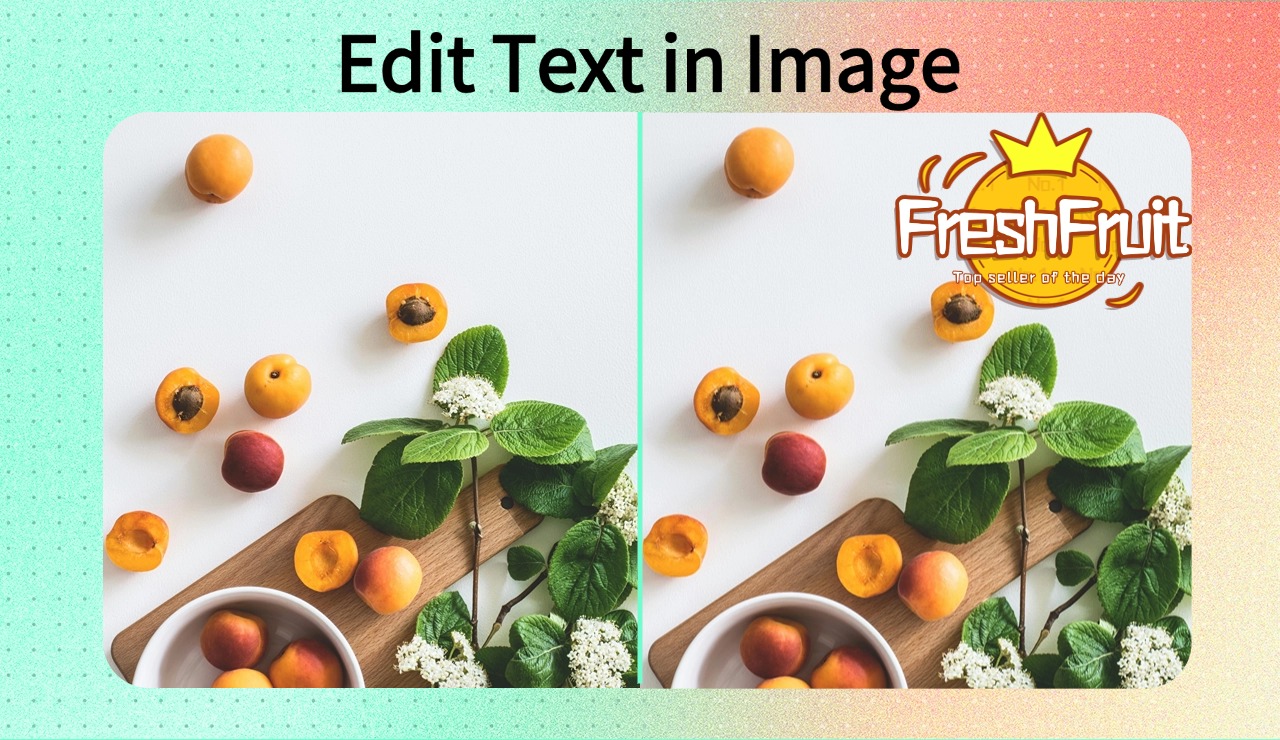
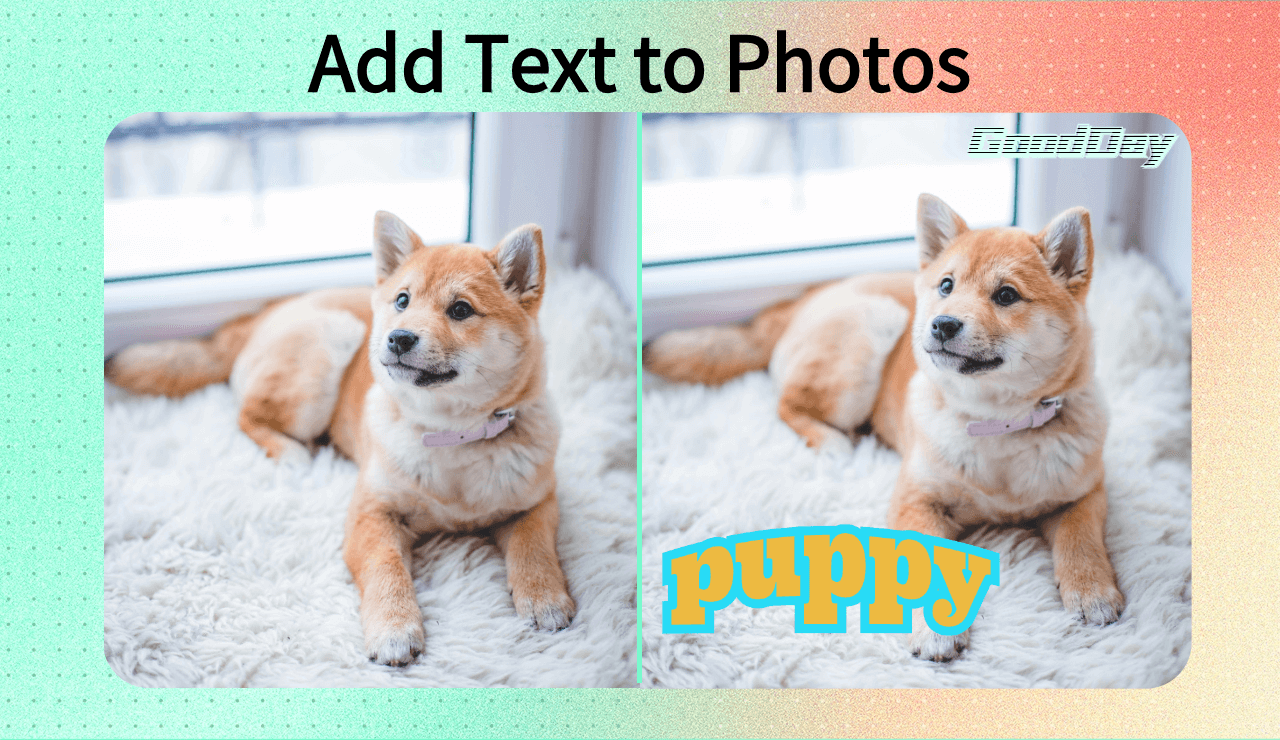
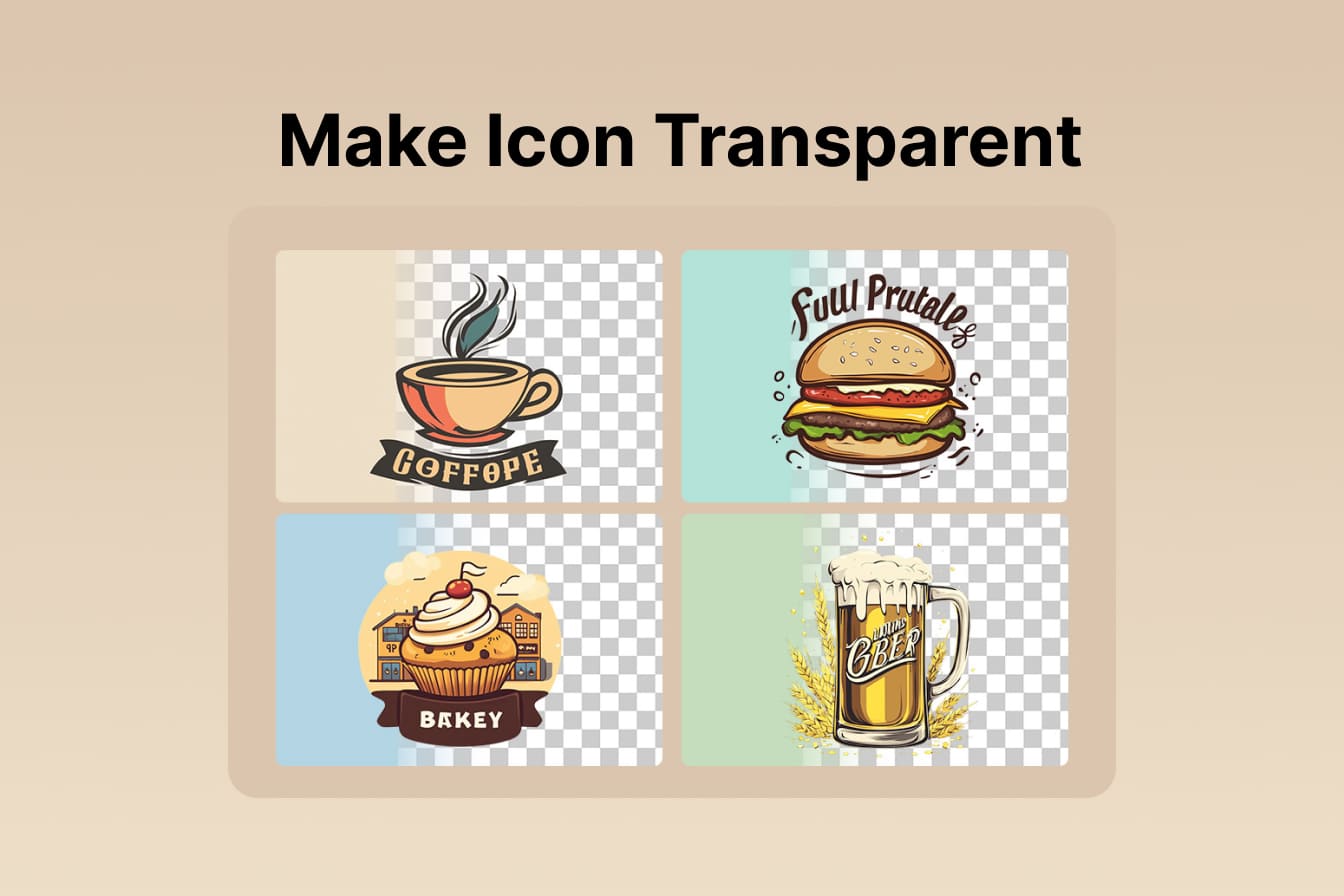
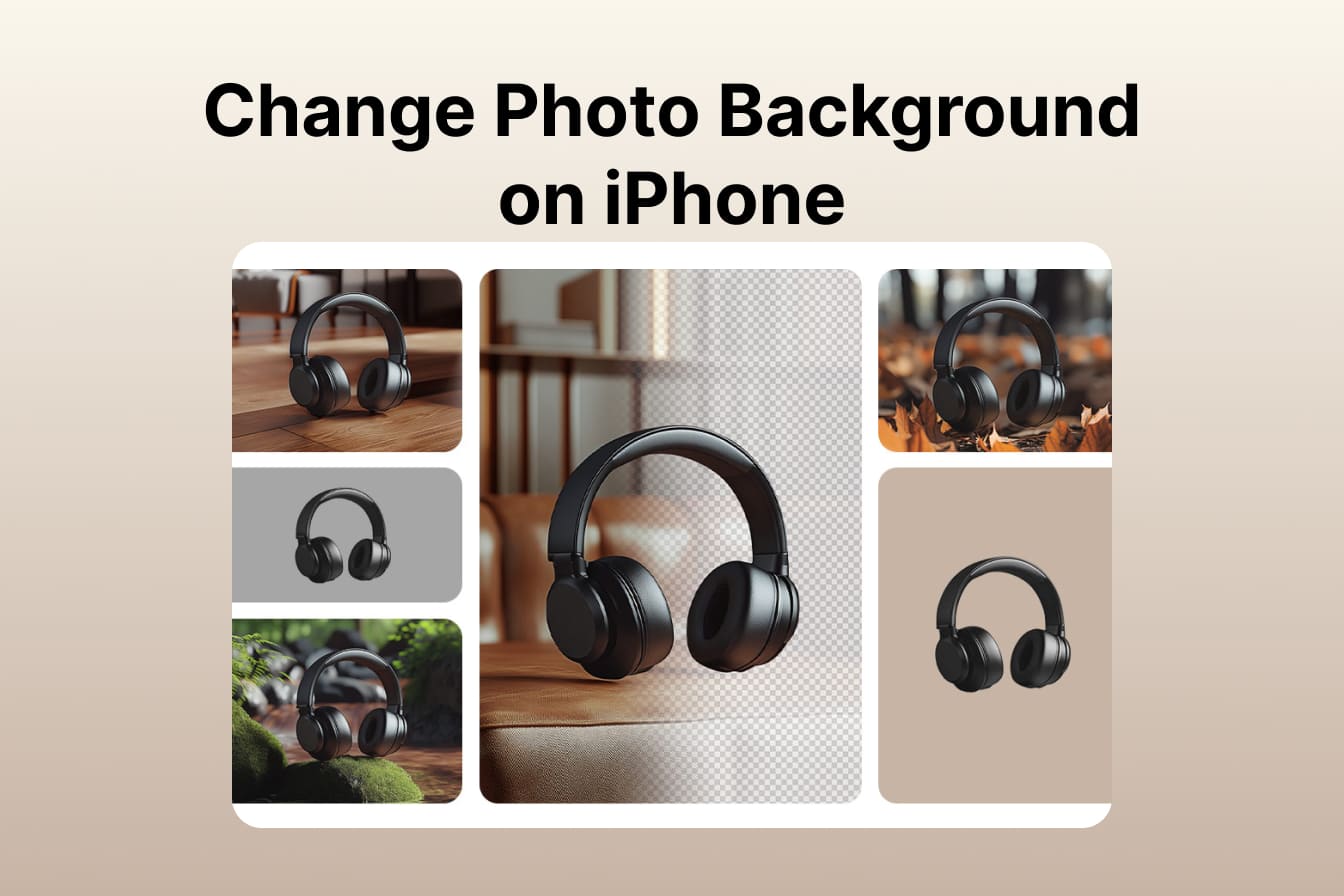
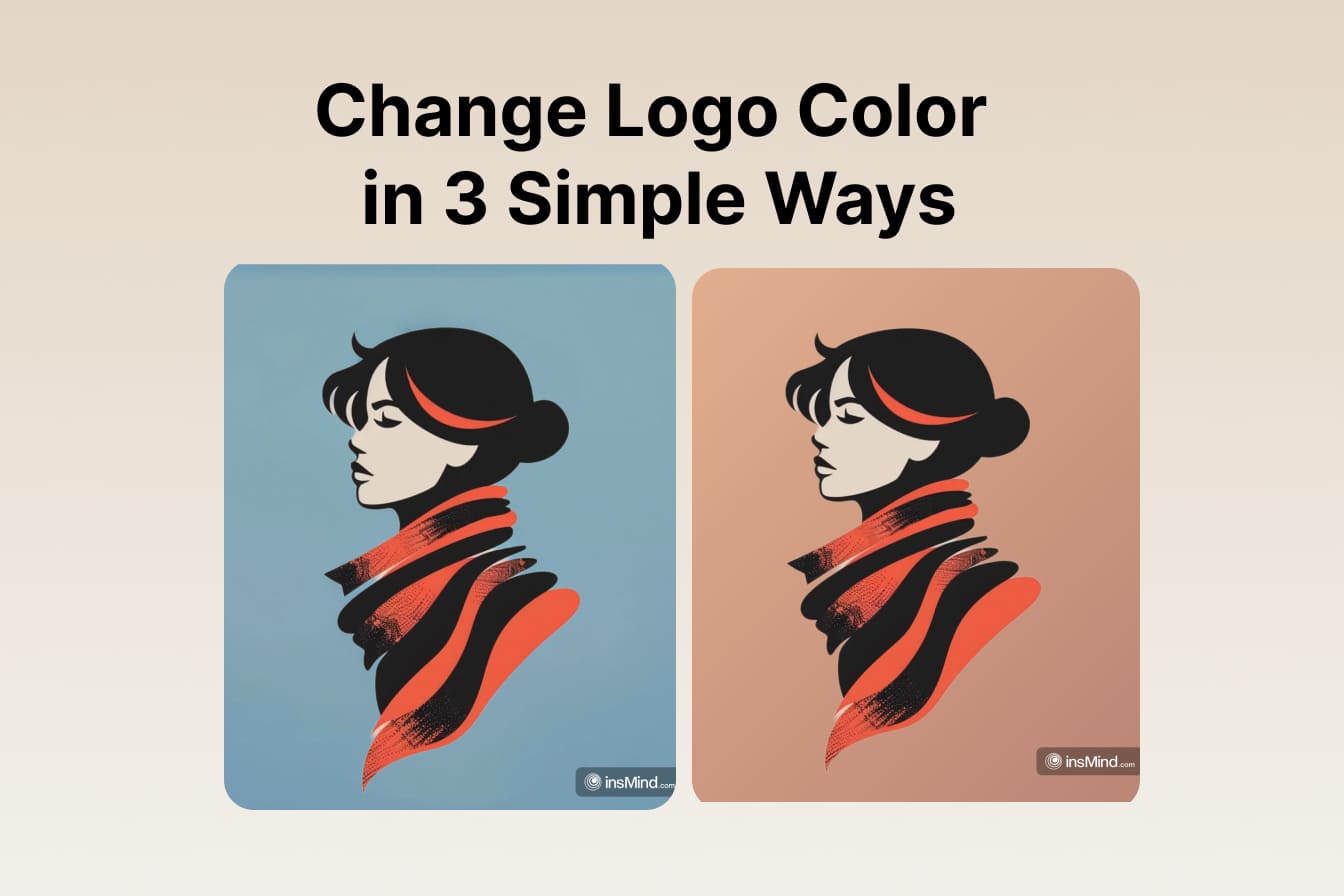
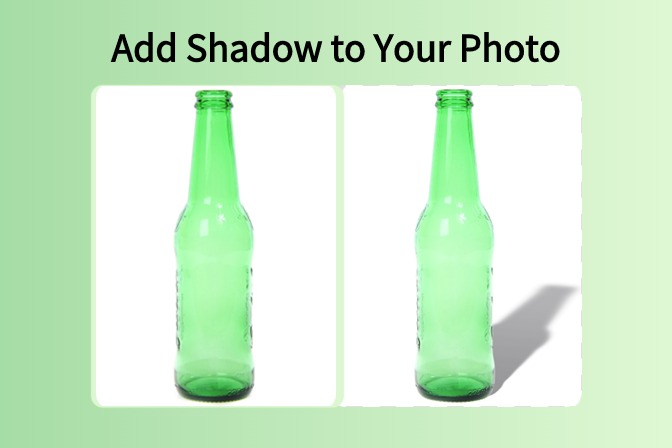
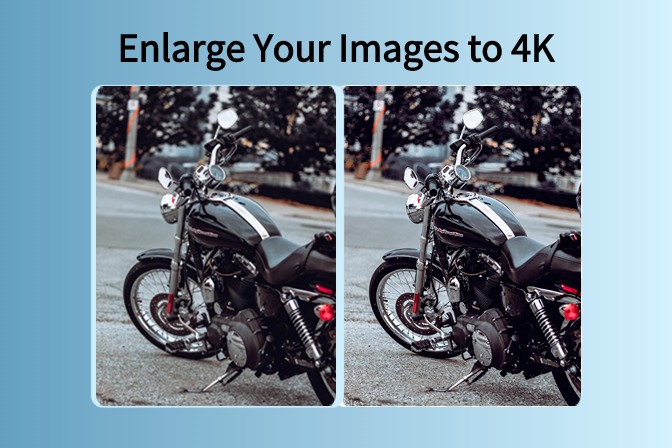
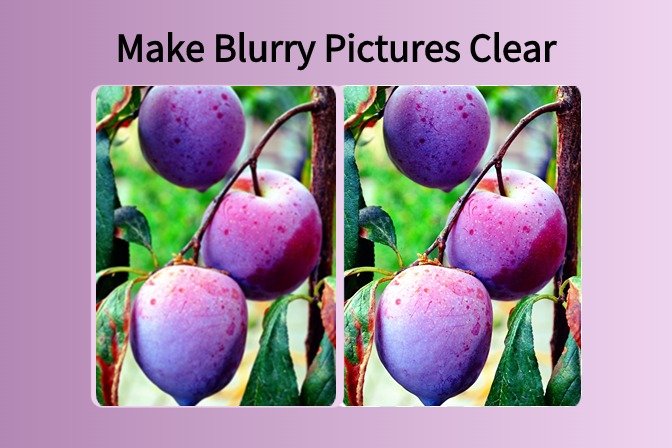
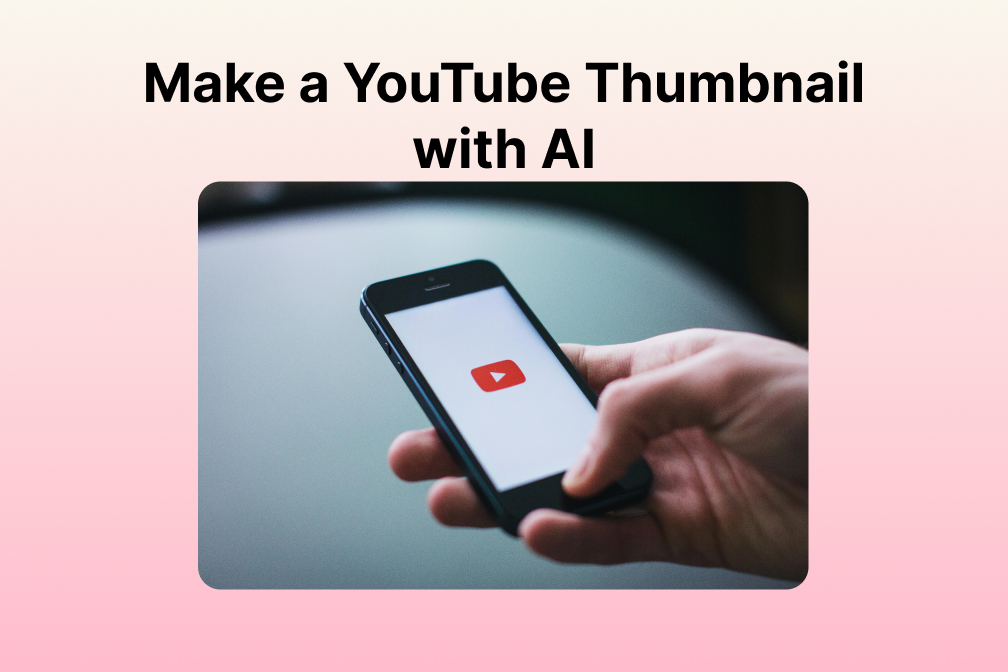

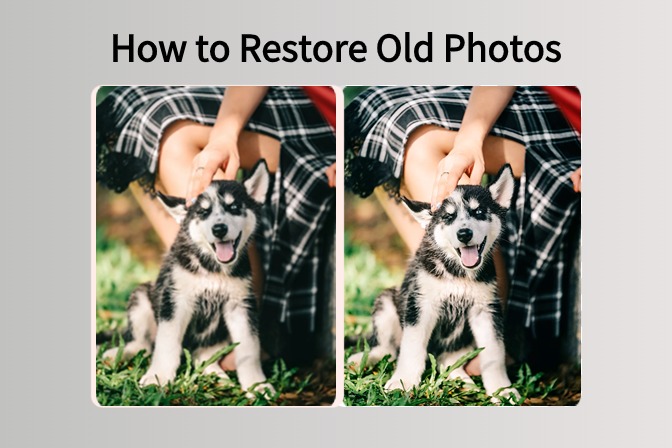
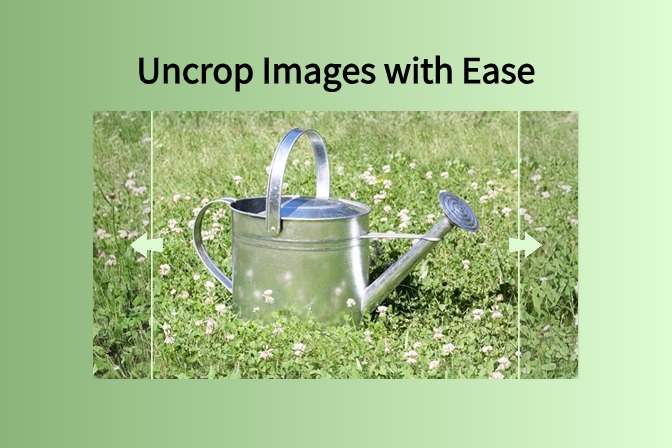

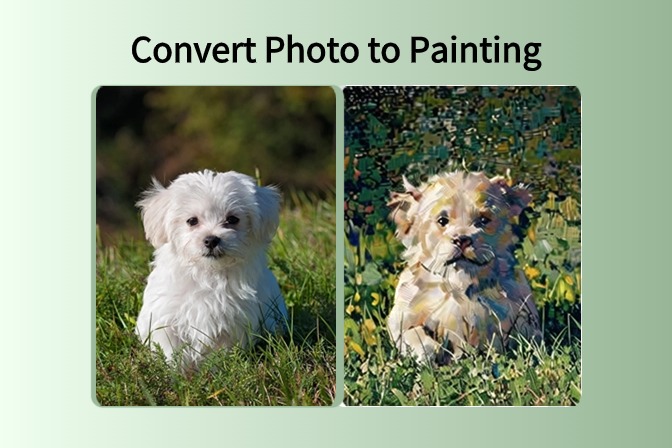
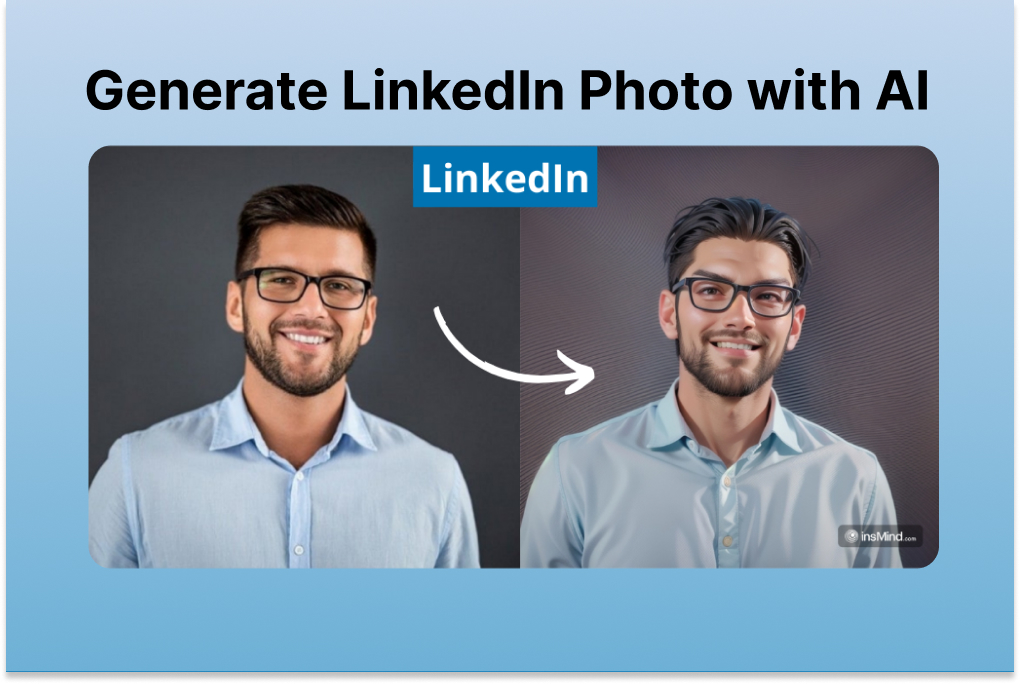
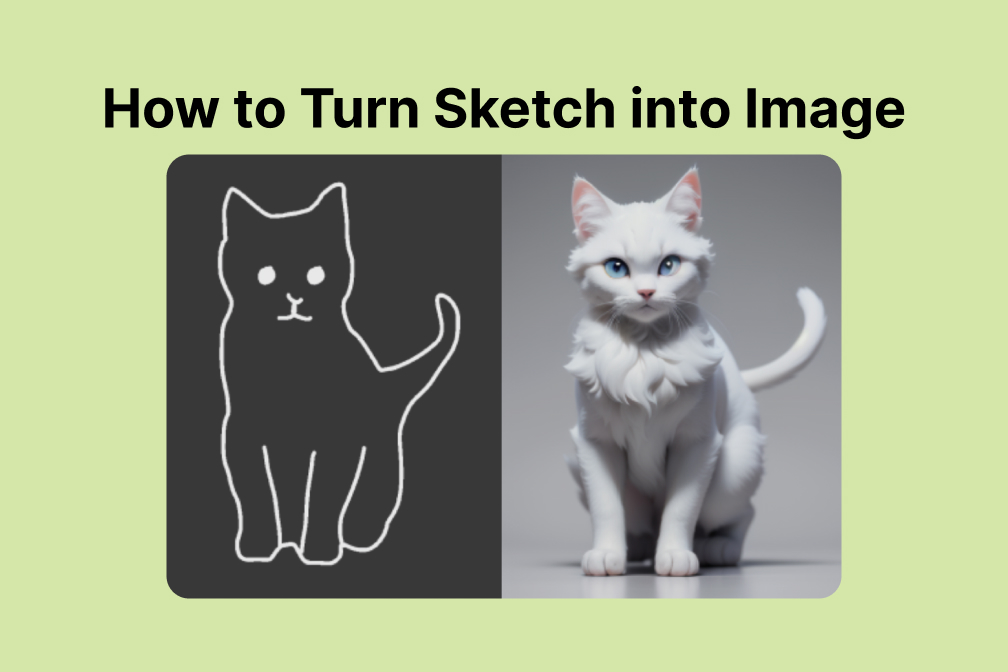
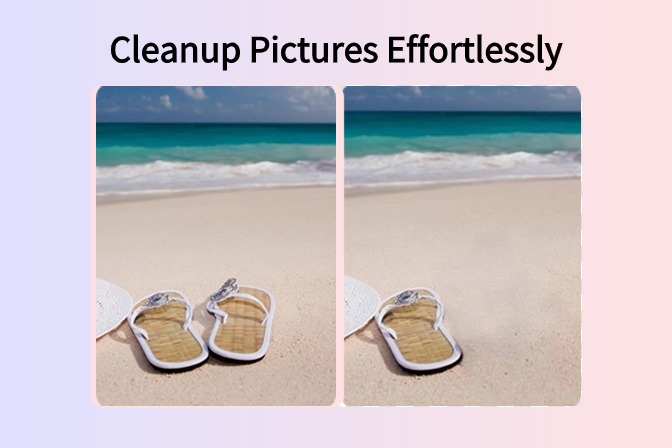
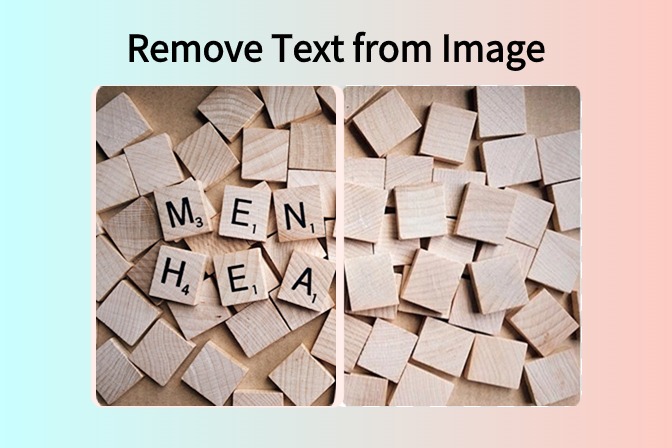
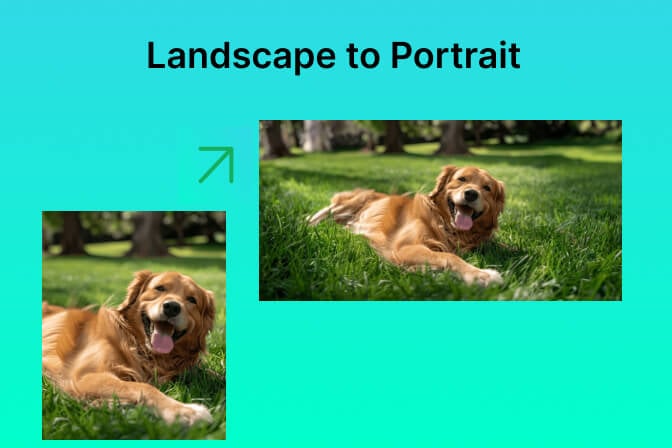

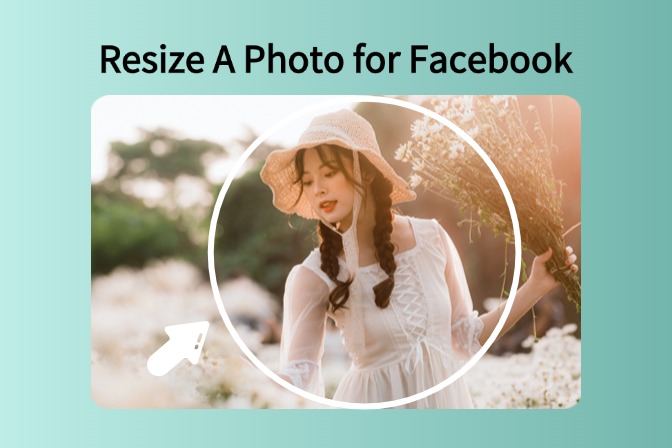
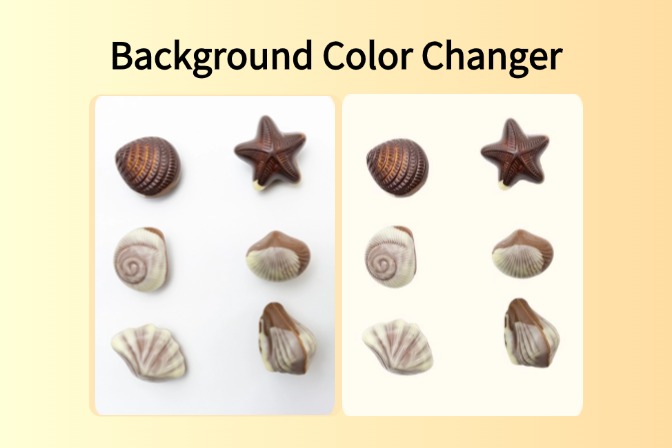
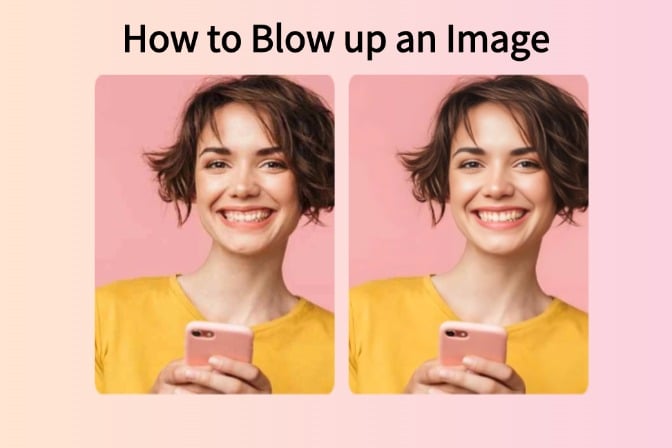

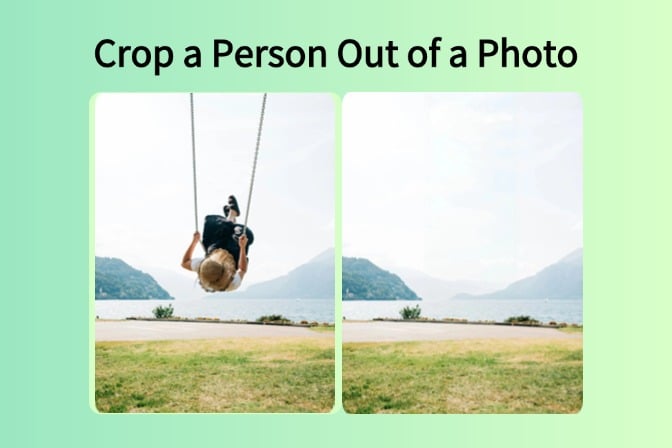
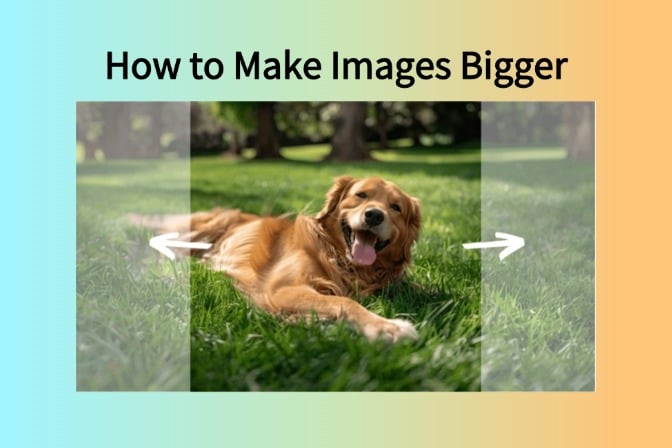
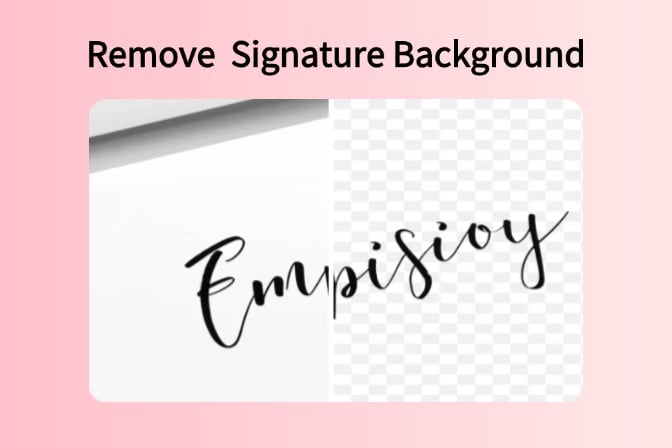

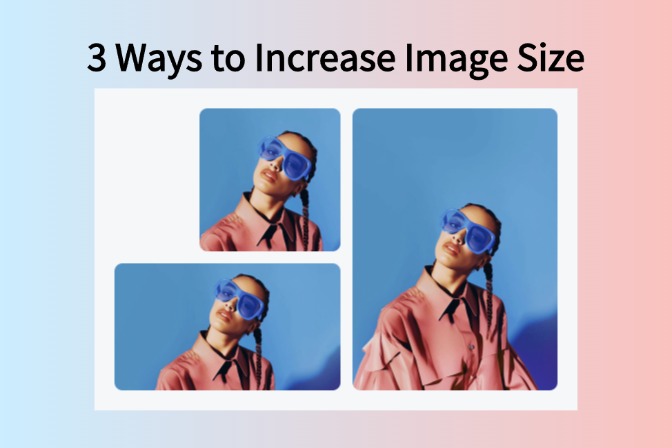
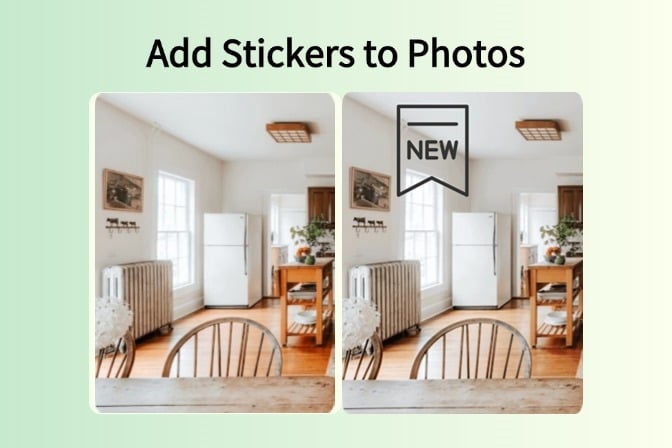
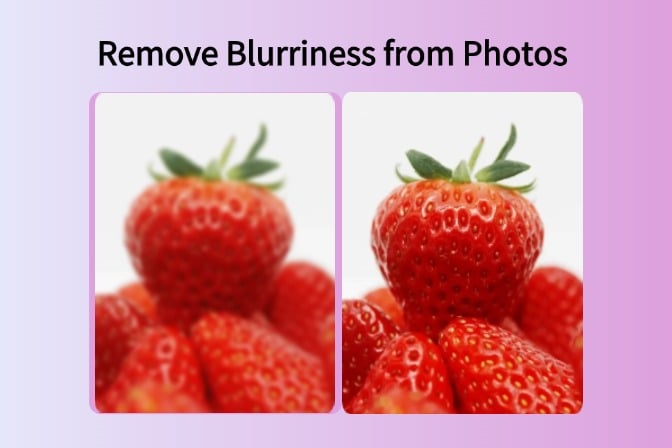
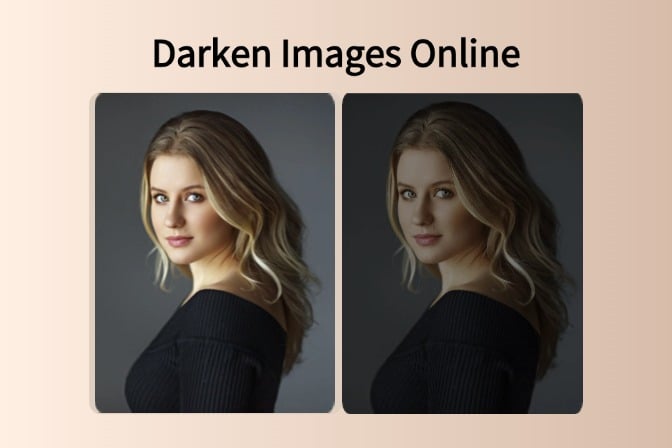

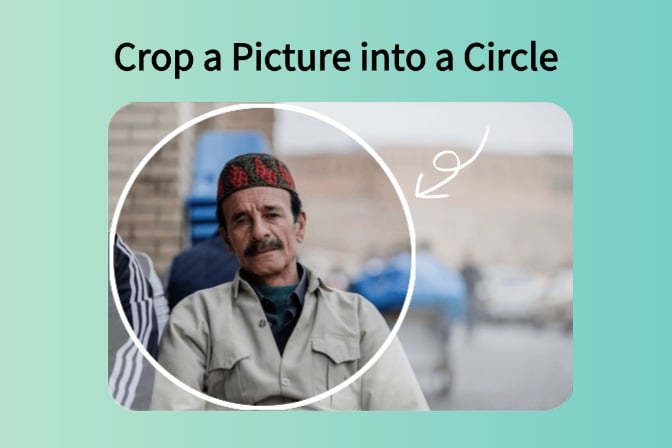


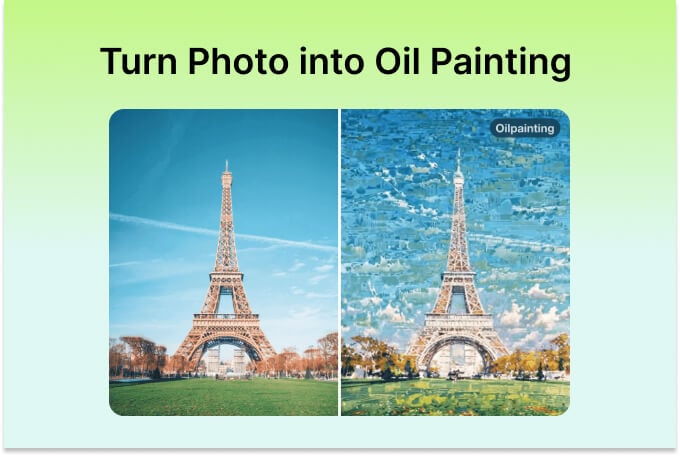
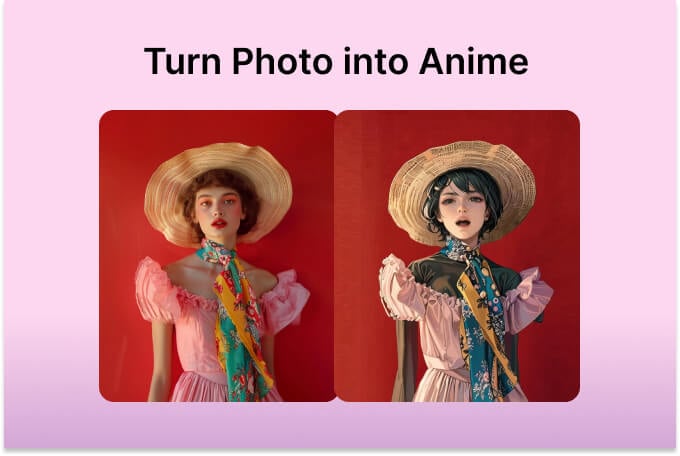
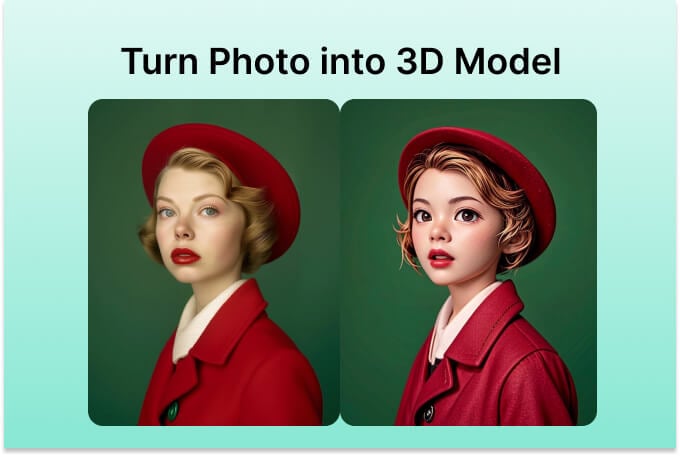
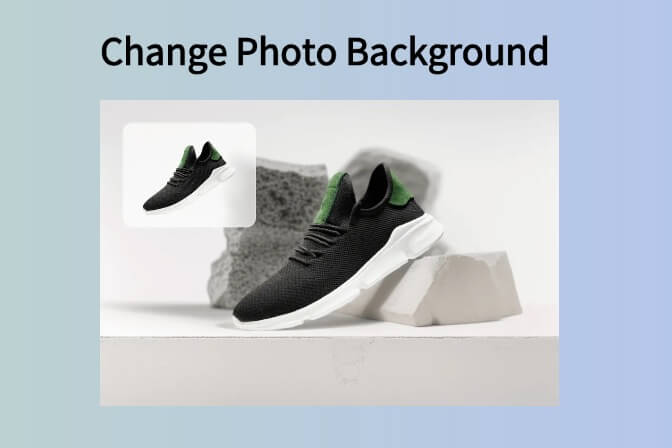
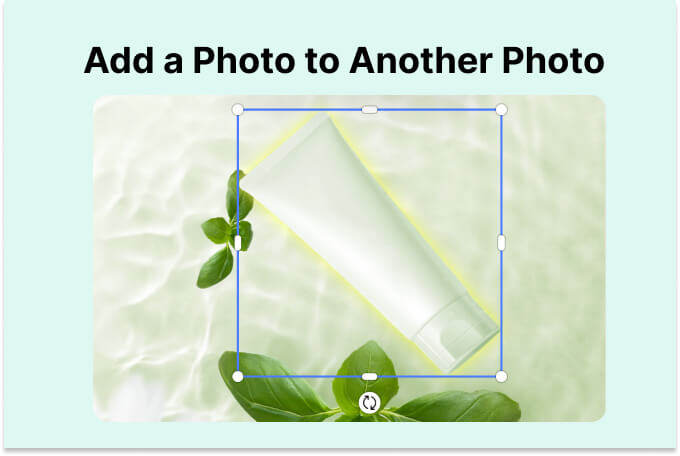
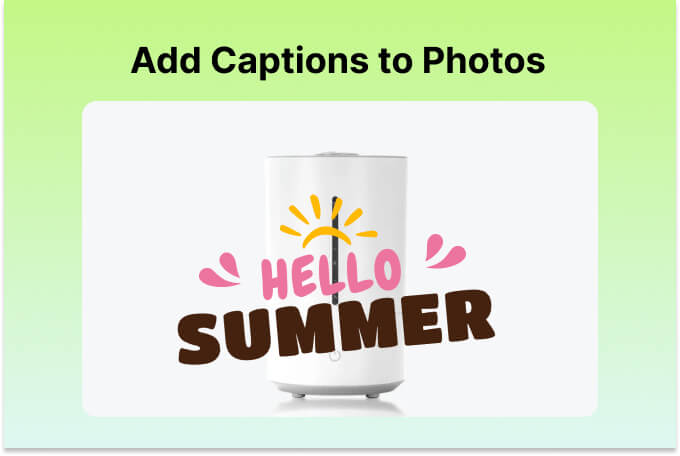
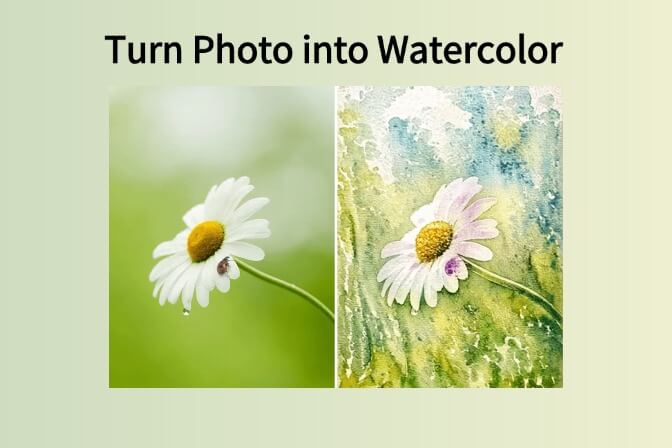
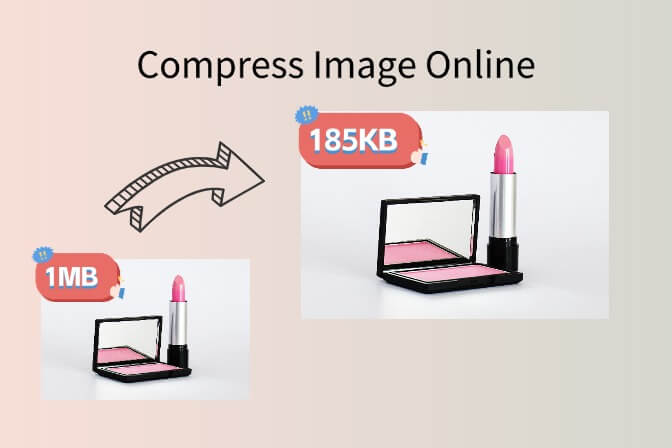
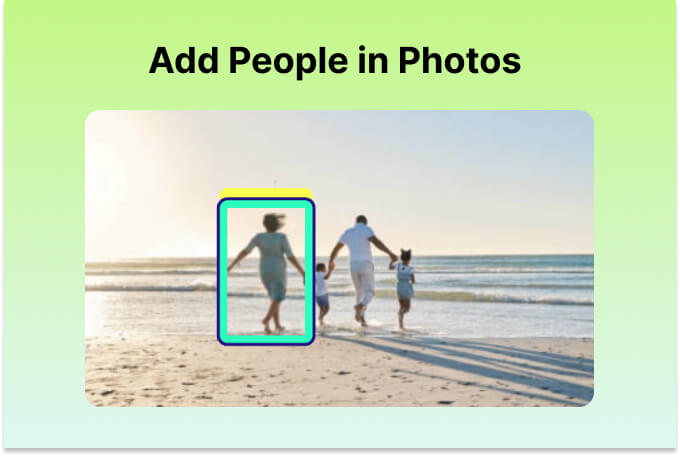
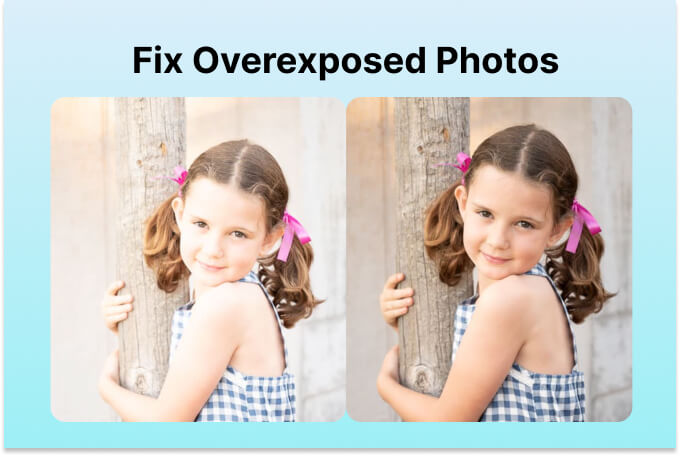
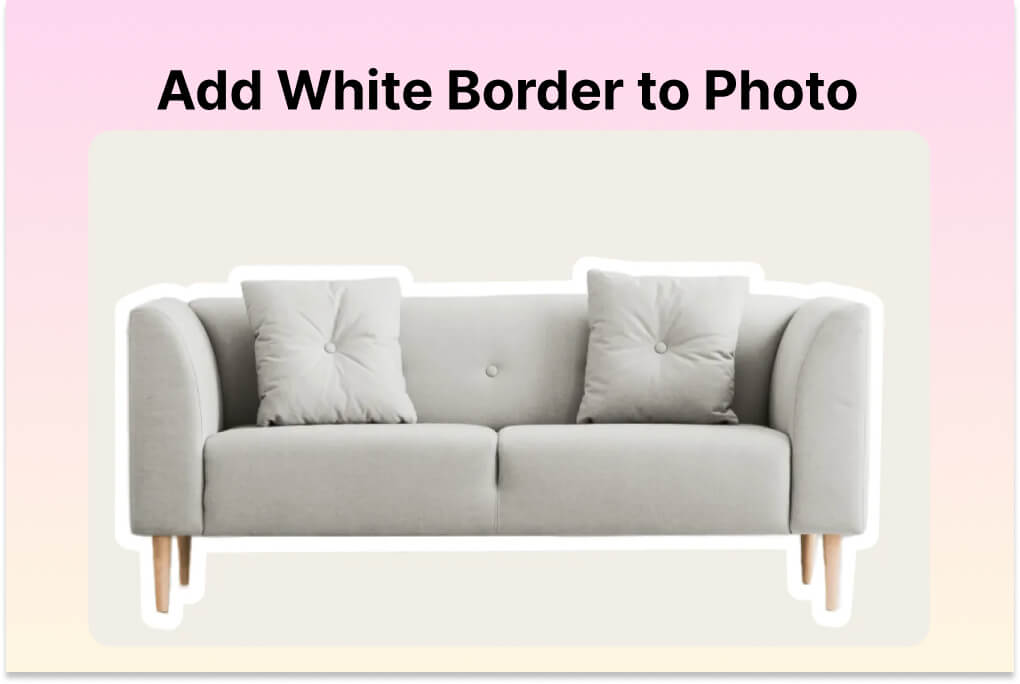
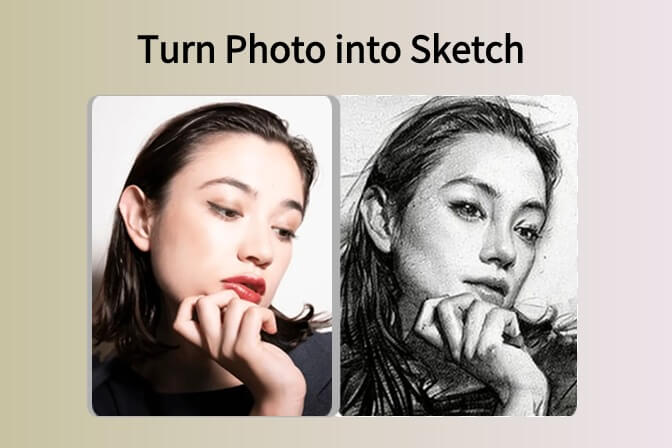
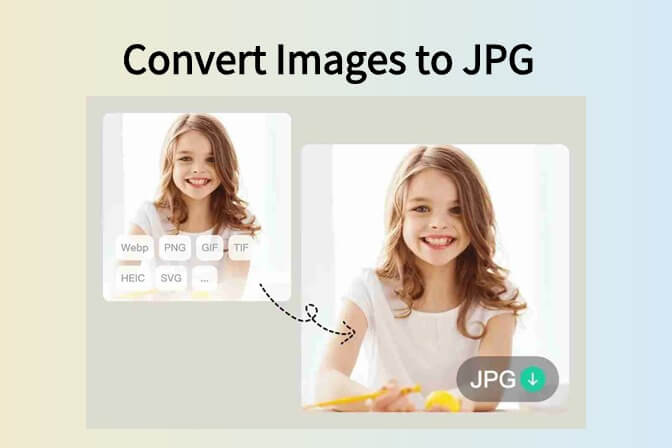
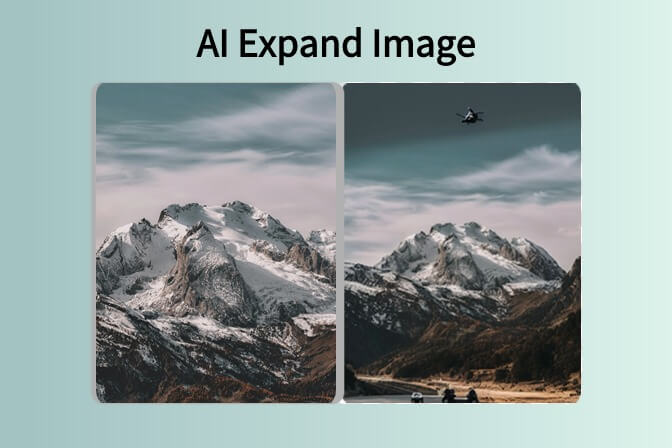
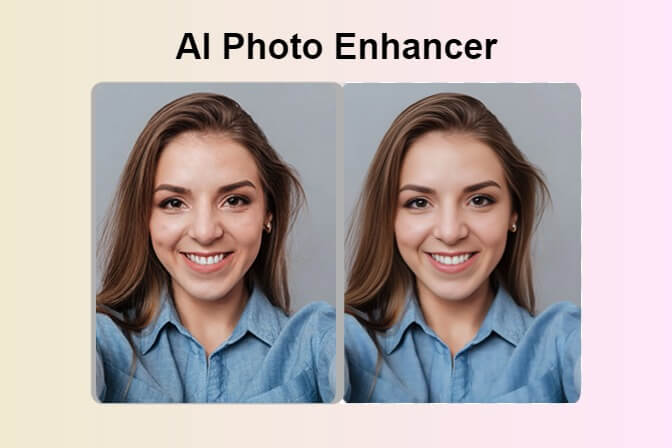
![How to Add Logo to Photos Online for Free [The Simplest Method] How to Add Logo to Photos Online for Free [The Simplest Method]](https://static.xsbapp.com/market-operations/market/side/1718795949162.jpg)
![How to Remove Tattoos from Photos [Ultimate Guide 2024] How to Remove Tattoos from Photos [Ultimate Guide 2024]](https://static.xsbapp.com/market-operations/market/side/1718787534476.jpg)
